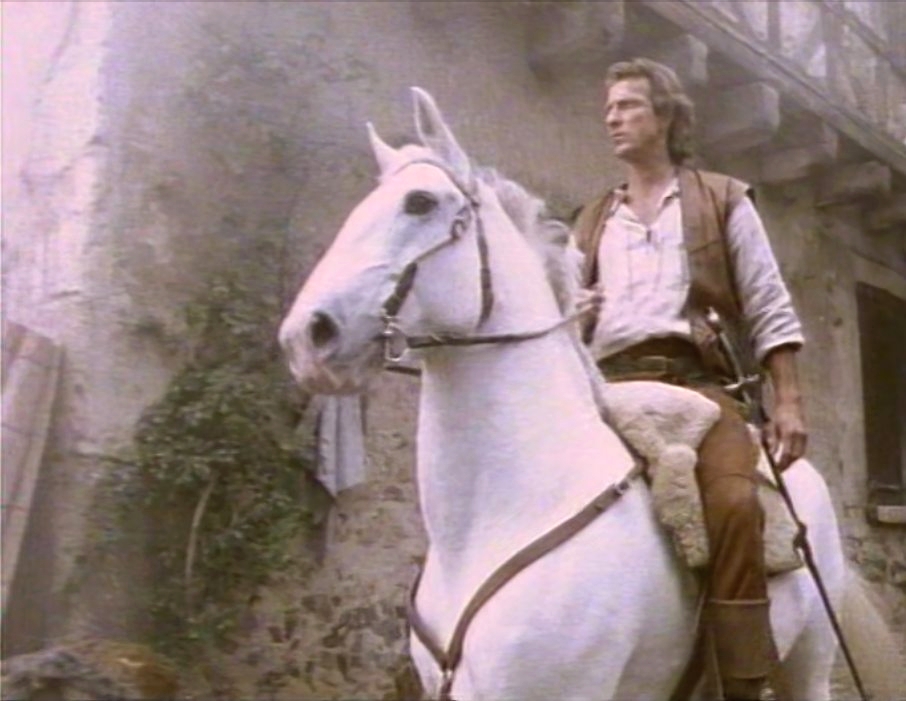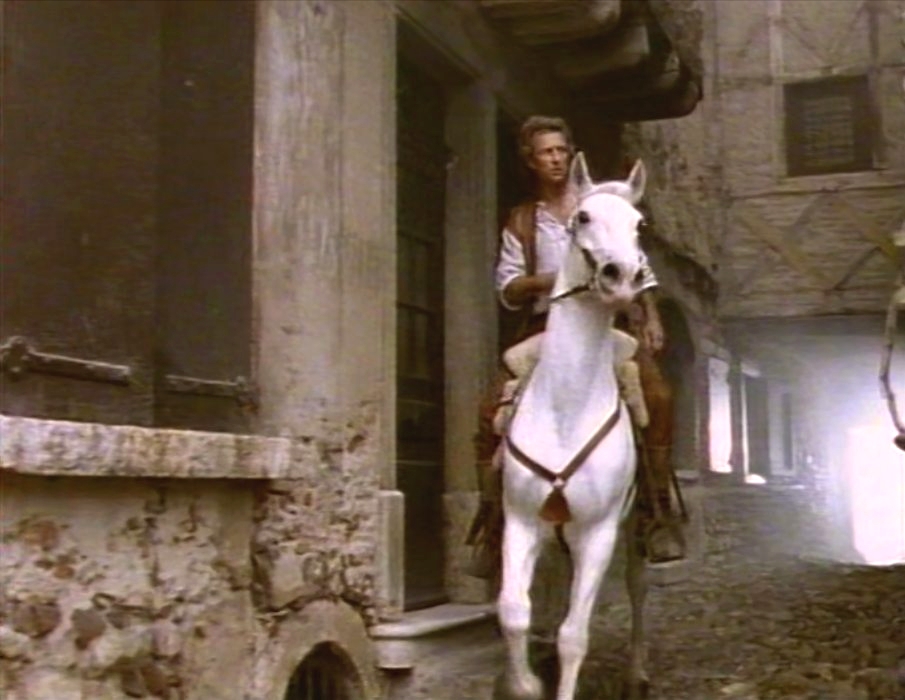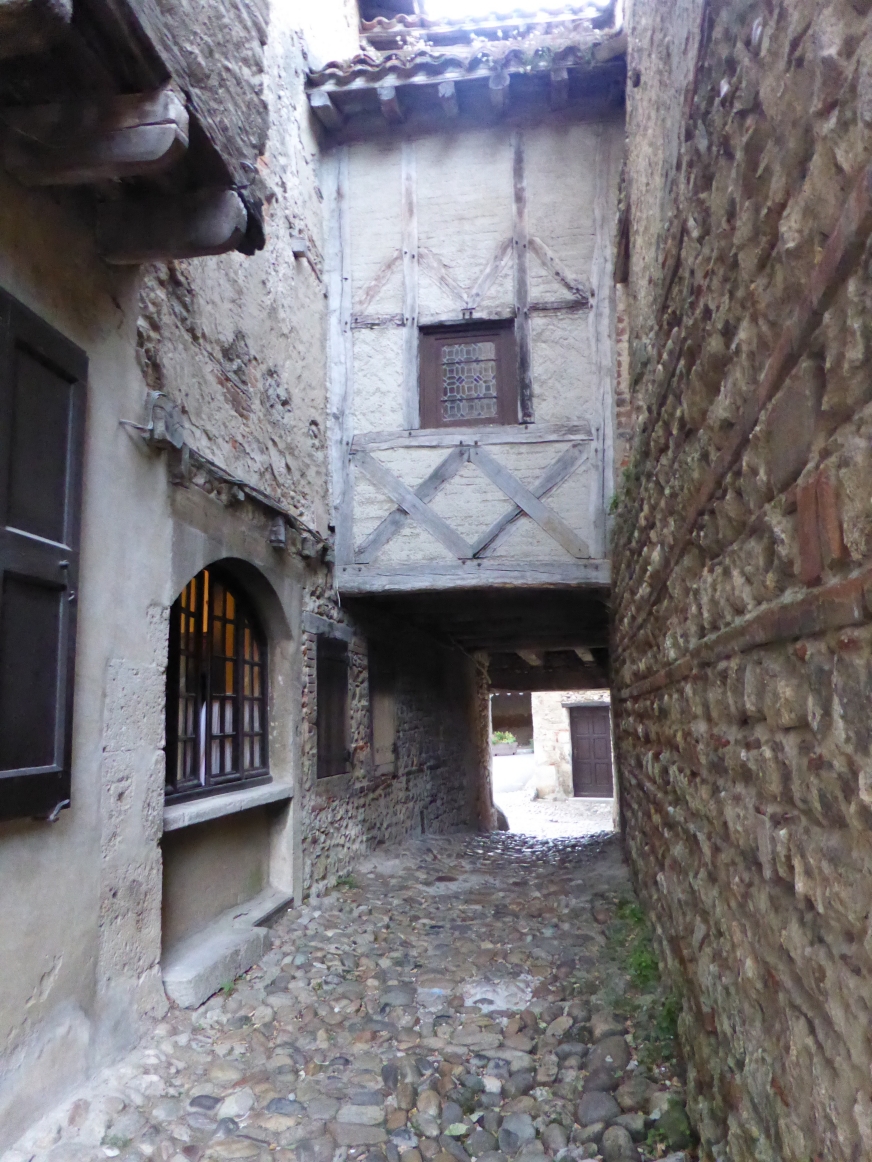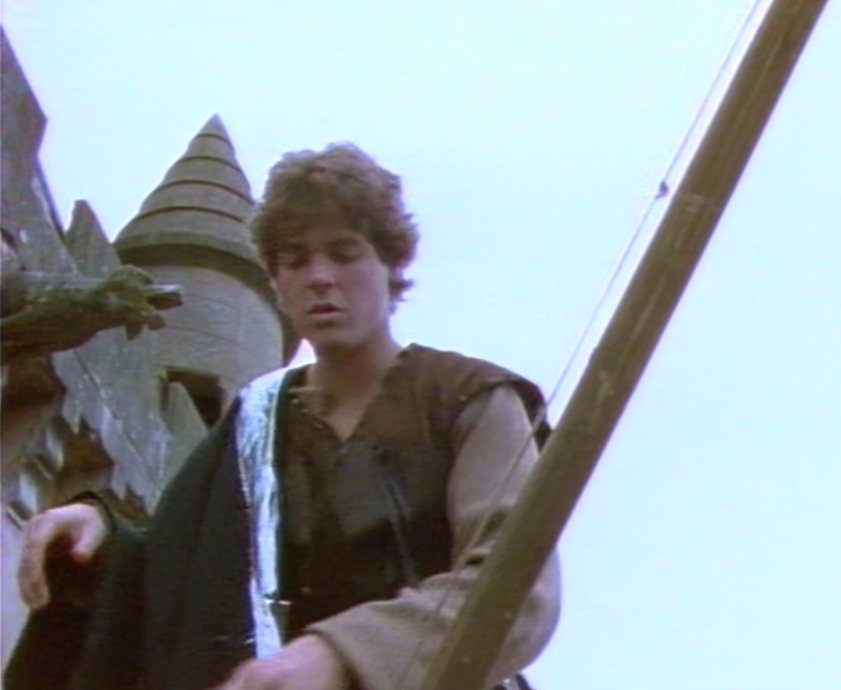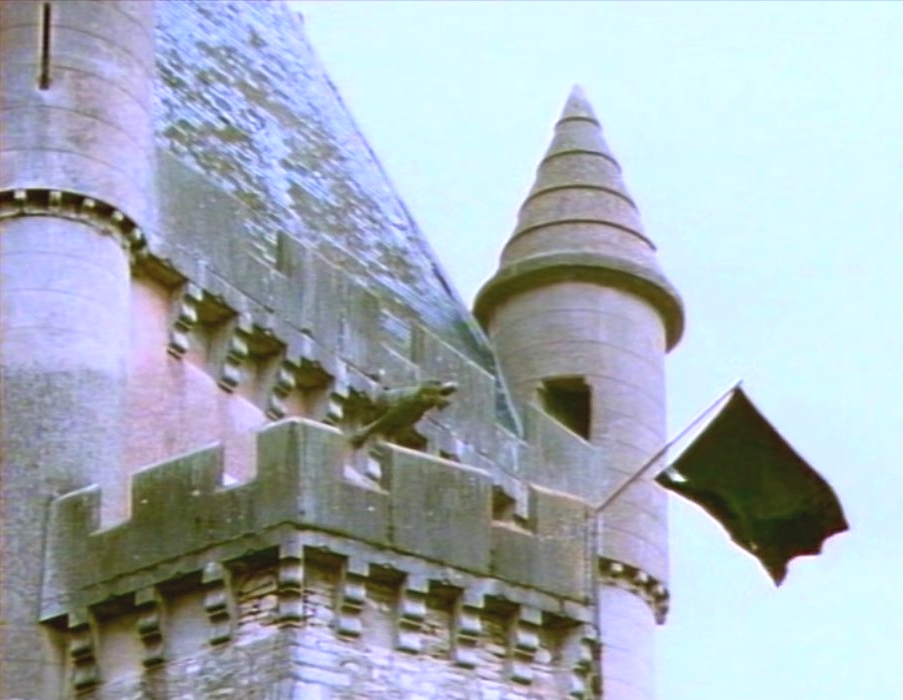Pérouges
This village is in
episode
21
Lotus
and Episode 22
Physician.
We start with
Episode 22 The Physician
A splashing intro! Pérouges has a mysterious
look. Through misty rays of light, on
his temperamental horse, Tell enters Perouge town, the alley to
place Tilleul.
The horseshoes sounding over the ancient cobblestone
street. Add some exciting sound of the composer S. Syrewicz and the scene is
comes really alive!
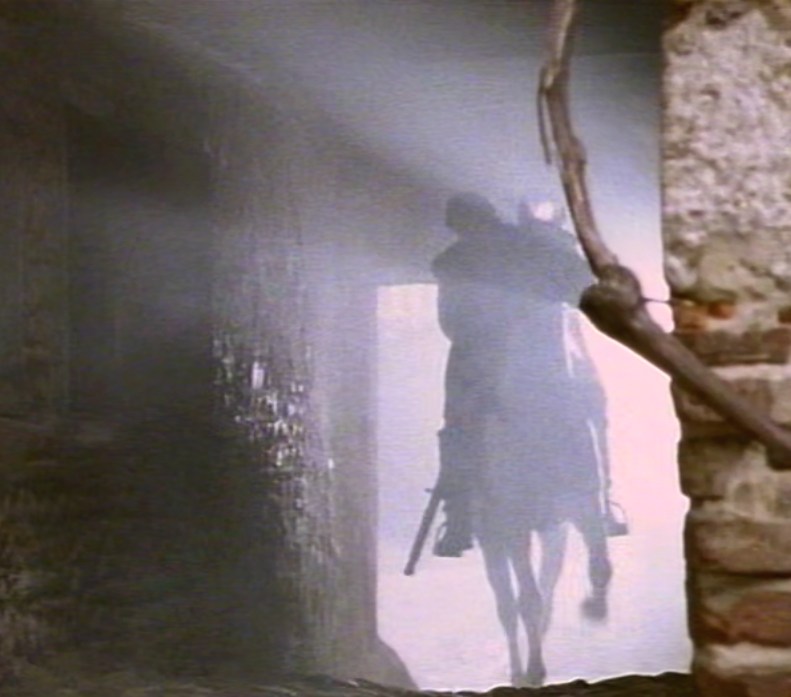
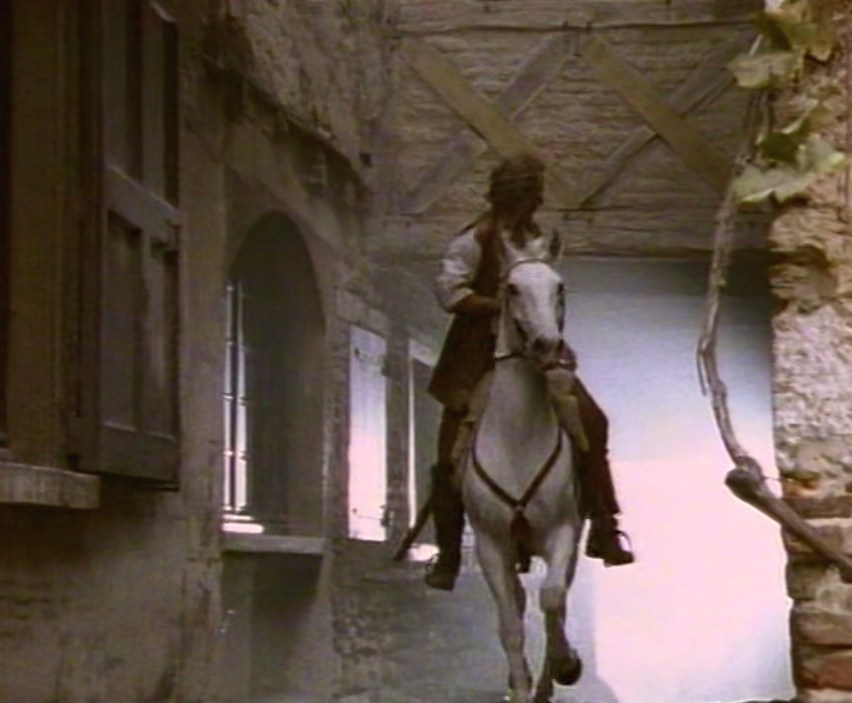
Scene:
Tell still in persuit (from the previous episode Physician) looks over his
shoulder.
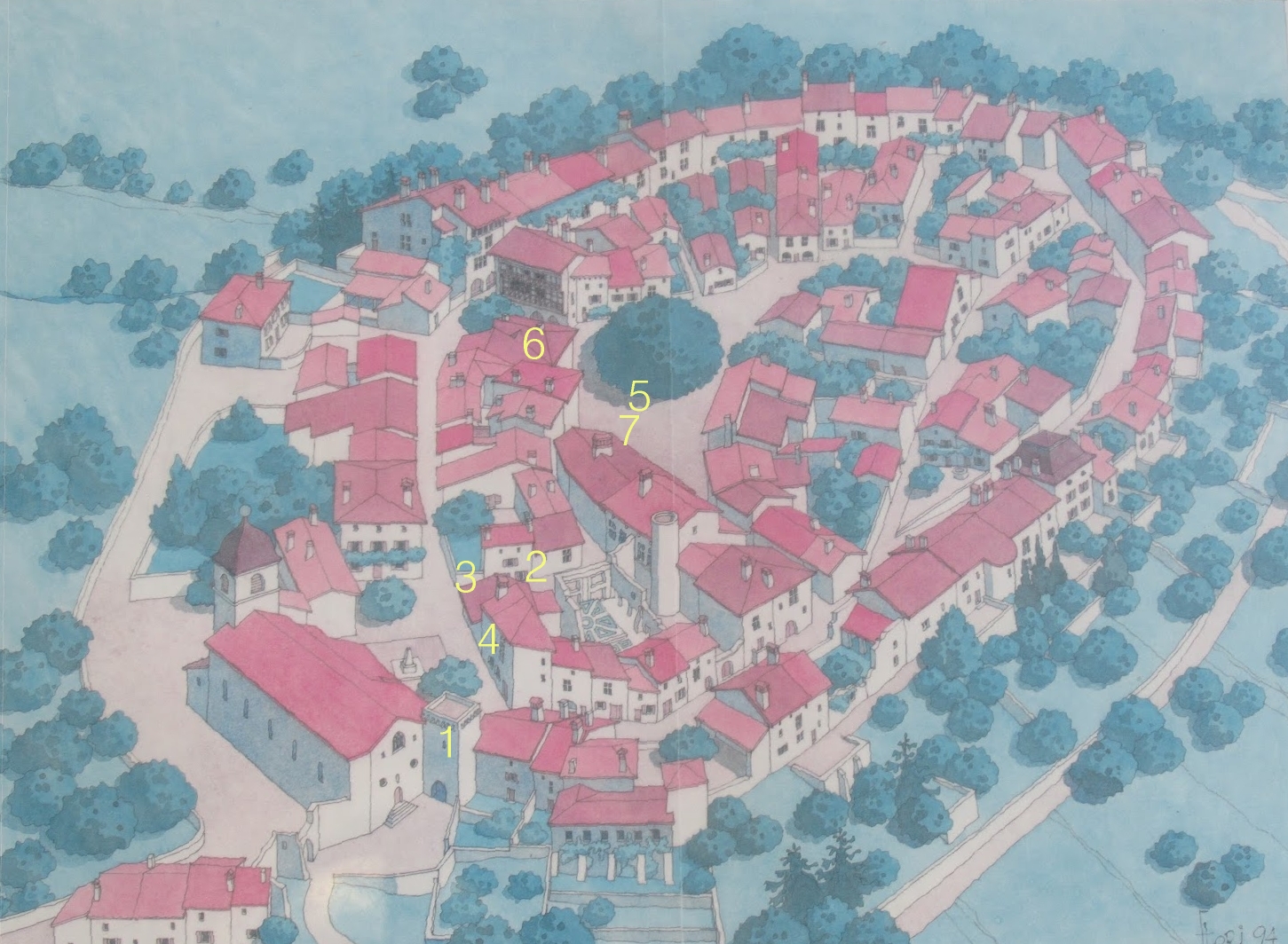
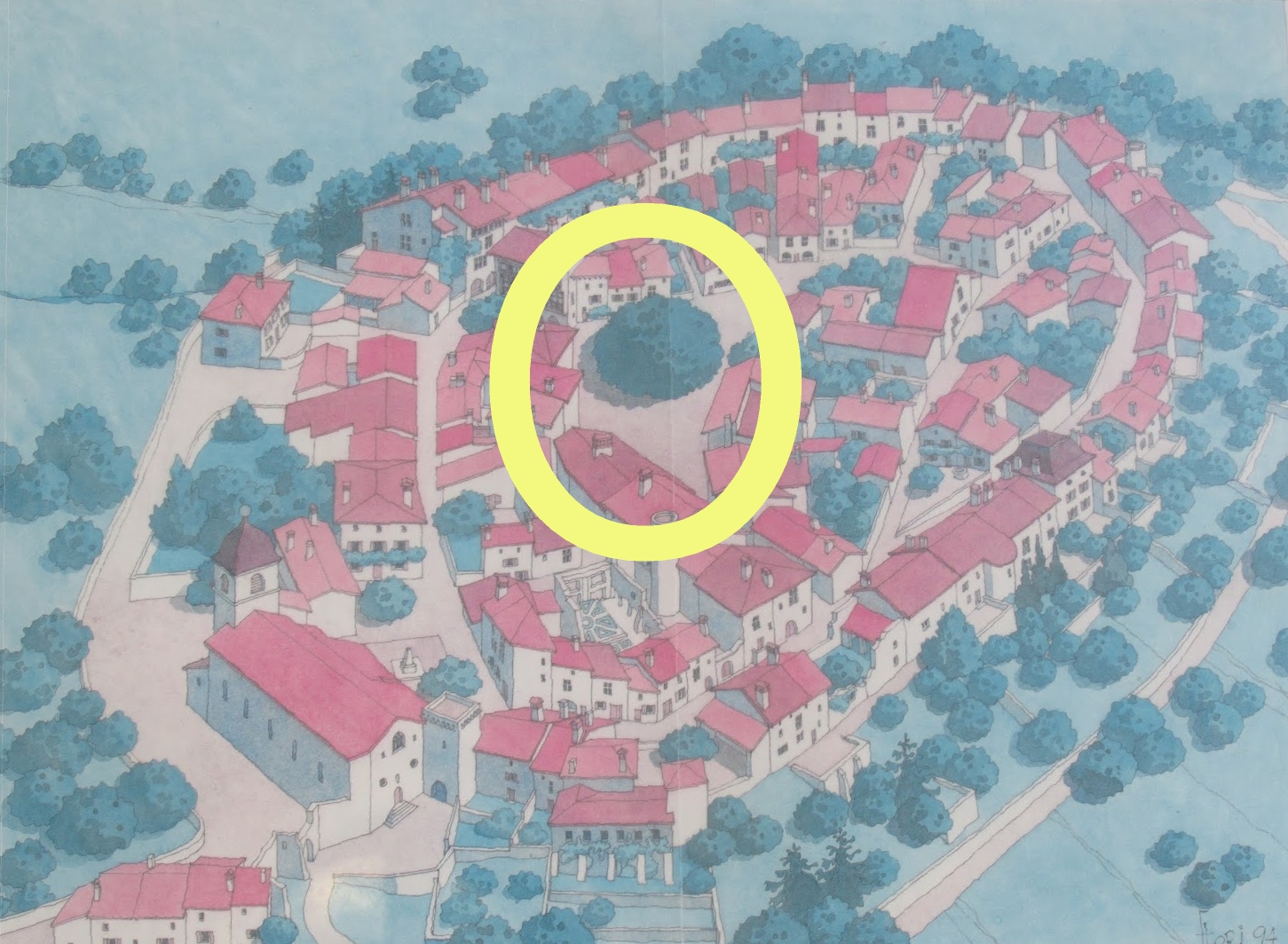
Perouges
Perched high on a hill with the
French Alps draped as a fairy tale backdrop, the medieval village of Pérouges
persists. A timeless town. A perfectly preserved gothic treasure. It’s like
walking through the
pages of a story from the Middle Ages when chivalrous
knights and fair maidens ruled the day. Even today it remains an iconic enclave
hiding behind massive fortress walls built of impenetrable stone.
Uneven
cobblestone streets wind through the narrow alleys, streets, and byways. Today,
the town of Pérouges is not only one of the most beautiful, but also one of the
best preserved in France.
1986
Followed by Lotus 2014
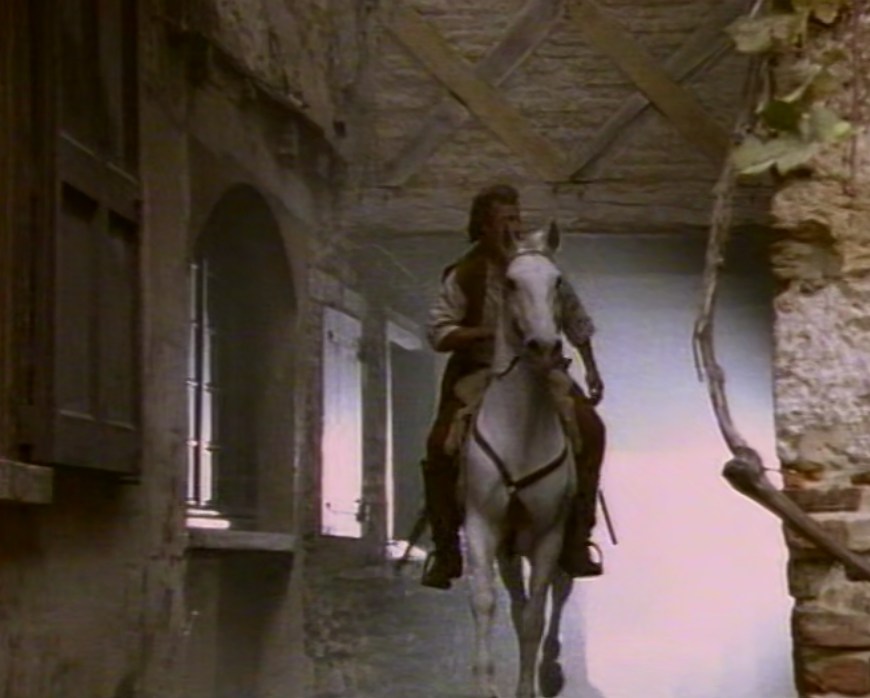
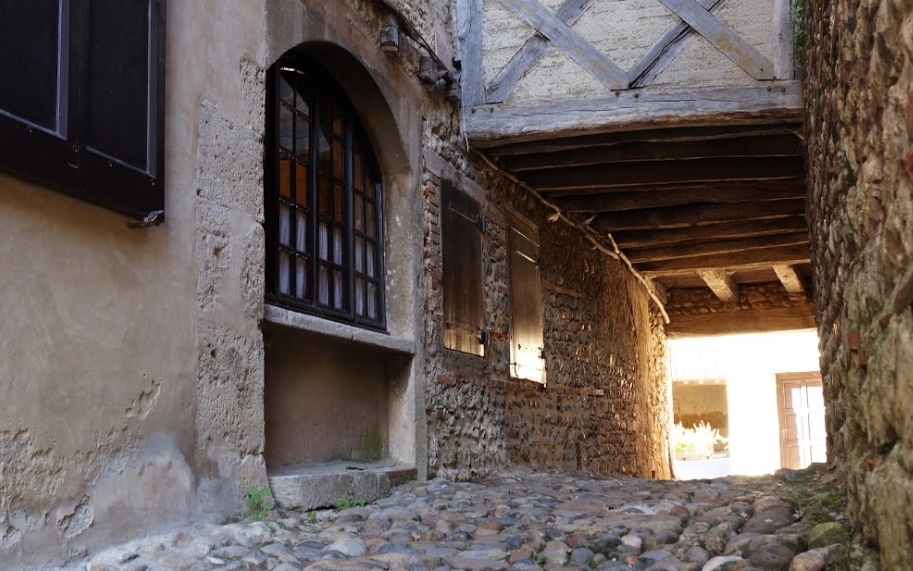
1986
2014
Hostellerie du Vieux
Perouges
Tell
rode
out of this alley. Everything seems still the same.
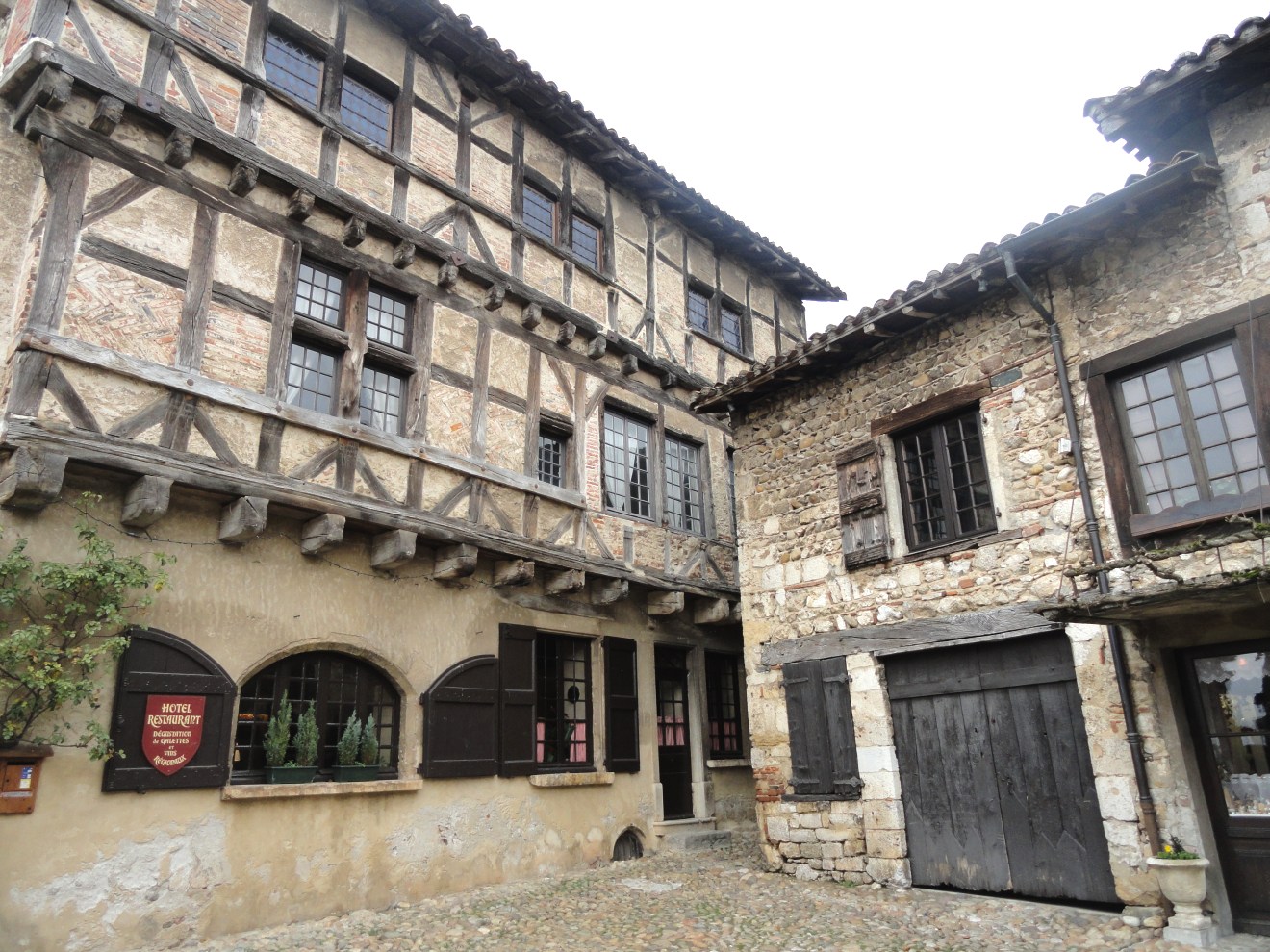
2014
Here you can see both sides of the alley.
Like I went back into a timemachine...
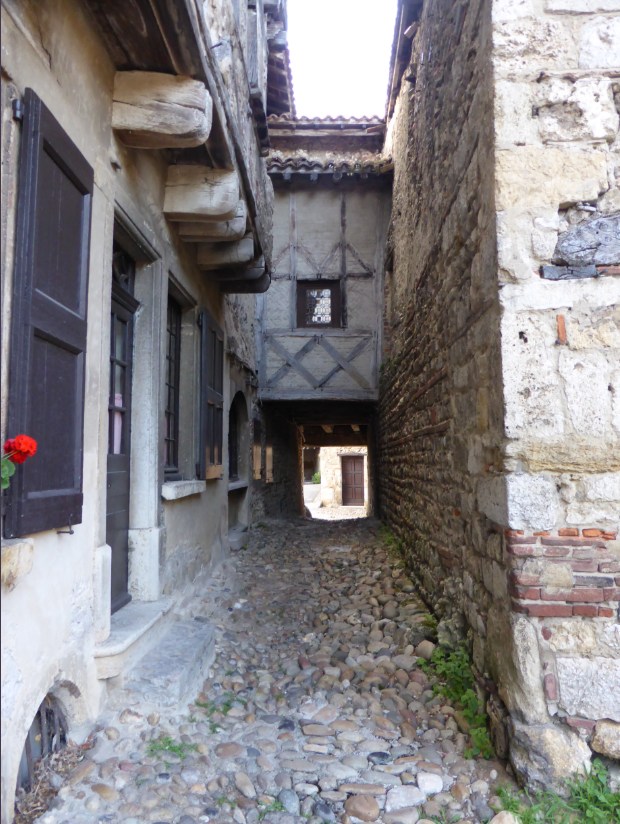
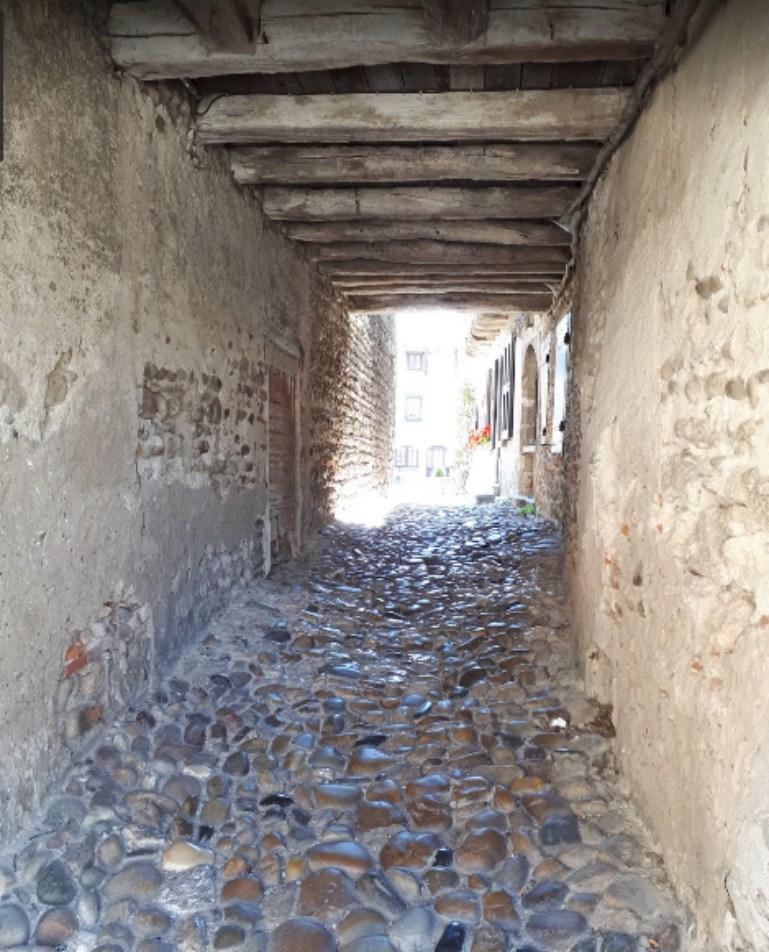
In front of Hostellerie Vieux Perouges
One of the oldest inns in France.
Place du Tilleul Looking into 'rue des Princes' Hostellerie Vieux Perouges
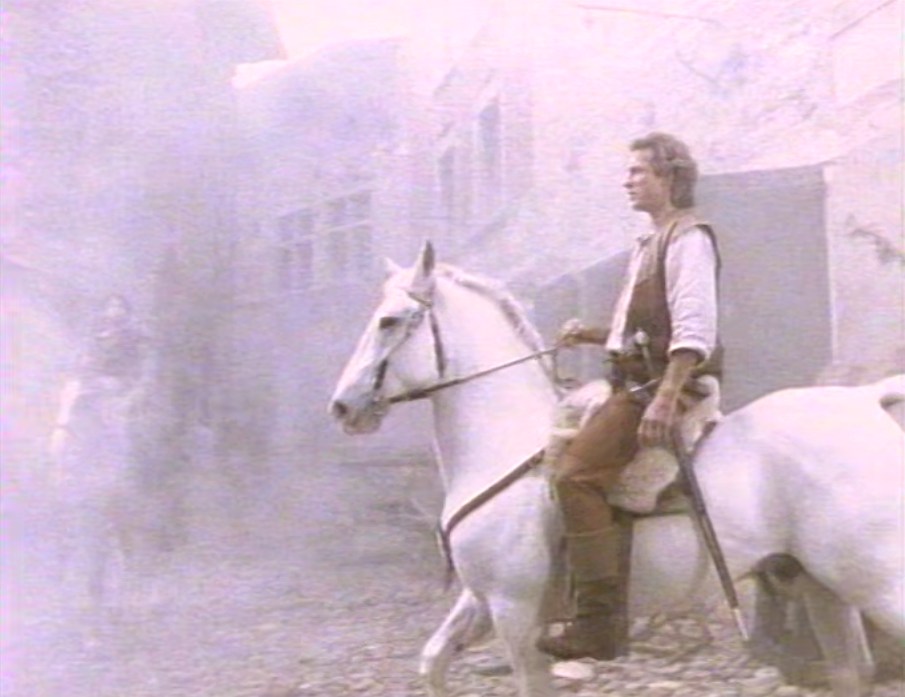
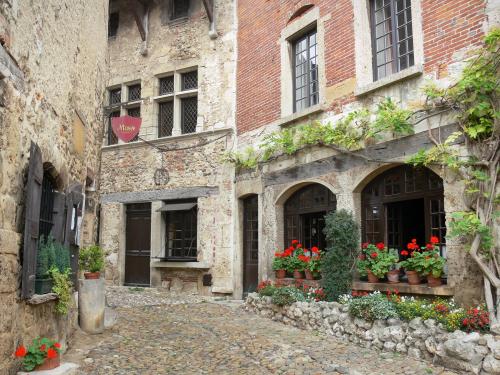
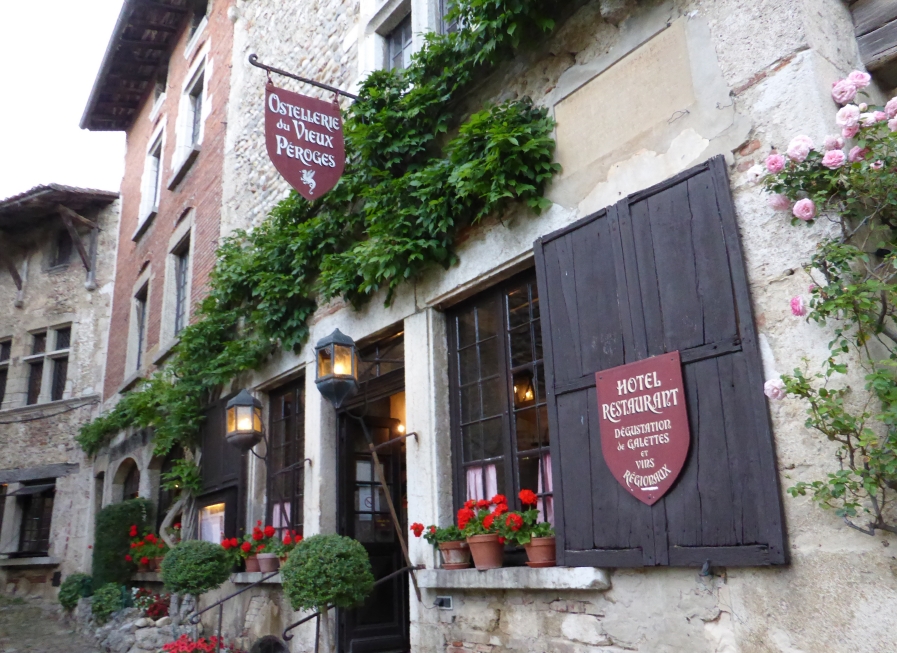
The arrival
- Tree of liberty
The well under the 'tree
of liberty' is fake.
They are on the
square. There is a shot made of the gate, but this square is not attached to the gate.
(Just a few alleys away). The gate you see is
the 'upper gate' who is
the entrance of the village. It's here the soldiers didn't dare to
enter the village. Matthew who is fetching water, hears why. He hears the
soldiers talk about the Plague
and realizes he andhis father
are in serious danger.
Location:
Middle of the
square place Tilleul, under the
Liberty tree
(the gate is at 1 and the square 5
and 7).
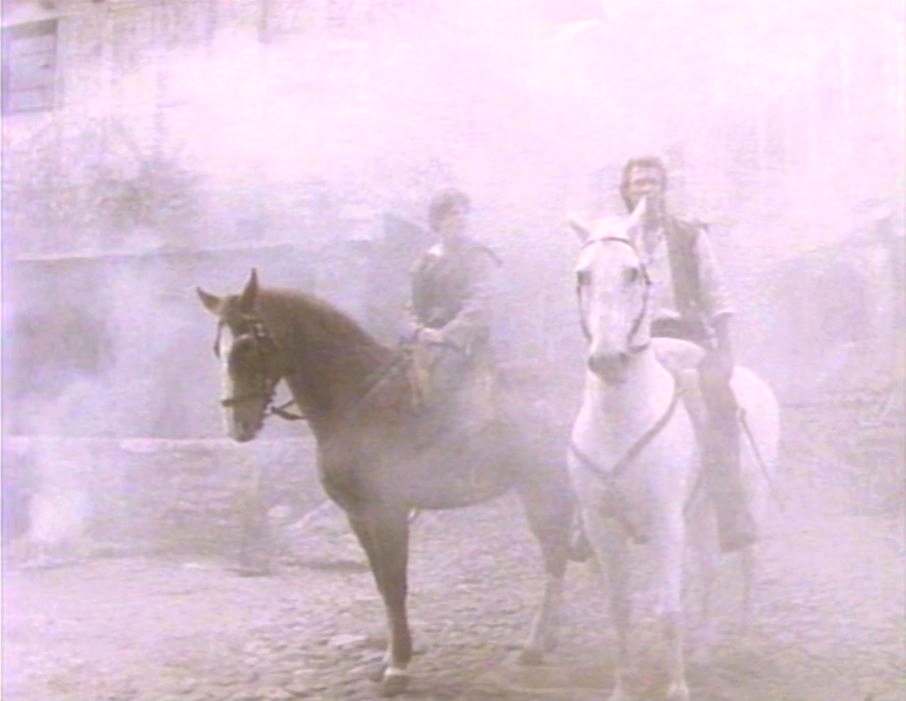
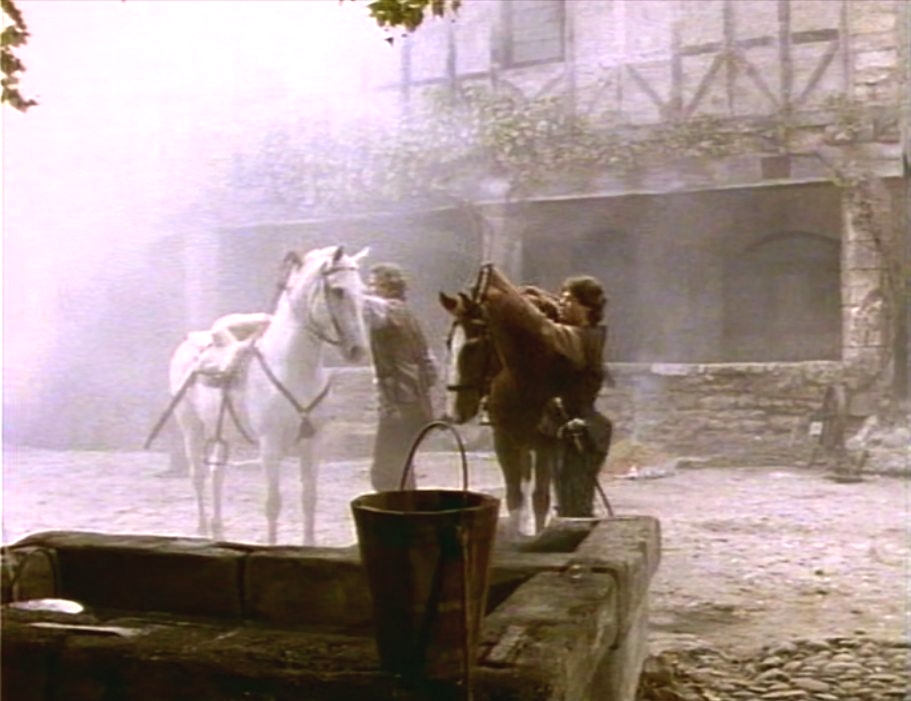
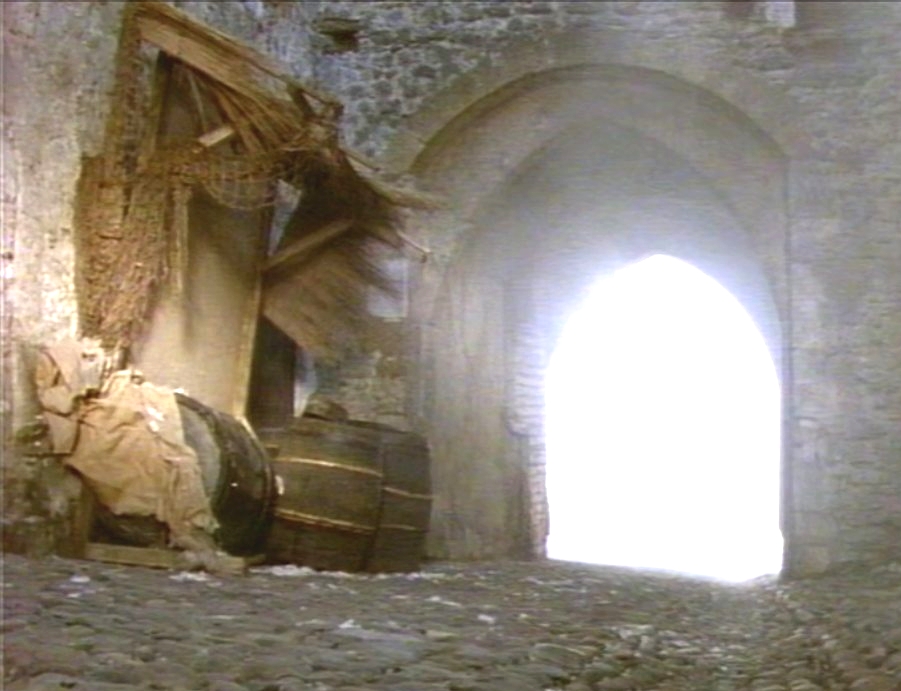

Place du Tilleul
Panorama of the Tilleul Square.
Right: the alley William rides into 'Charnay' town and the building on the left,
in
front of the huge old tree, is the one they enter. Here is
the Hostellerie du Vieux Perouges.
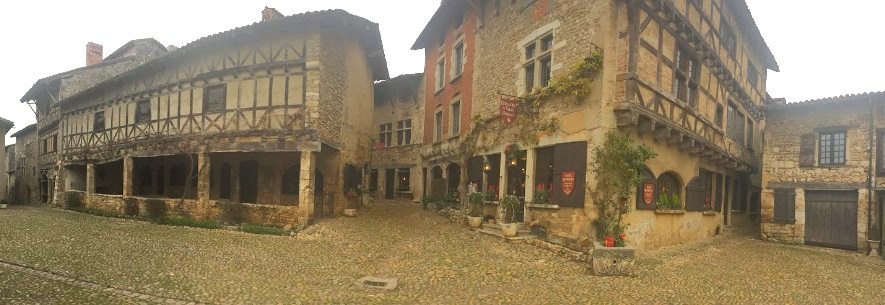
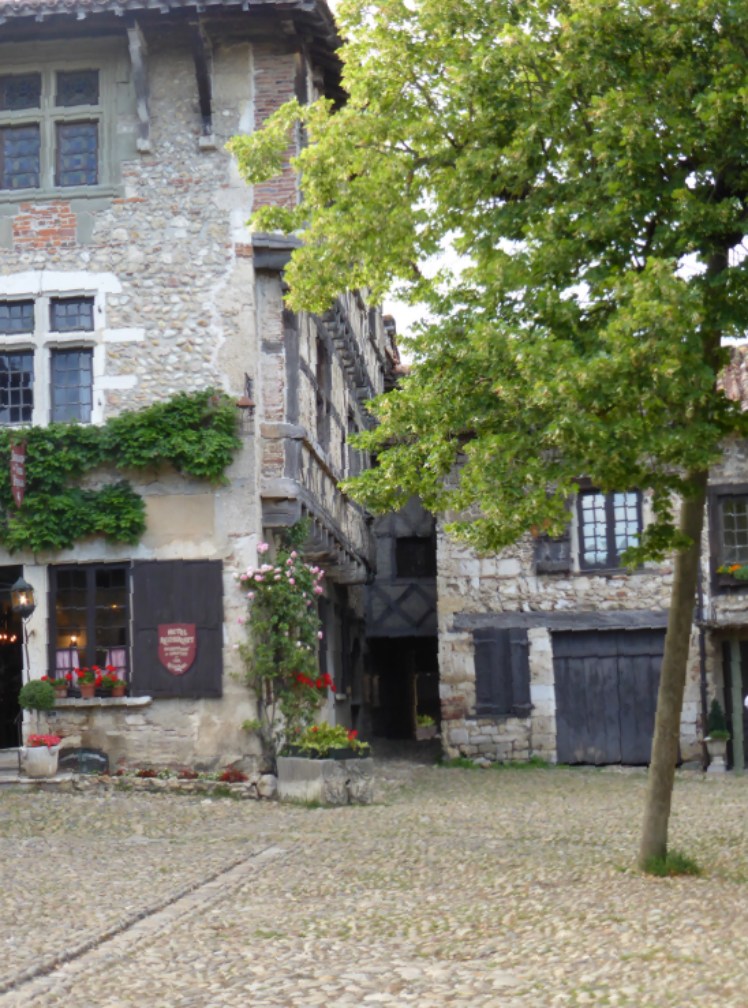
The tree of liberty
'The Tree of Liberty' (arbre de la Liberté) planted in
1792, during the French Revolution. Some heavy branches are supported by poles.
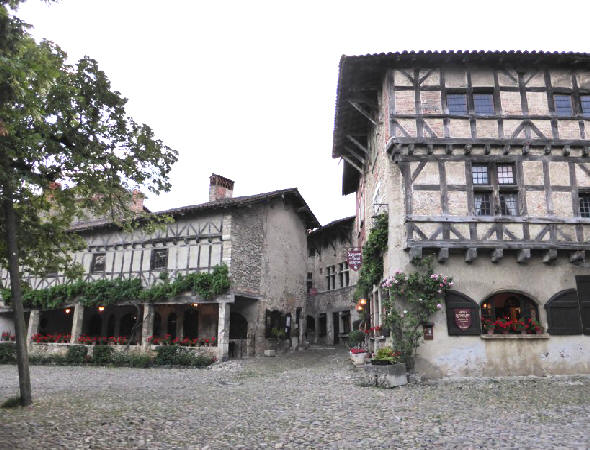
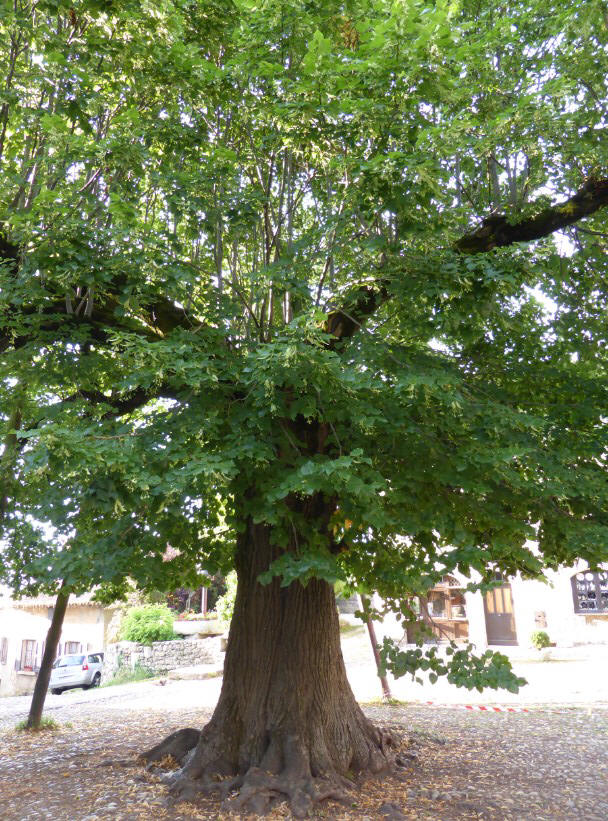
Pérouges
has been nominated one of the most beautiful villages of the world and it’s
definitely one of the oldest preserved one with no new construction of modern
times what so ever.
As you walk along the narrow streets where most cars of
today would not go through you will find
La Place de la Halle
(Halle Plaza) where a magnificent tree call the
Tree of
Liberty was
planted in 1800 and still standing. For this reason this plaza is also called La “La Place du Tilleul”
(the linden tree plaza) which is one of the best preserved areas of the village with
the old
tree a live testimony of an ancient village still standing. Another reminder of the ancient history of Pérouges is the low door entrances
inside the houses which is a
reminder to us that people
where shorter back then. Many door entrances are no taller than 5 feet.
Vieux restaurant, main square
The terrace of the Vieux restaurant on the main square 'Teuill.' You can recognize this Crossbow shot through the right two pillars!
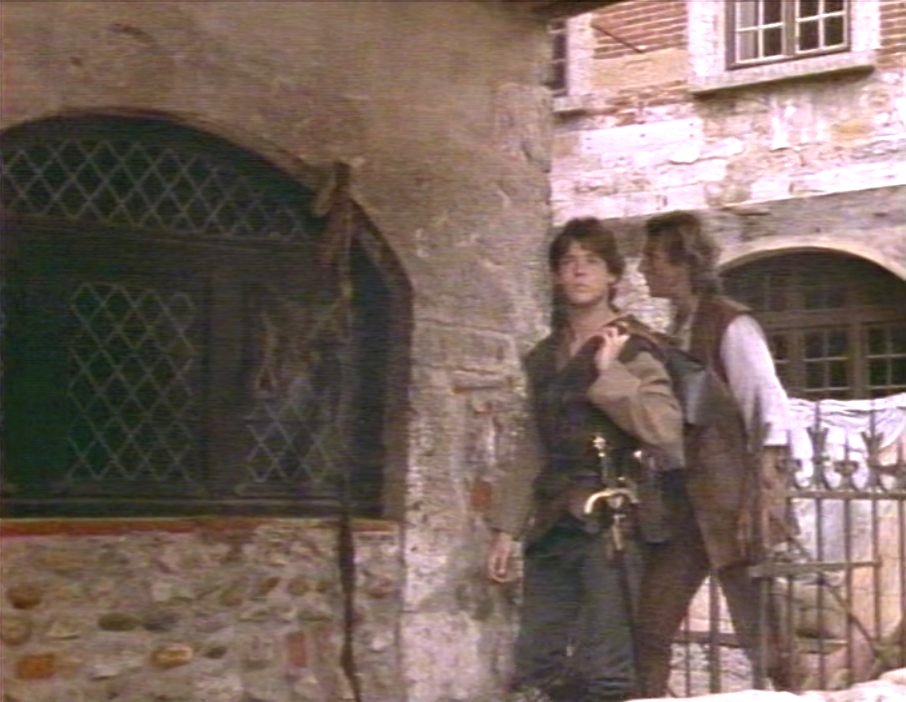
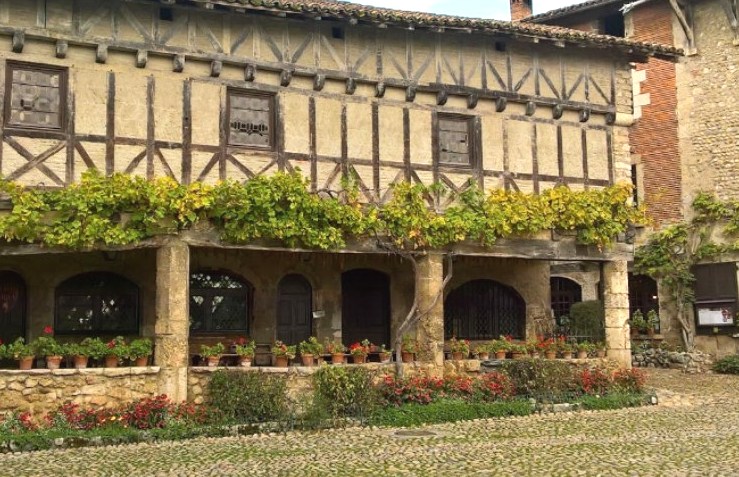
Grape plants and ancient furniture
The same fence they opened about 30 years back is still there.
Even the same tables, chairs and the same grape plants!
1986 Crossbow shot: The stem of
the grape bush.
The old grape plant is still on the exact spot, see below behind Matthew. 2014
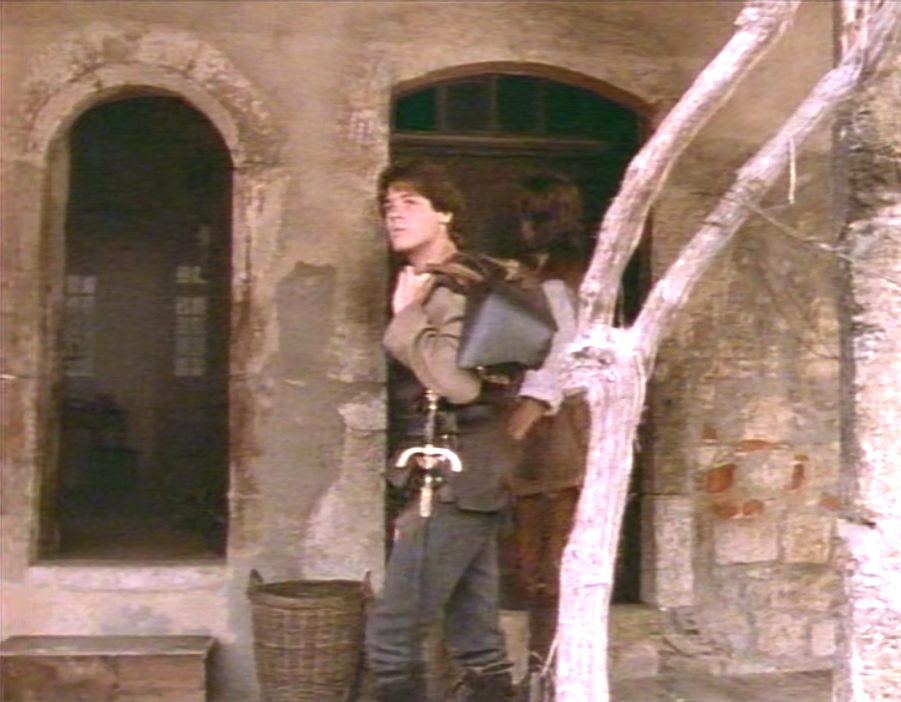
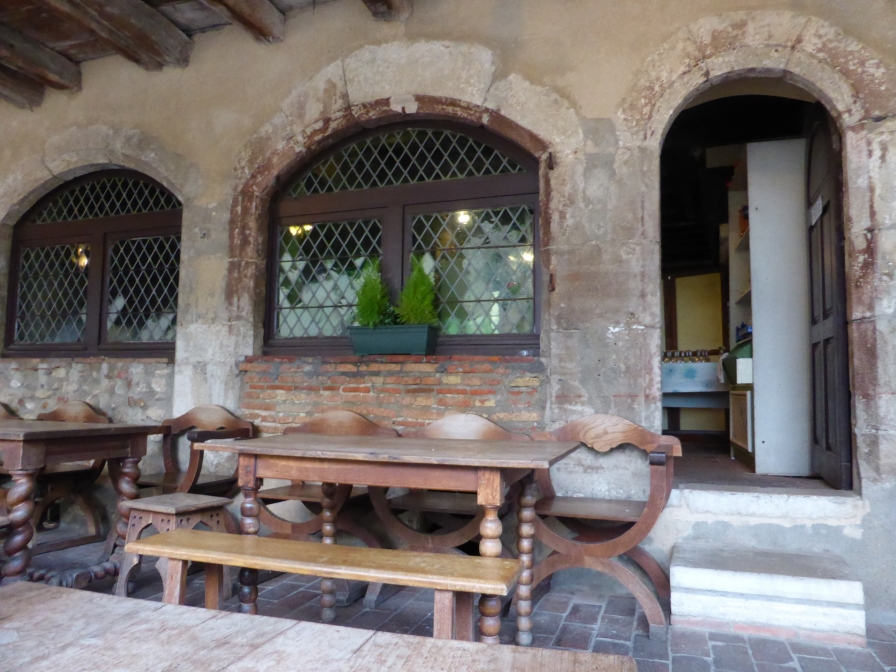
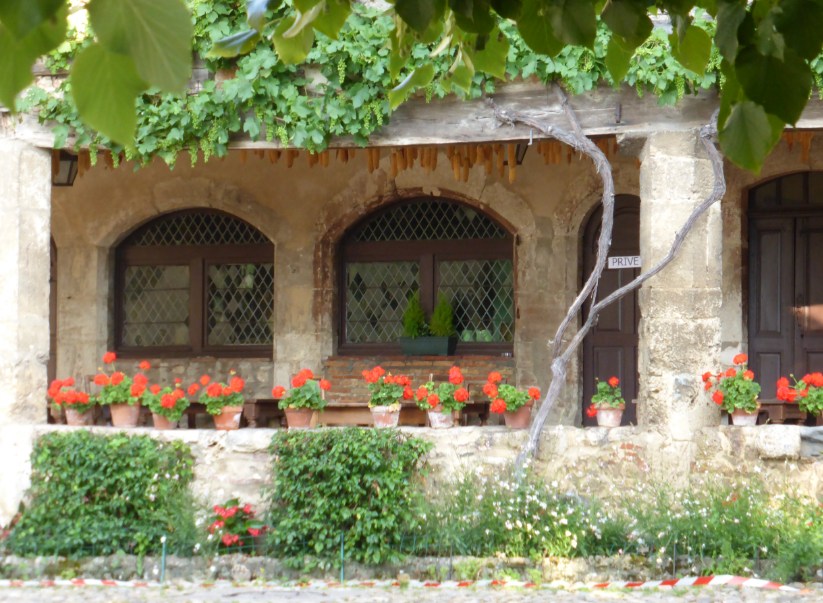
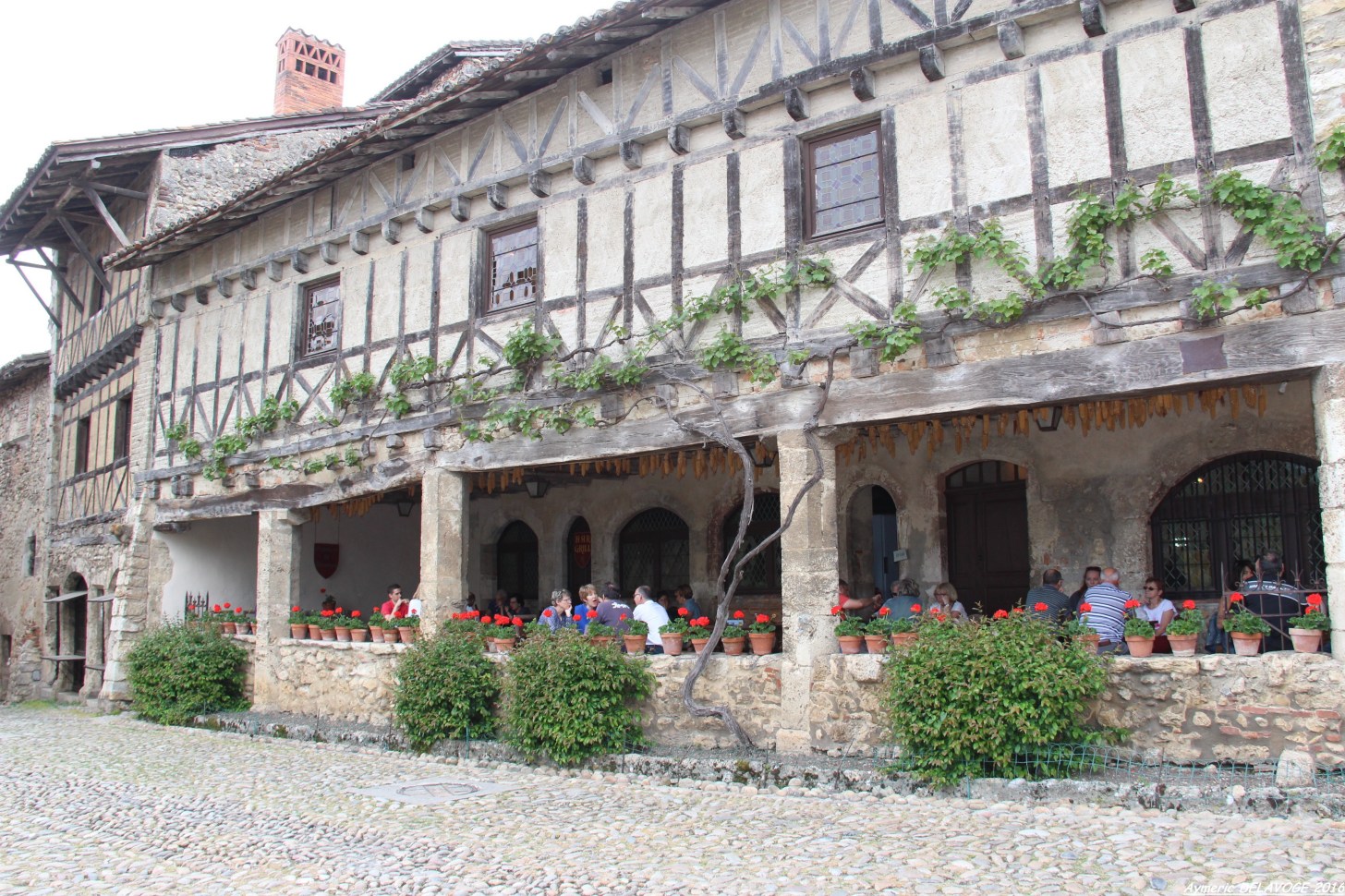
History of Perouges
Pérouges was founded by a
Gallic colony returning from
Perugia in Italy thus the French name “Pérouges” The Romans built a tower
marking up the valley road used by its signal to the
defense of Lugdunum. In 1909 Pérouges was threaten by demolition and saved by Anthelme Thibaut who
started a campaign against the demolition and saved the middle age village. In 1911
a consolidation and restoration of Pérouges was ordered started by
French president Edouard Herriot in order to
preserve the village and has
continued until today.
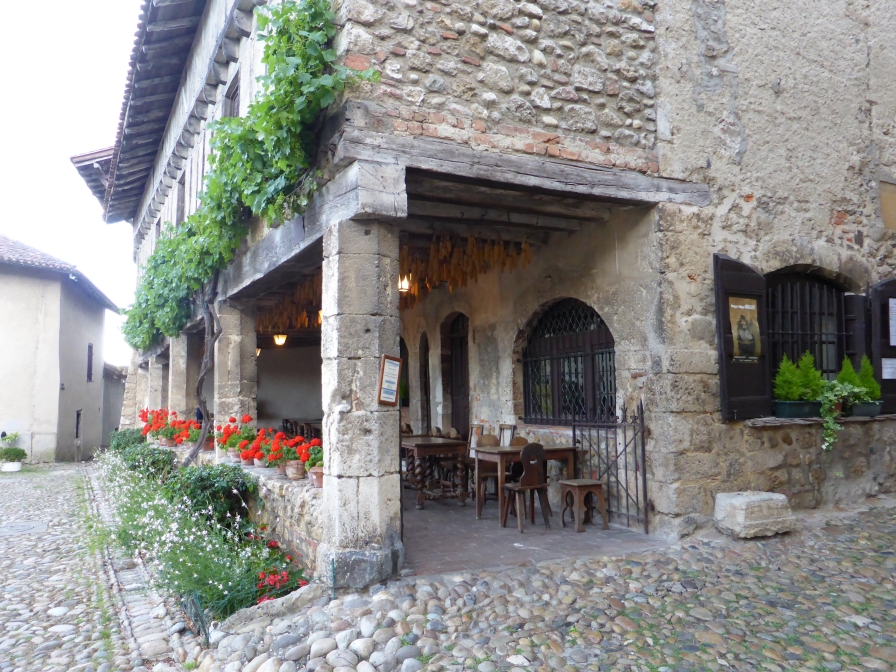
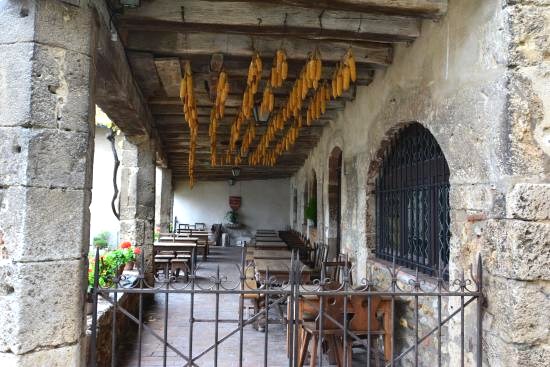
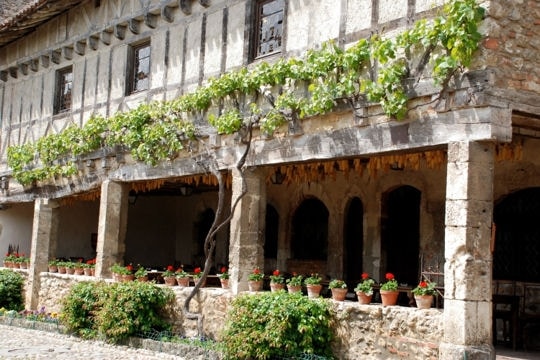
Unique in the world
The unique look of Pérouges has attracted many
filmmakers and a few movies
have been shot there. The Three Musketeers was one of the
several movies that
have used Pérouge as
a setting for their story. Pérouges has also received pregistous guests such as
French artists and
writers like Saint-Exupery, Academie Francaise member,
René Clerc.
1986
2014
2014
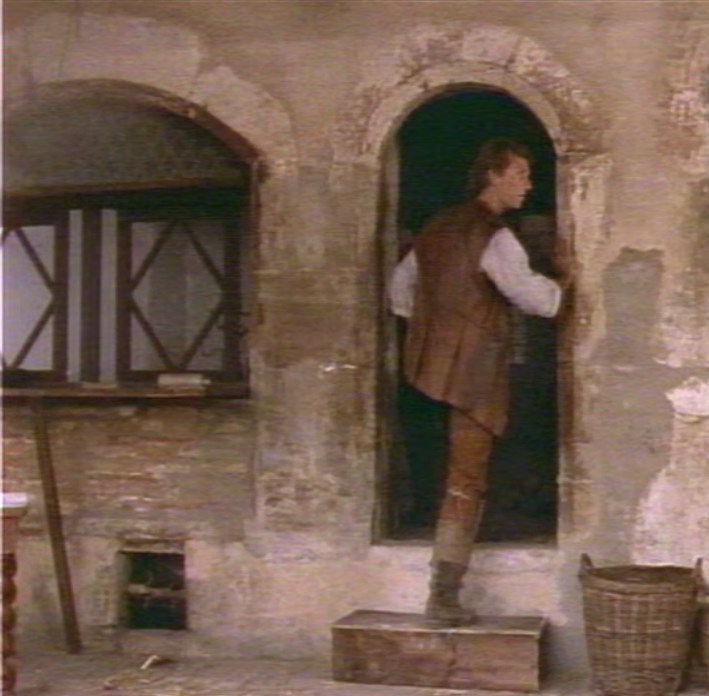
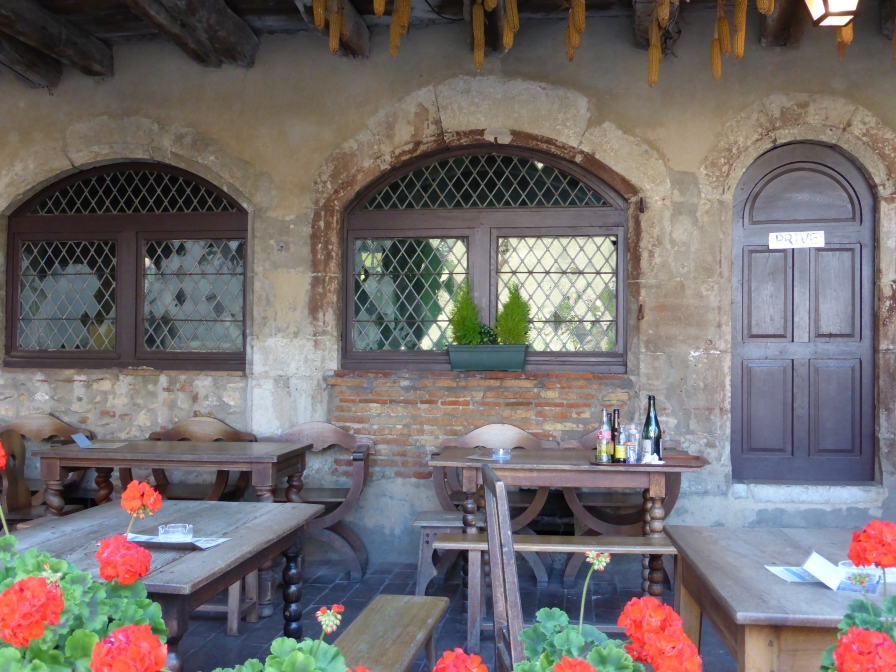
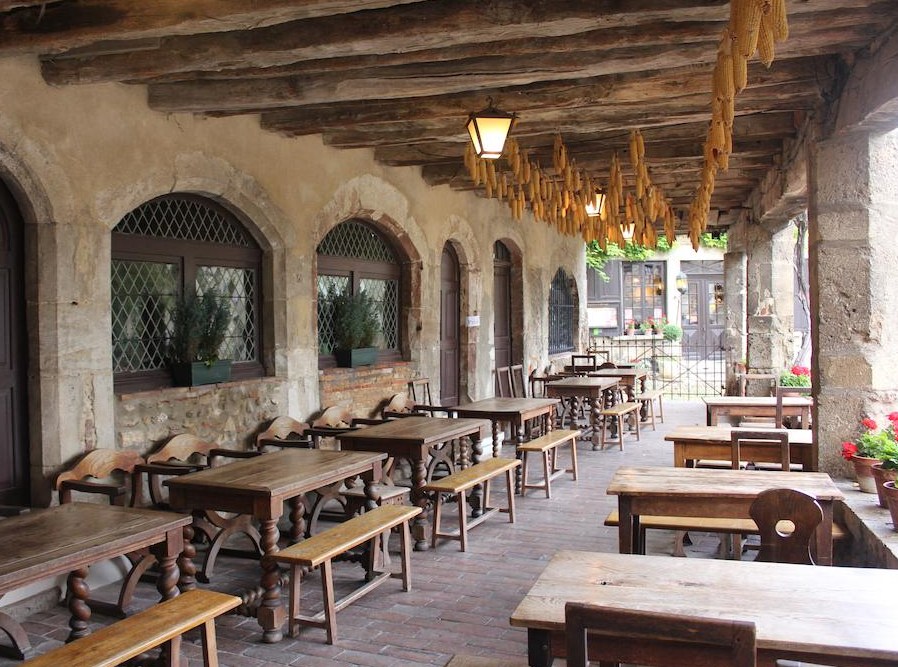
1986
2014
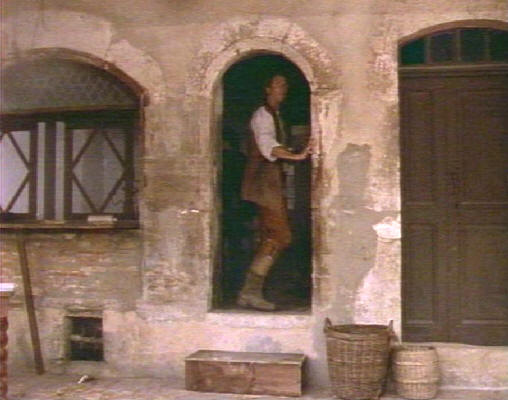
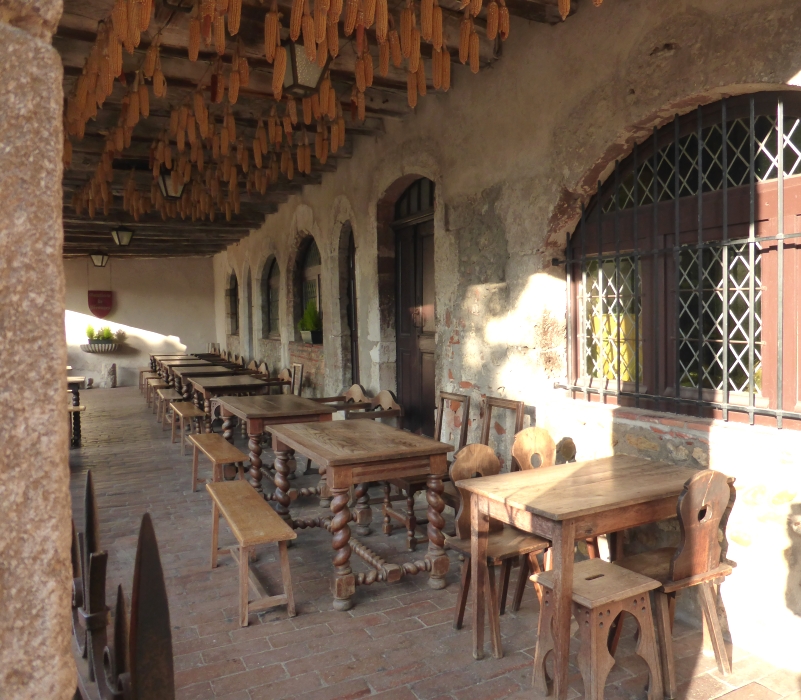
Private place
I'm not able to take pictures from
inside through the windows. It's a private place, storage for the restaurant. The lower window changed a
bit.
The upper is still the same. The exterior is part
is a restaurant. Even our beer is ancient! :)

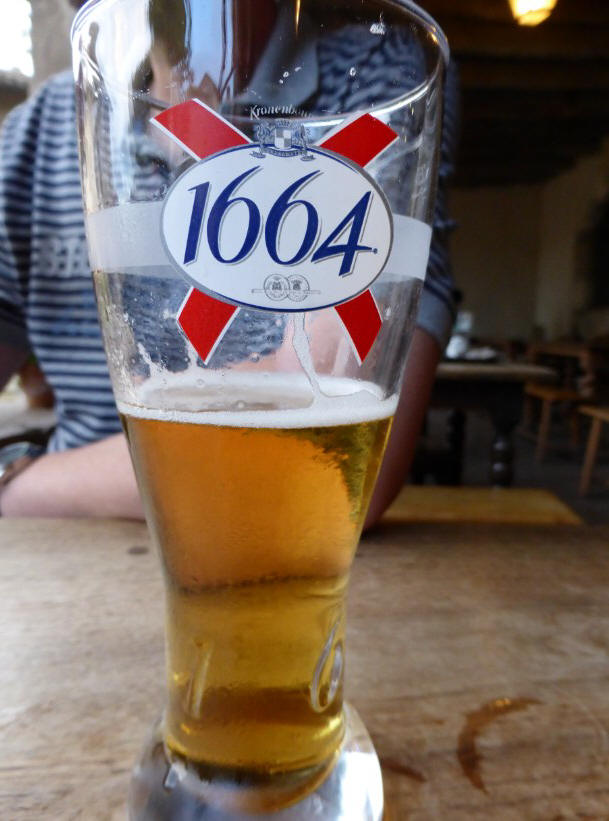
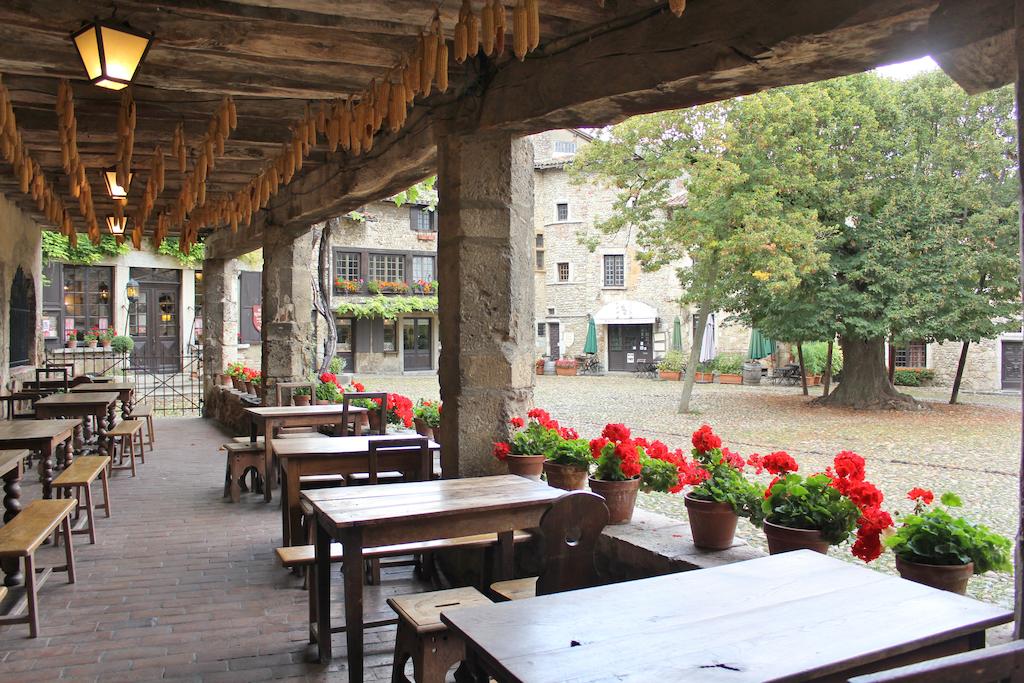
The Ancient tables
Compare those pictures. Look at the beautiful ancient tables
who are still there, it was all in Crossbow (1986).
A legg of the table under
the window (left)
Table legs between Matthew and William
Again in the middle of the picture in front of the pole

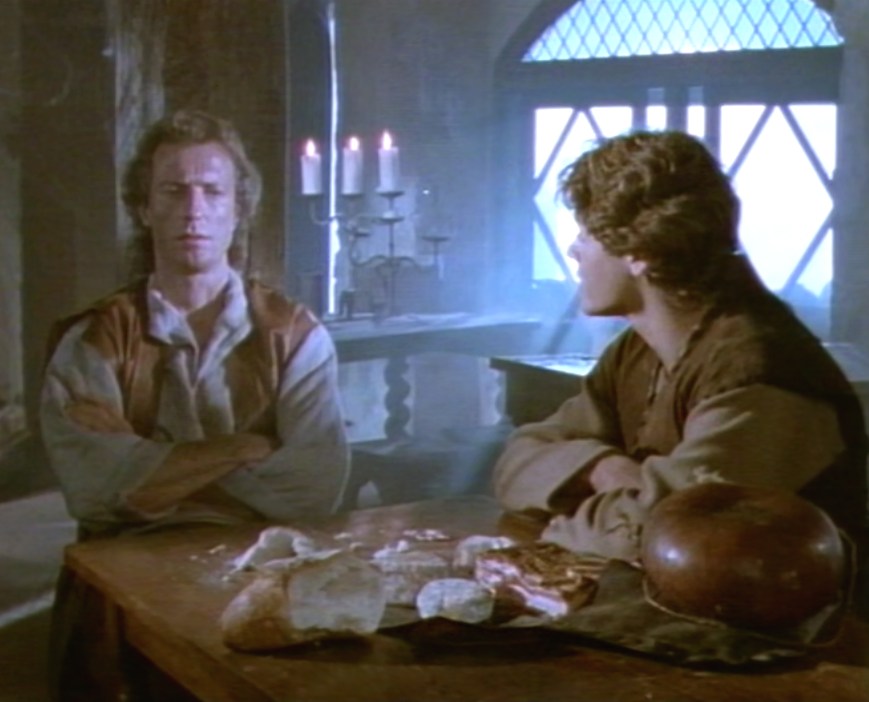
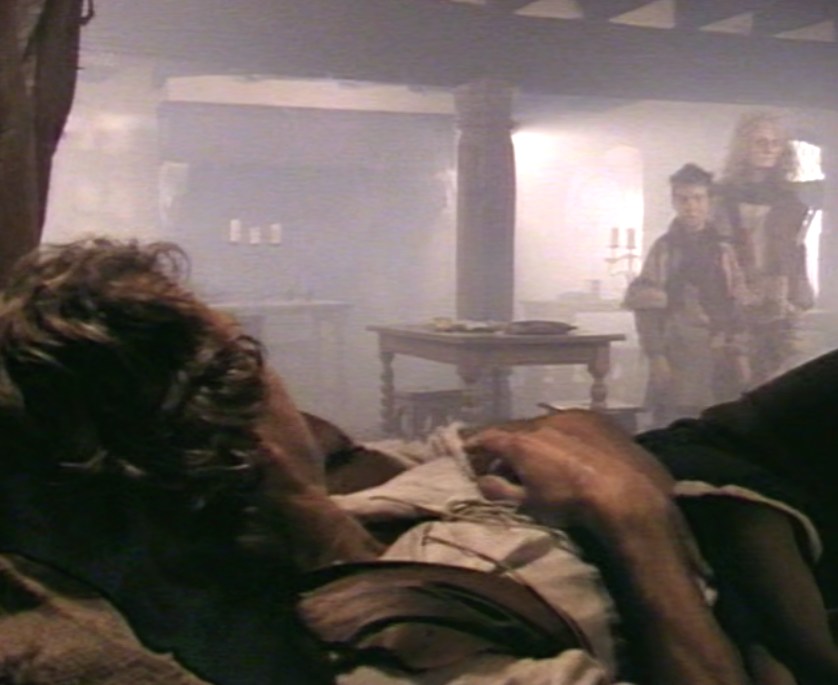
Inside
Plague town
Scene:
Matthew
takes first watch. Matthew:
'What's the matter? It's just
a ruined
village...I think we can stay' Tell:
'I don´t know.....there is something.' Matthew: 'There
is nothing,
there is nobody here.' Tell: 'I don't like this
place' Matthew: There is nobody here...Tell:
'I know....I almost wish there was... What do you hear?'
Matthew: 'Nothing.'
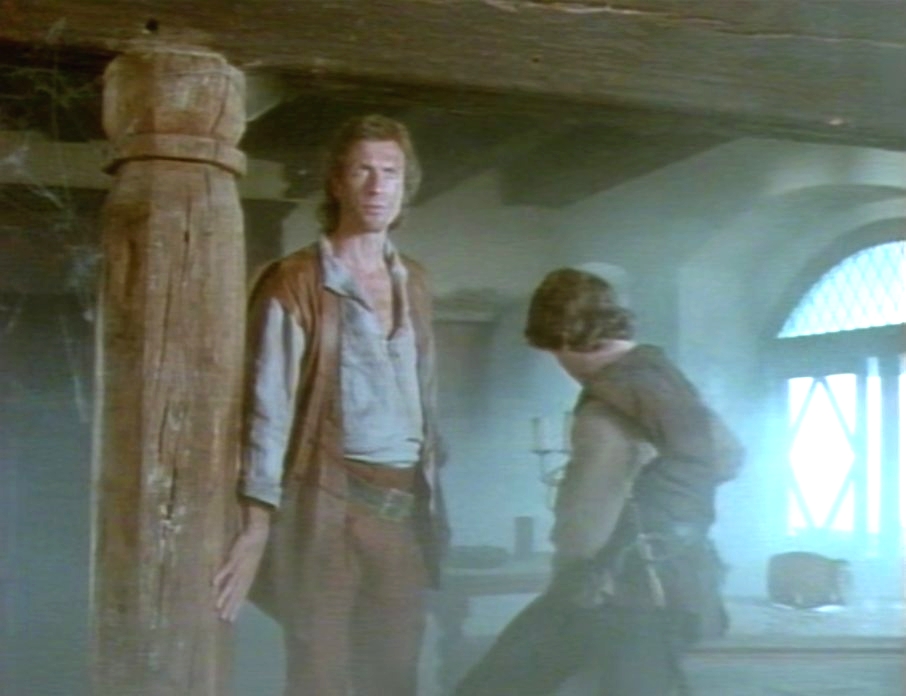
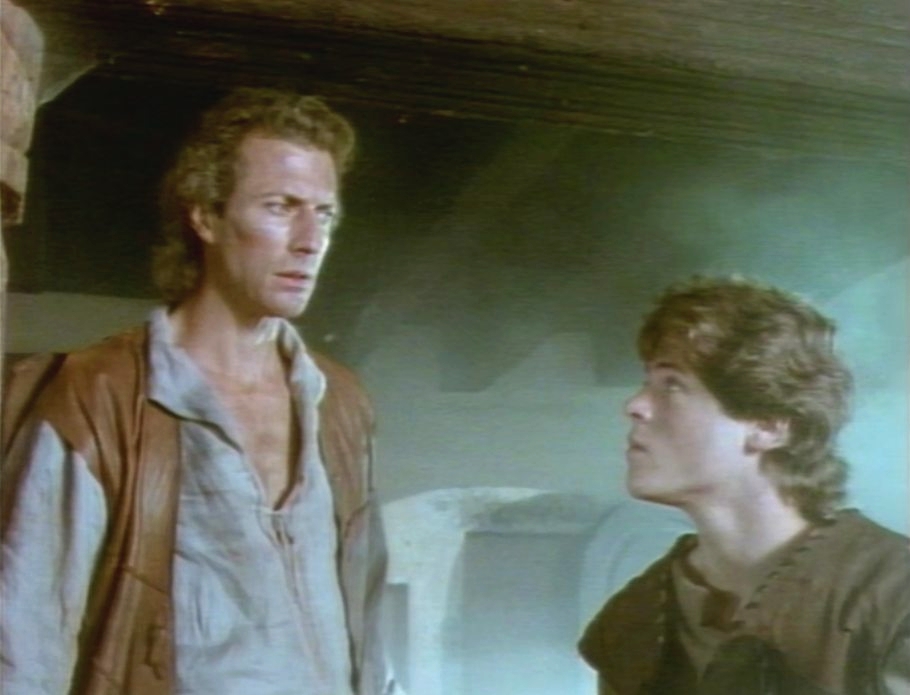
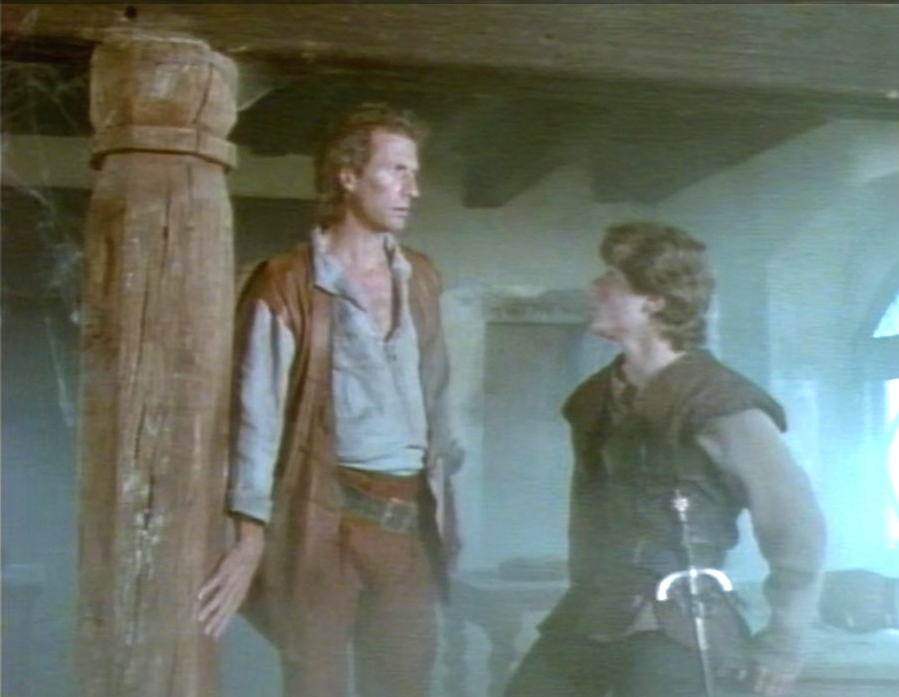
Scene: Matthew:
'It must have been black
knights' Tell: 'Then why hasn't the village
been raided....? It's not the blackknights.... something else...'
Matthew:
'what should we do?'
Tell: 'There is nothing we can do; spend the night here and leave at first light.' Matthew: 'I´ll take first watch.'
Tell: 'Thanks.'

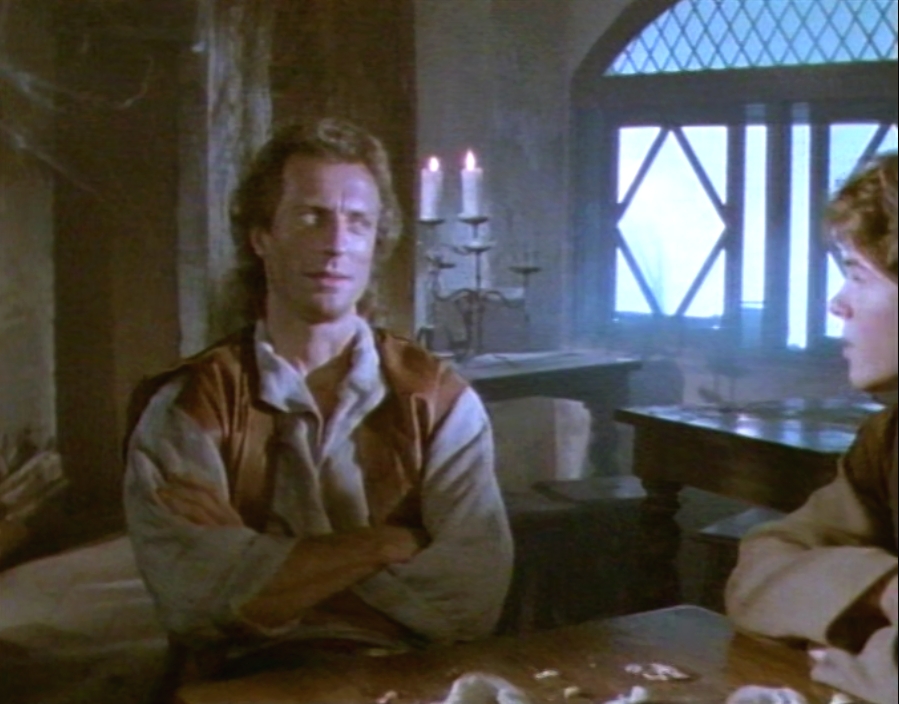
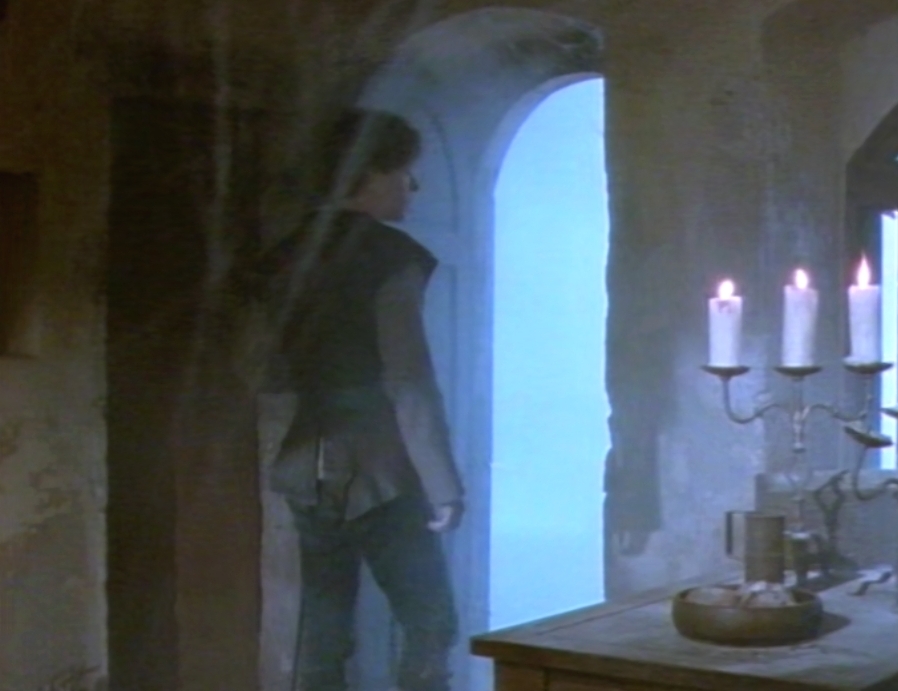
Brothers
in crime -
Nick Brimble (Horst) with his brother Ian Brimble.
Same bushy
place as in
Handmaiden,
where Matthew and Tell are hiding and Horst finds a symbol). In Physician they are in
front of Fort St. Andre Avignon again.
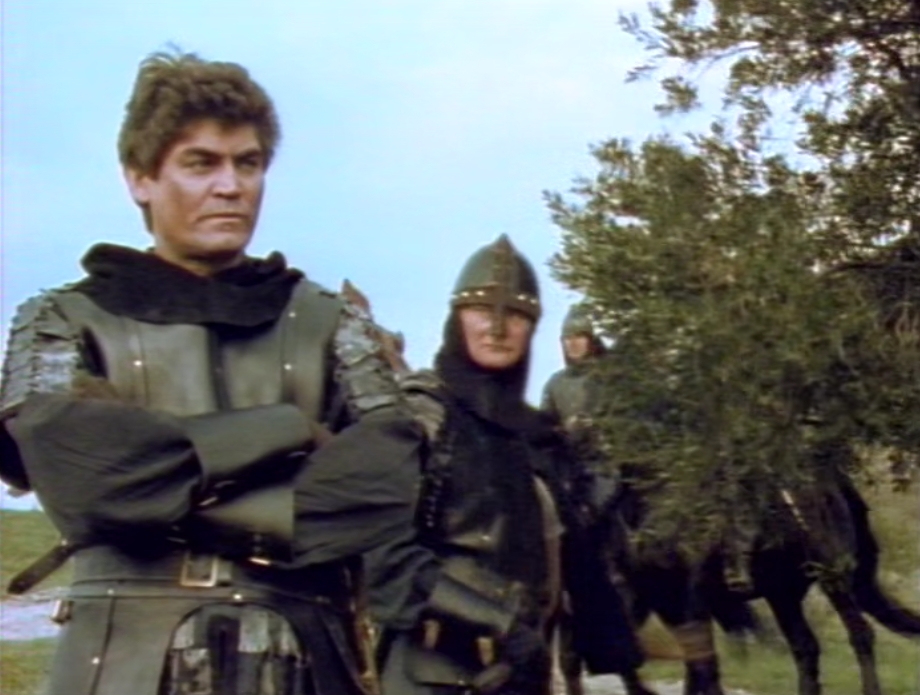
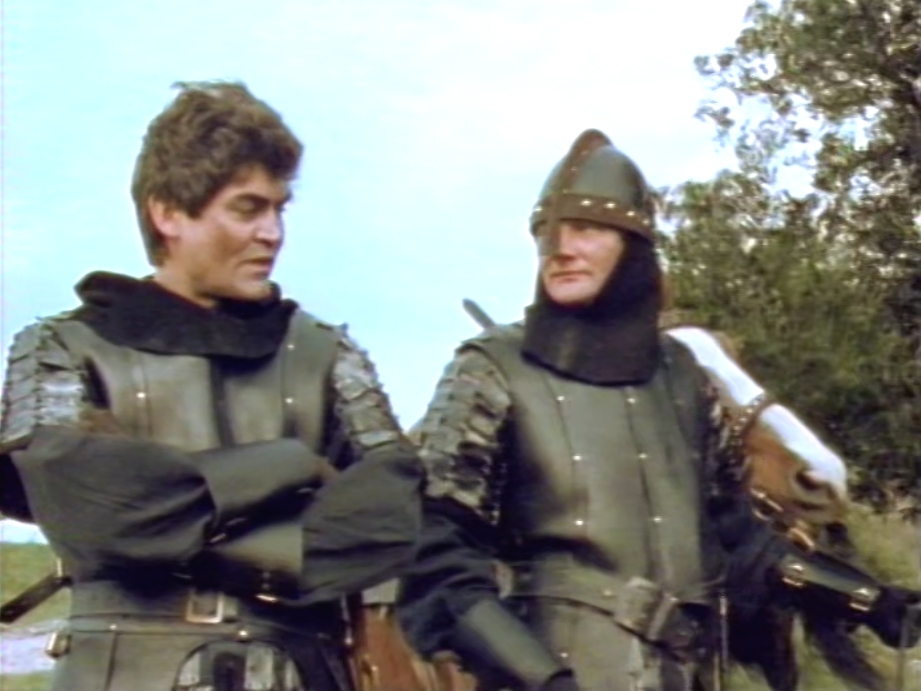
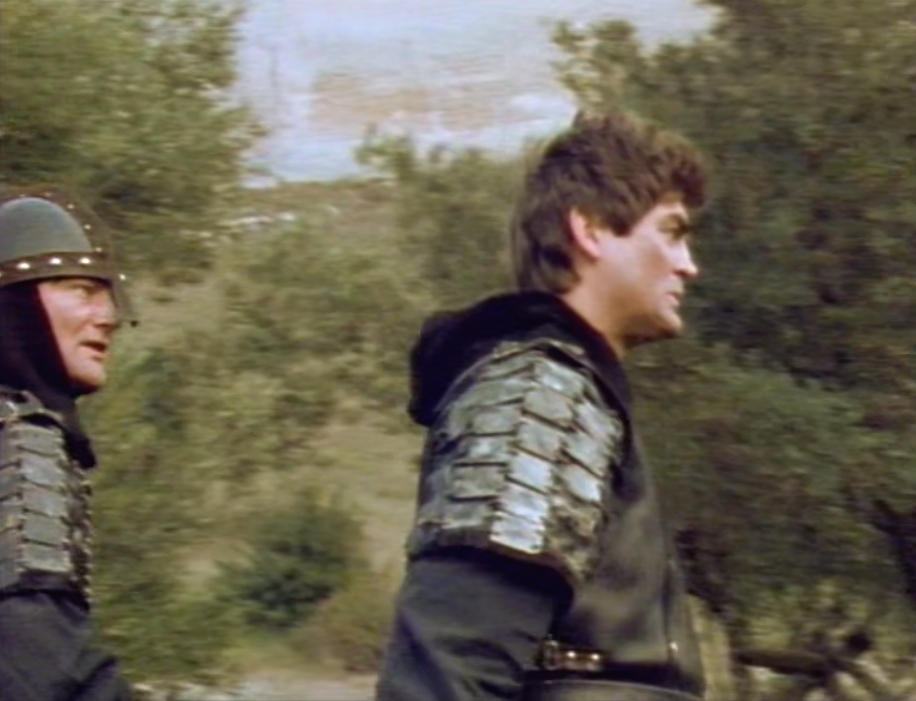
To compare:
Episode 23 Handmaiden Episode Physician 22 In front of Fort St. Andre Avignon Episode 23 Handmaiden
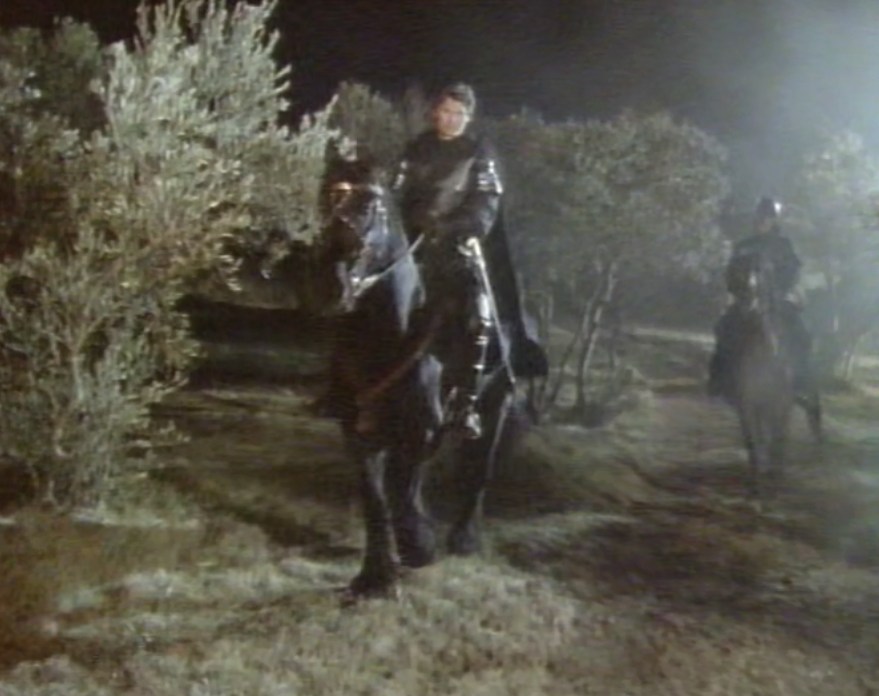
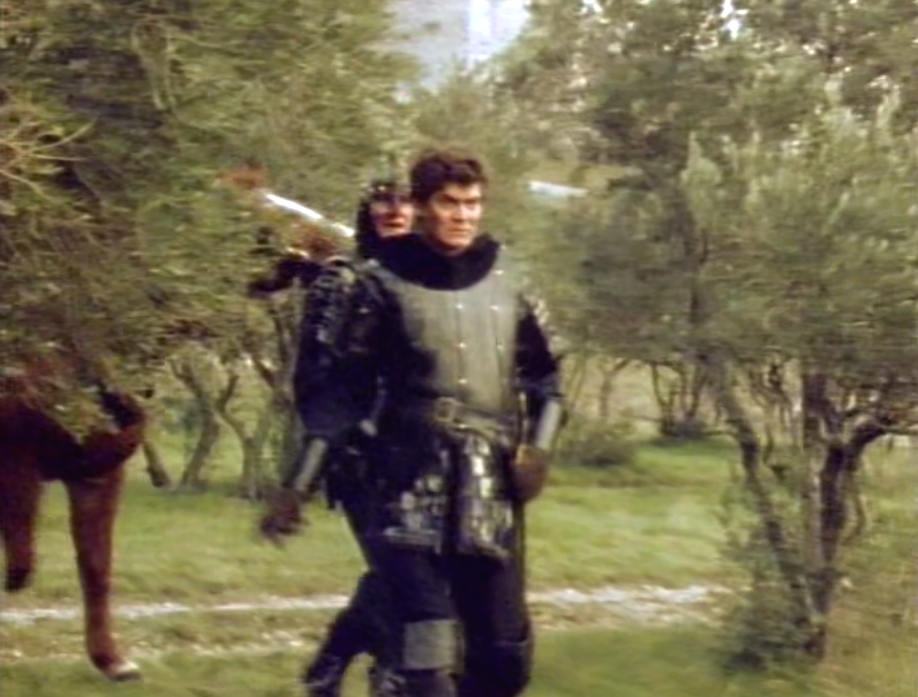
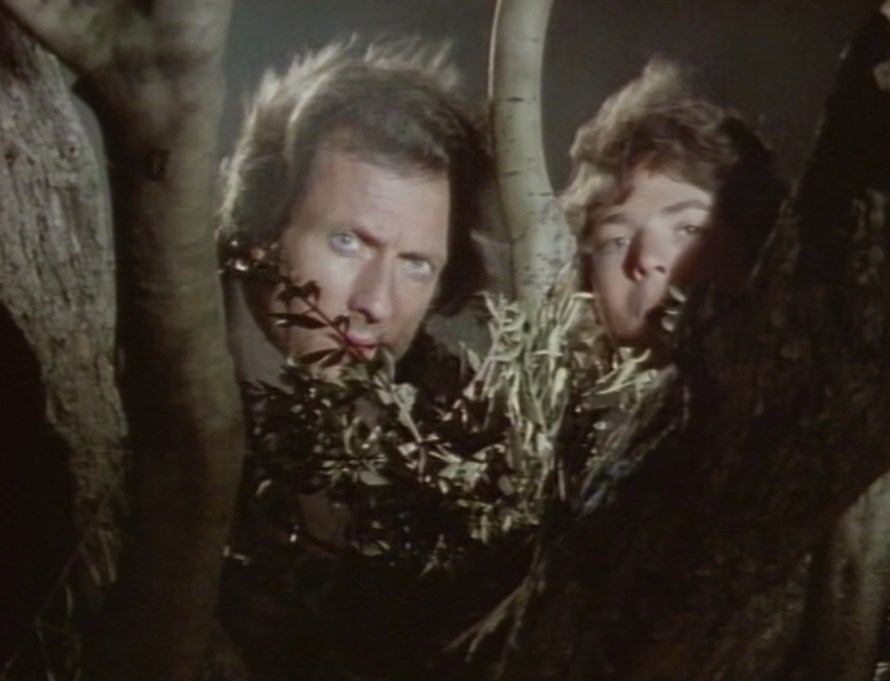
The pressure on Horst,
to catch Tell, is big. Horst gave the order to visit every town around on this
place. Even if it's a (former) plague town. That ends in dissatisfaction and
resentment.
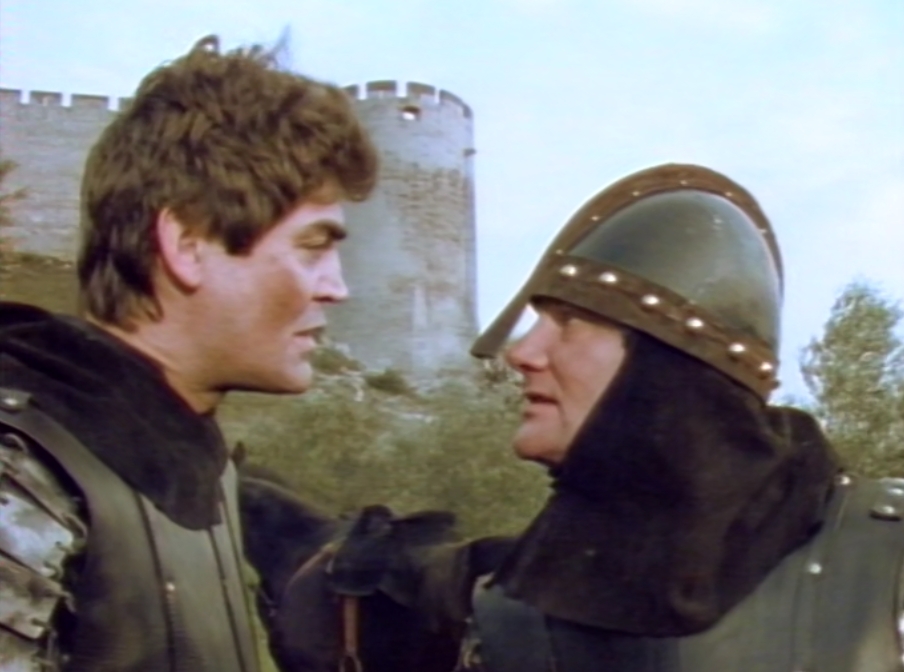
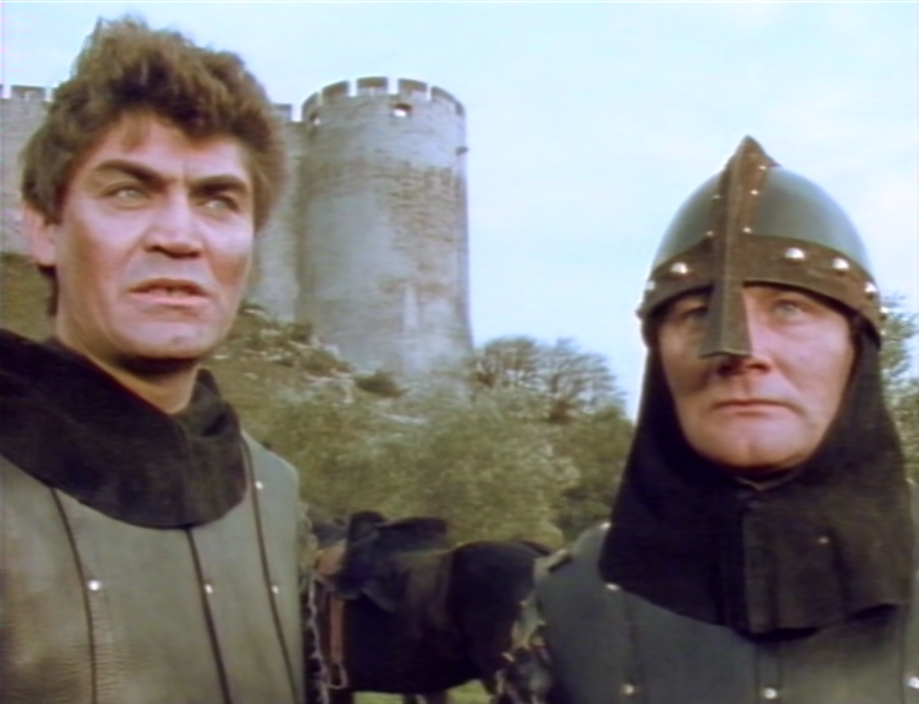
The plague
La Porte d’en Haut / Upper gate
of Pérouges
You can only enter the village
through two different entrances. Doors that are called
“Porte d’en Bas”
(bottom door) and “Porte d’en Haut” (upper door). Once
through either
of these ancient gates, you are magically transported to a time
where medieval architecture and towering walls enclosed half-timbered facades
and paths built of rounded pebbles and stone.
1986
2014
The
gate on the map nr. 1
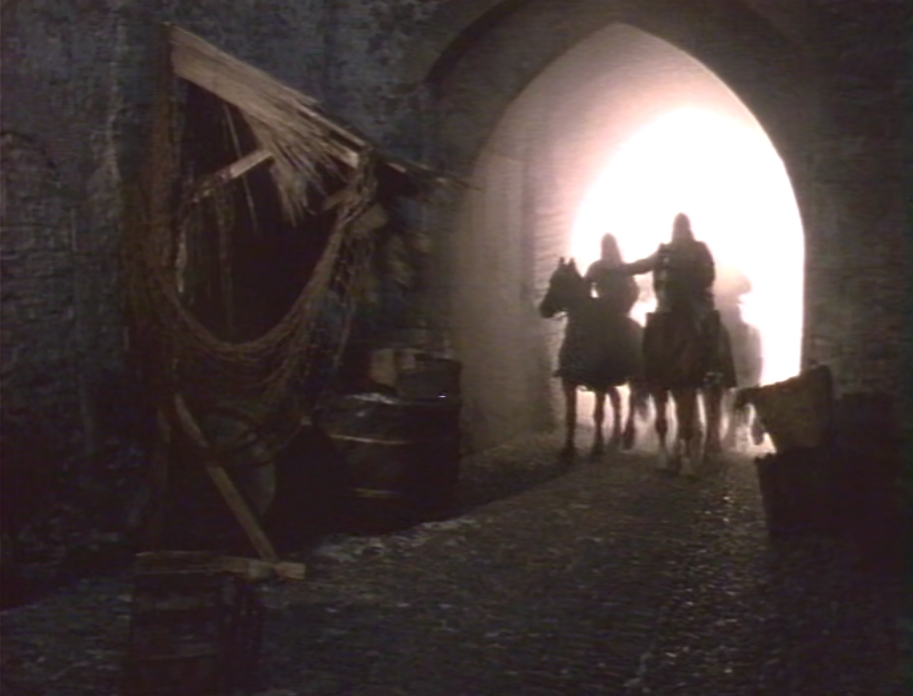

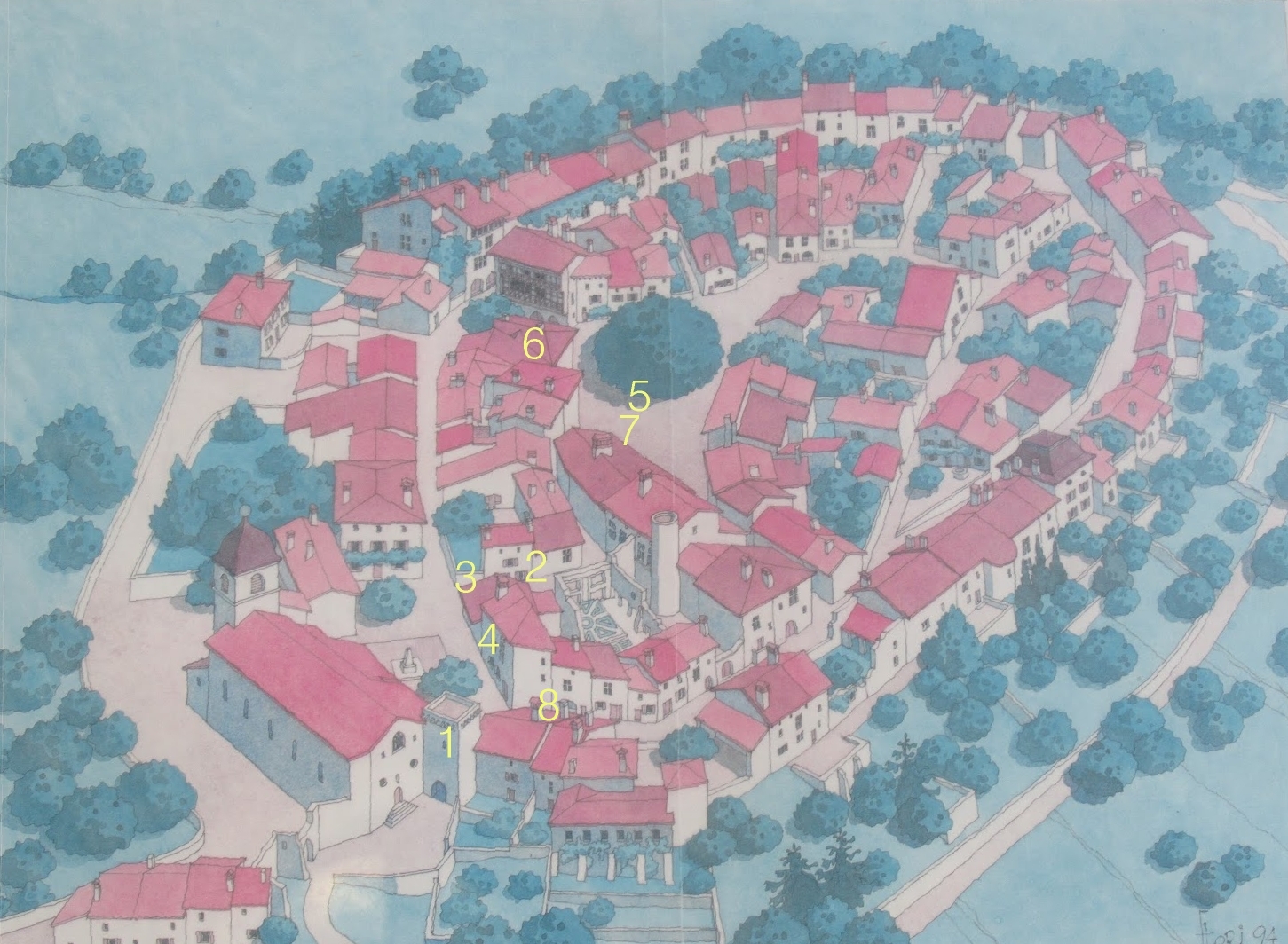
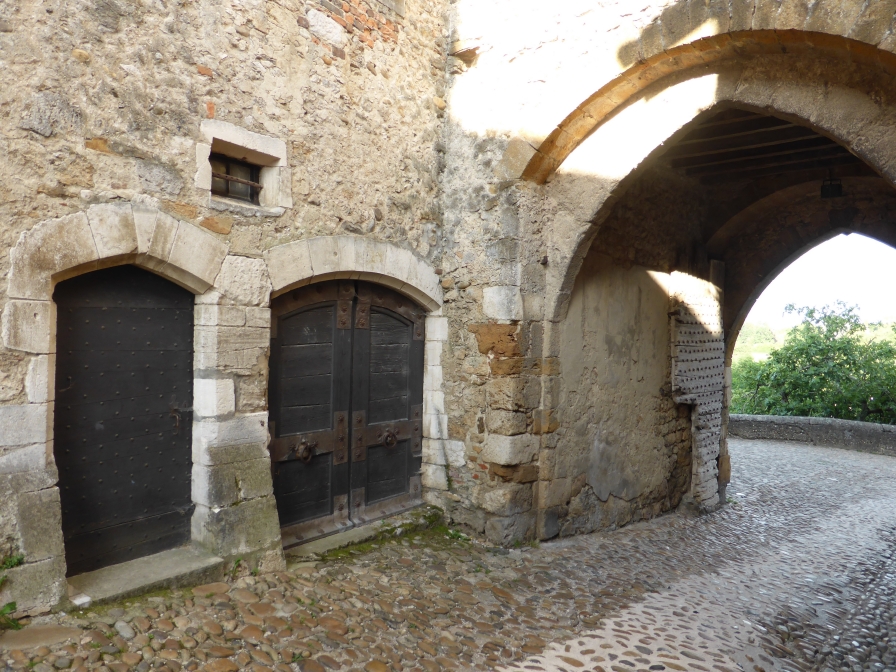
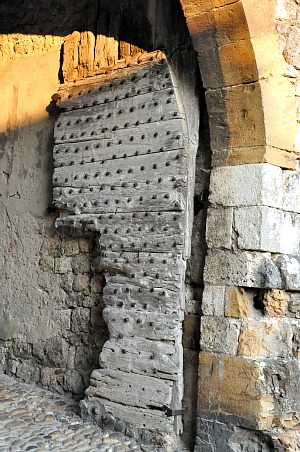
The old original door The exterial of the gate with the
dragon weapon on it.
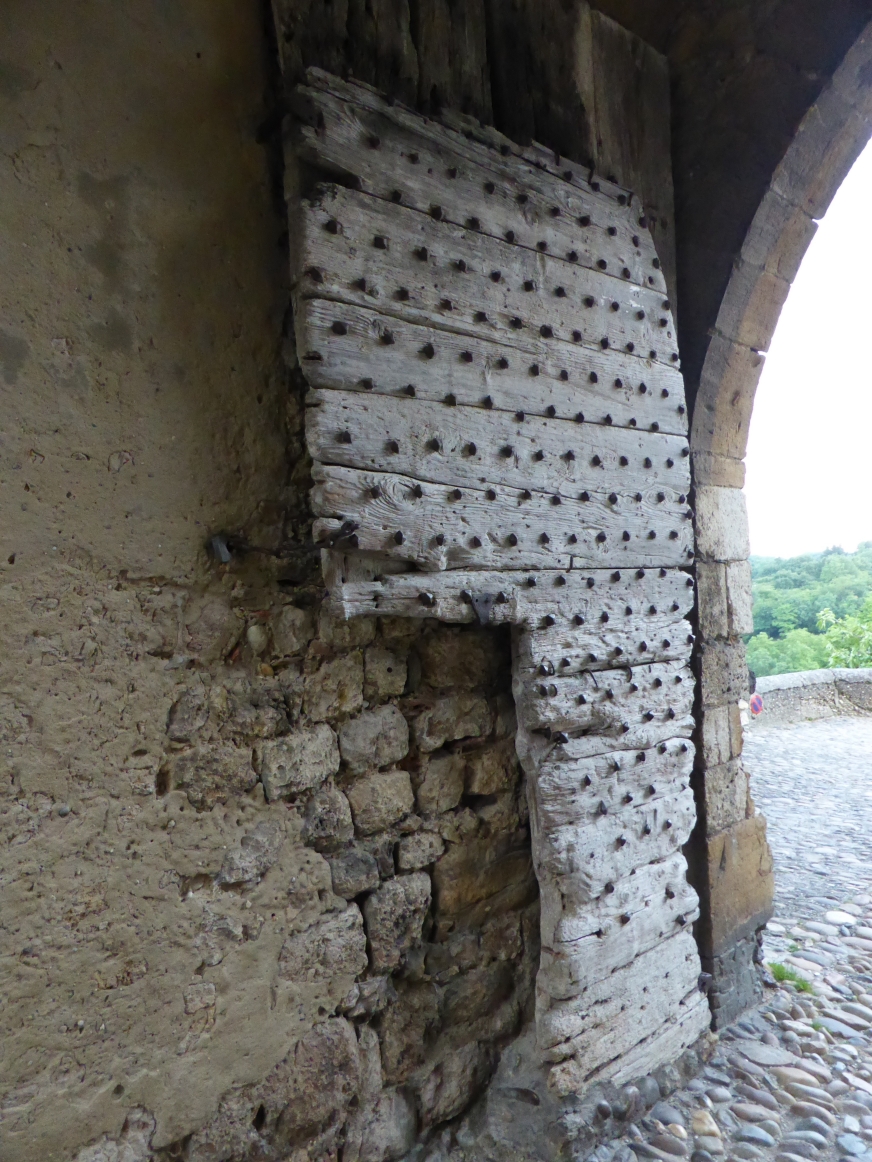
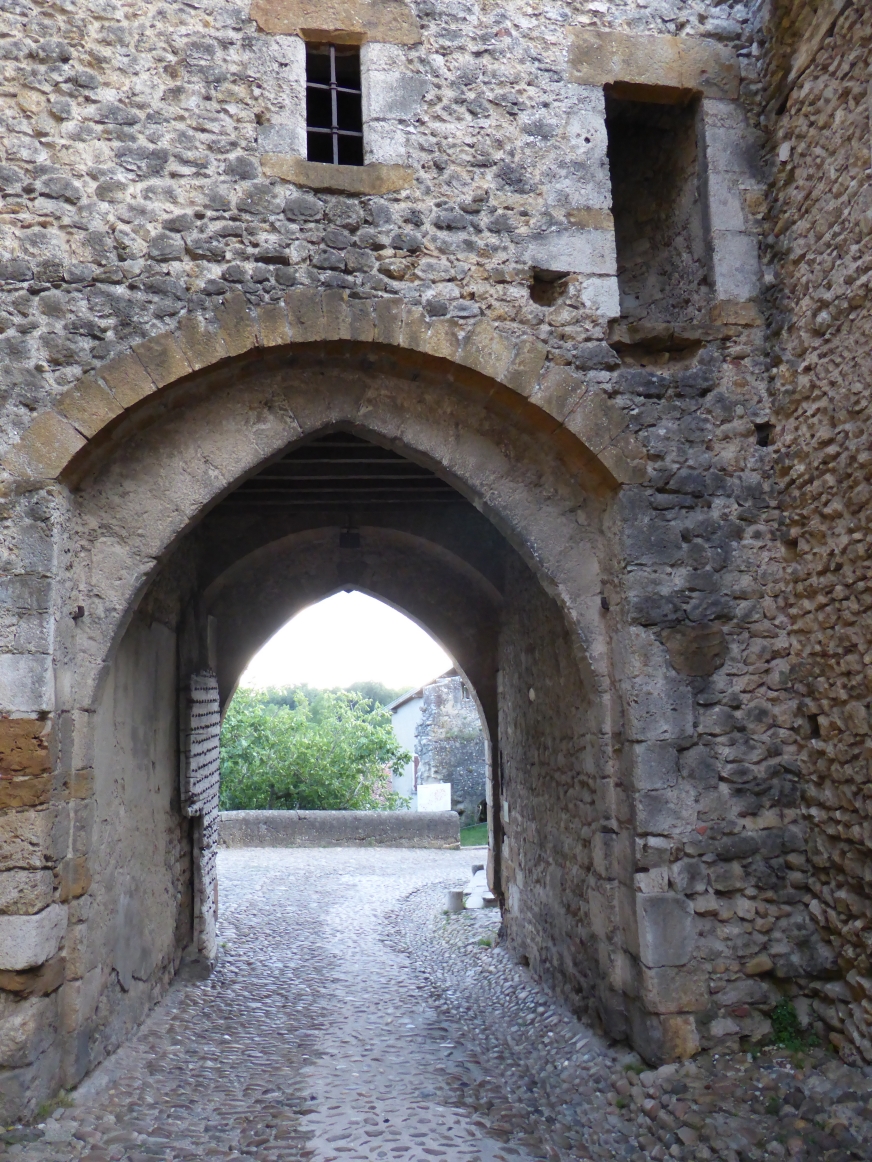
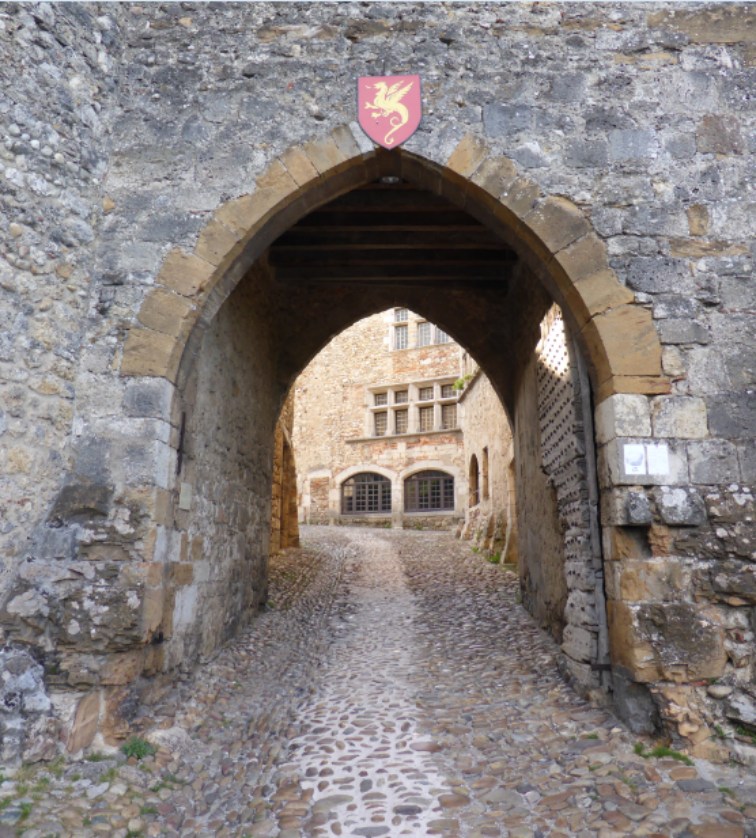
Double location
In opposite of the inn
(where
Lotus has dinner
ep. 21) and the inn where Matthew finds the drunk doctor
(ep.22 Phycisian).
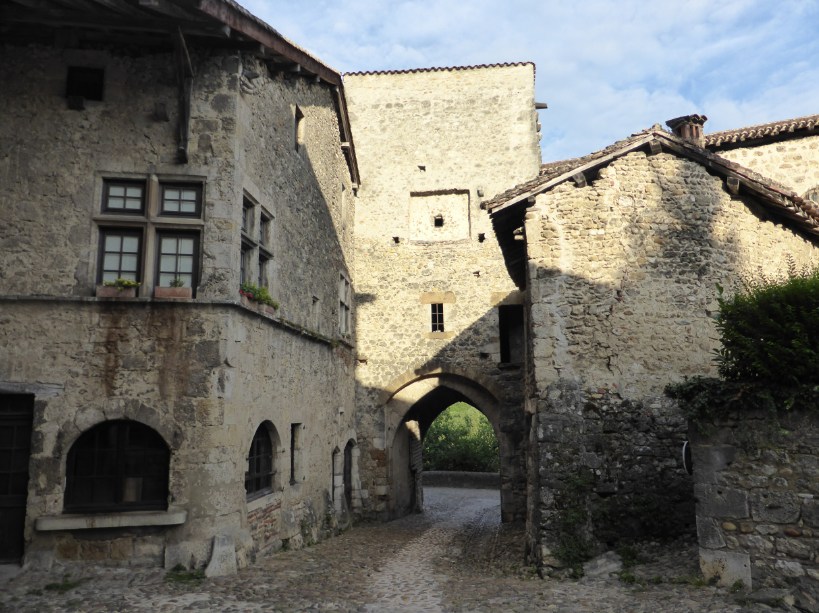
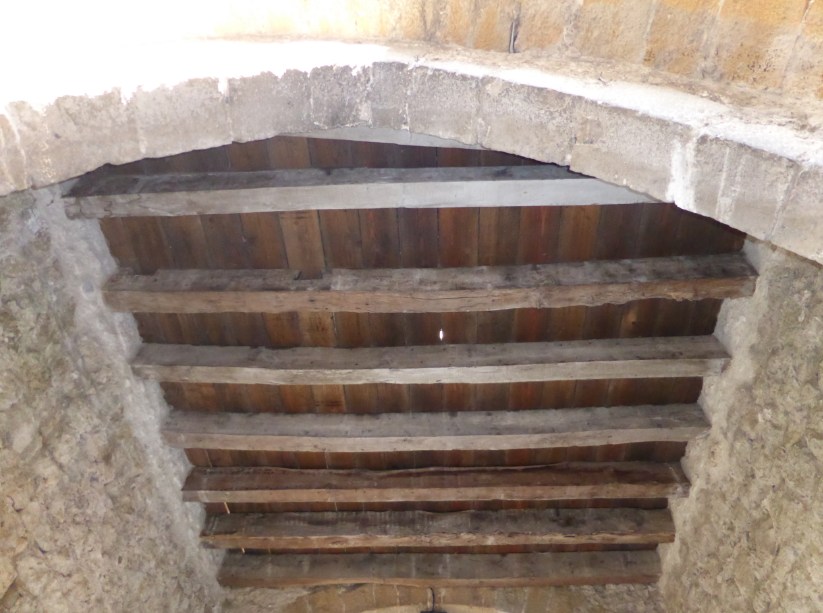
Charnay, Plague village
Horst wants them to search in every village. Also
'Charnay,' the
Plague village. Horst's brother
Ian Brimble.
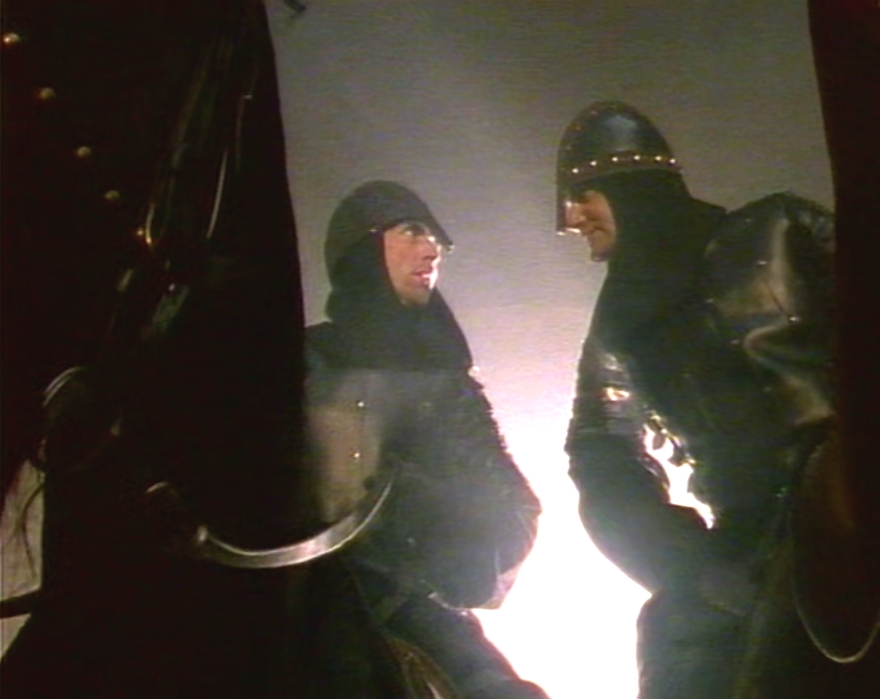
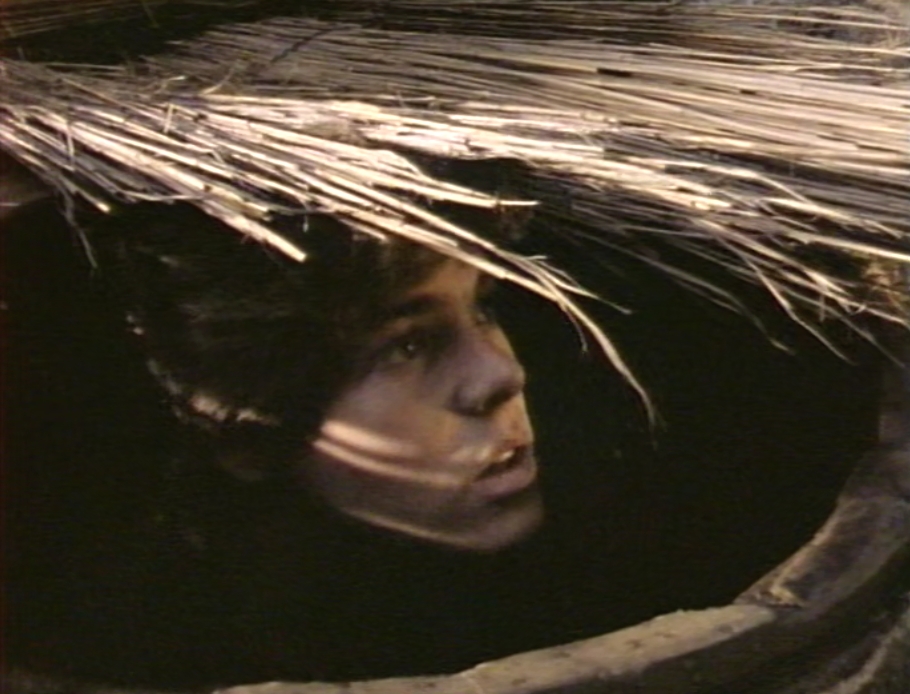
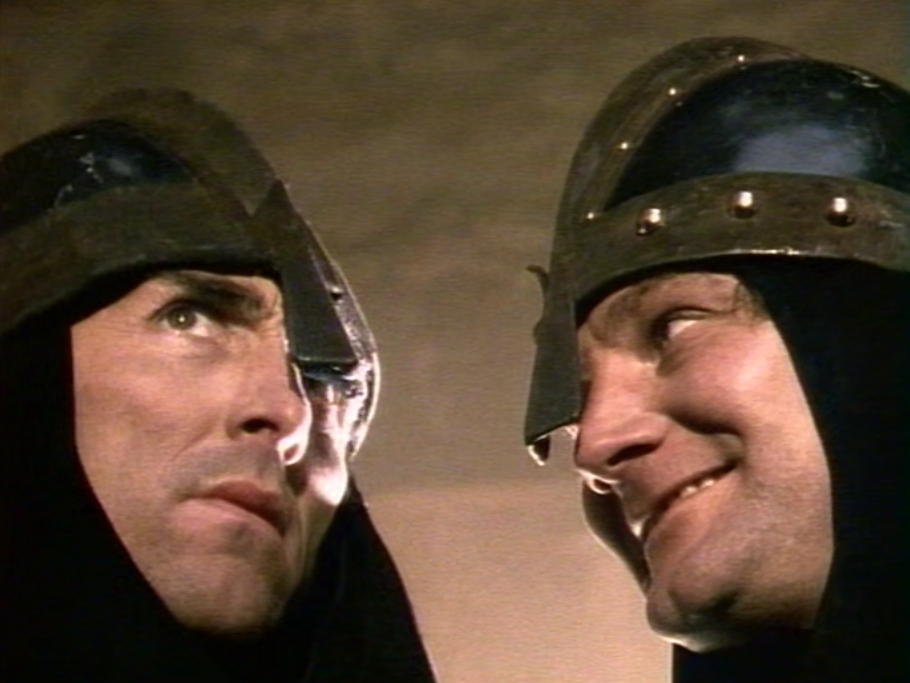
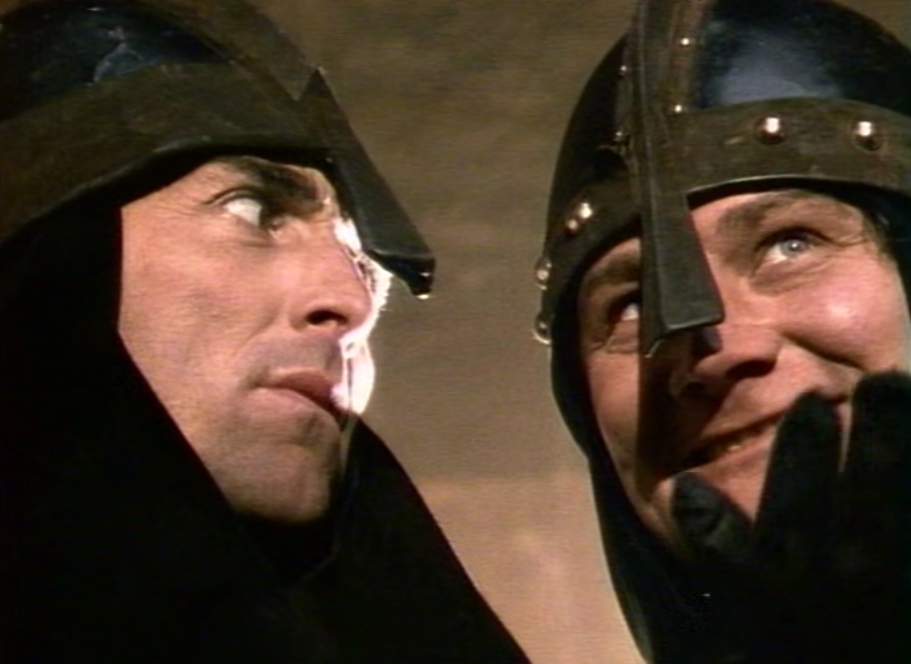
Scene: The left one wants to follow his orders
even if that means riding into the black Plague village, but the other (Ian Brimble) is able to change his mind.
Matthew years them talk and realizes why the village is so
quiet. He goes back to warn his father, who is already sick.
Soldier: "Charnay is a plague village!
But if you like....you may go." (Next time they're coming back
and they
arrest Tell, by following his doctor).
The fever
When
Matthew goes back to tell his father about what he heard,
Tell has a fever.
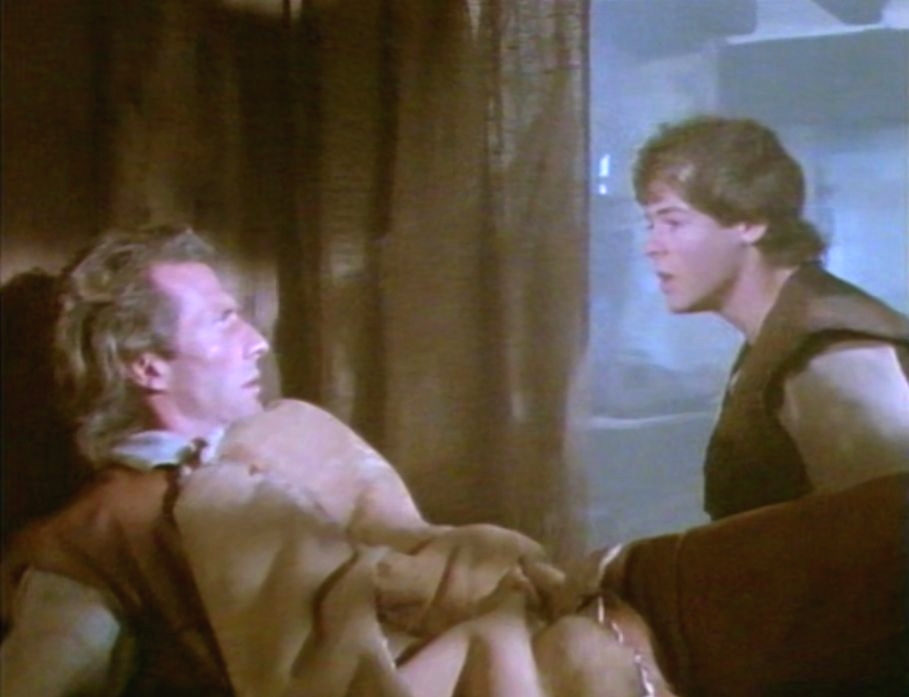
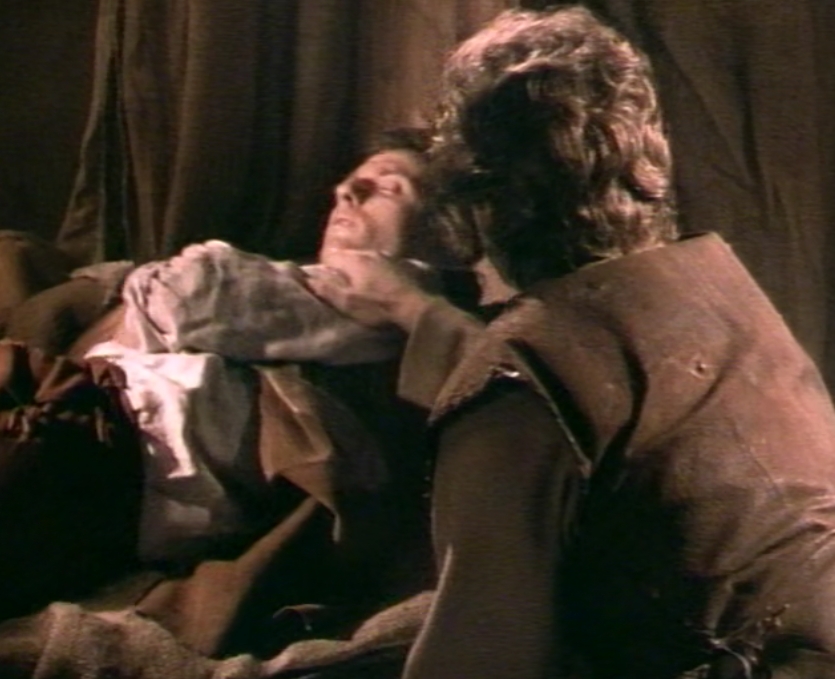
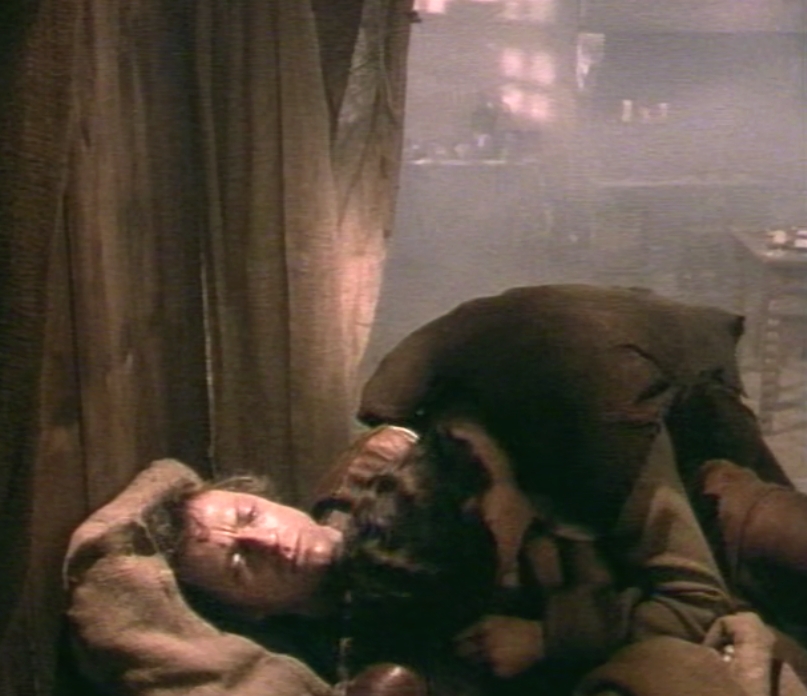
In search for a doctor
The upper gate in opposite of
the inn.
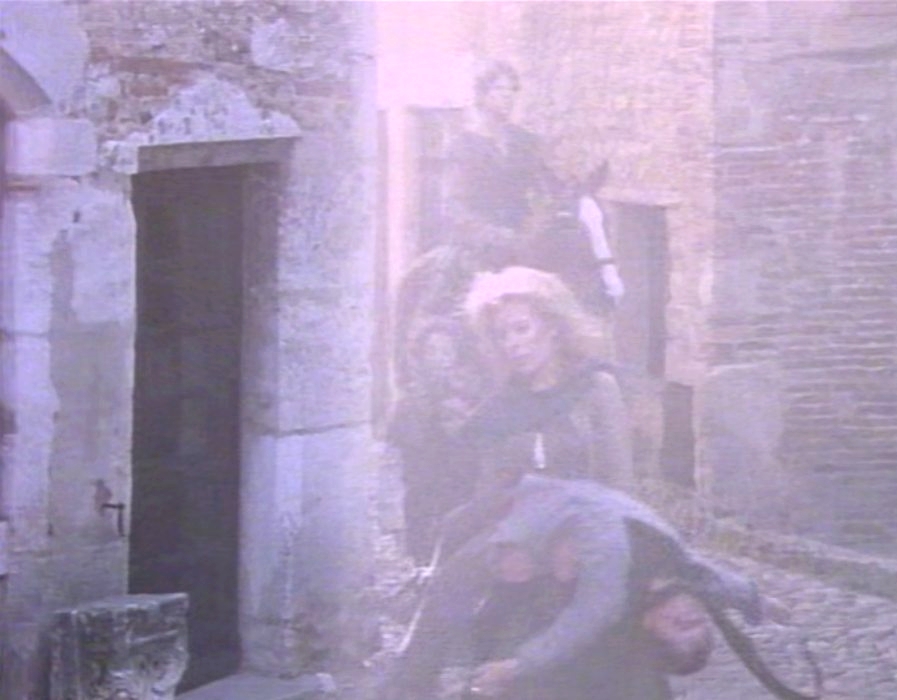
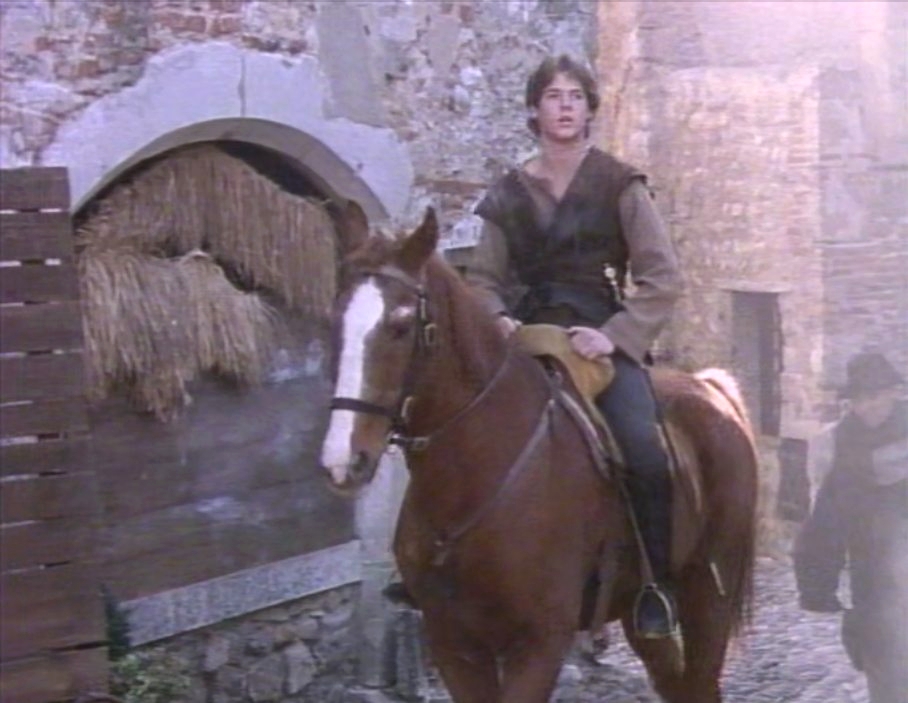
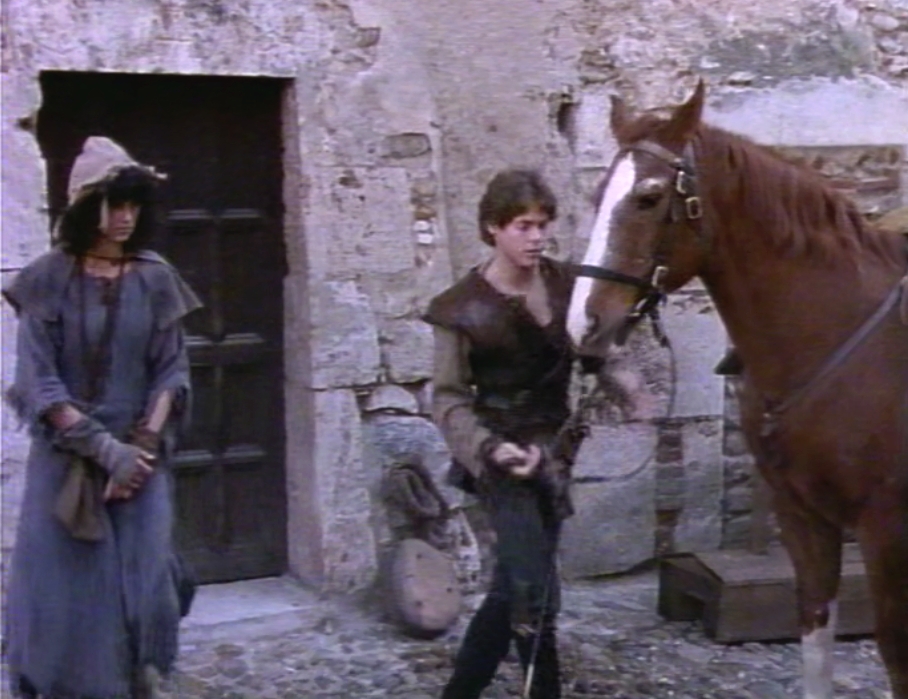
Physician and
episode
Lotus
share the same location, but a
different angle
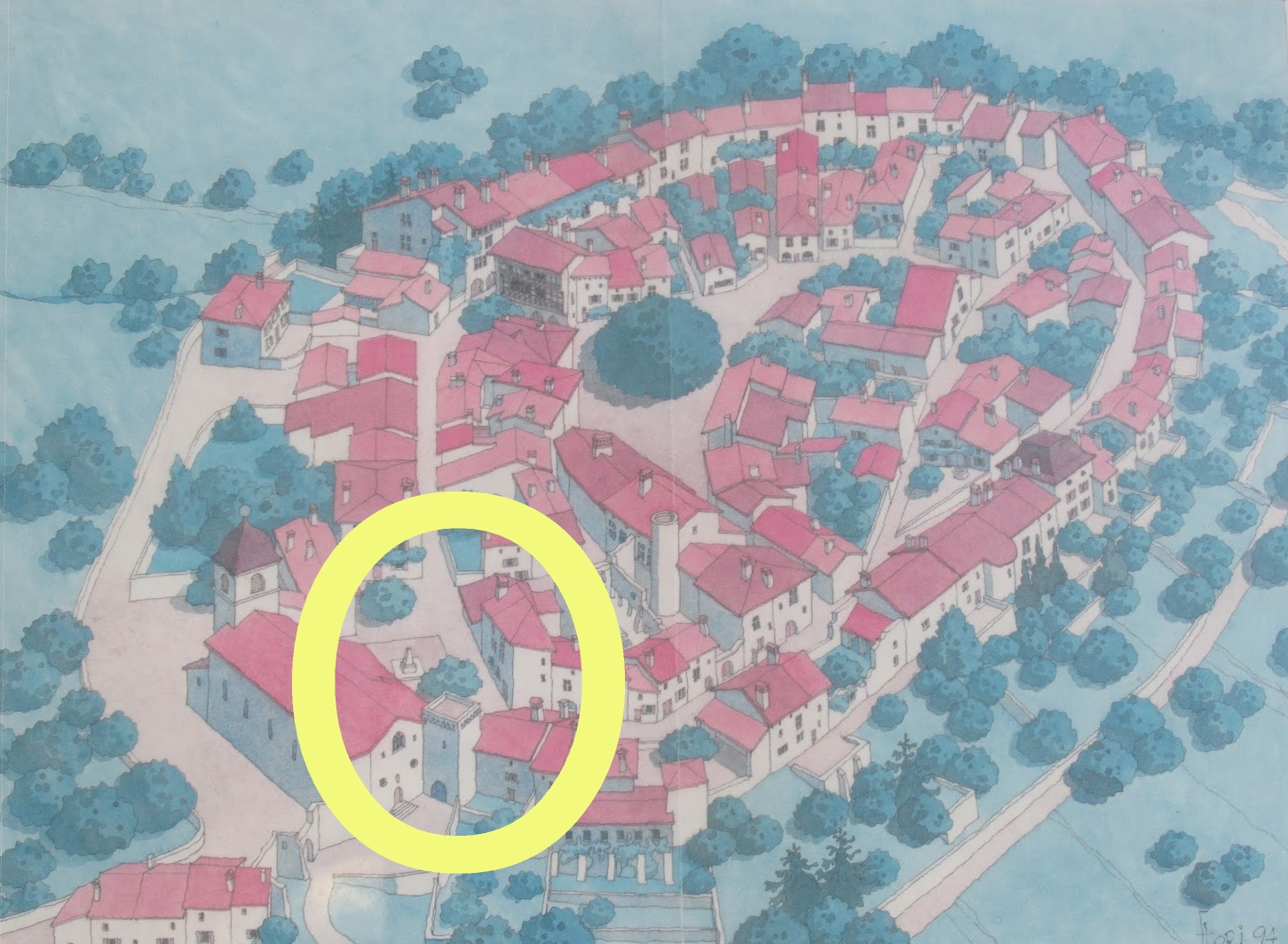

The ancient house
1986 Matthew
rides in episode 22
Physician from nr.
8 to 4, while
Lotus rides
in episode 21 Lotus
from
2, 3 and 4
2014
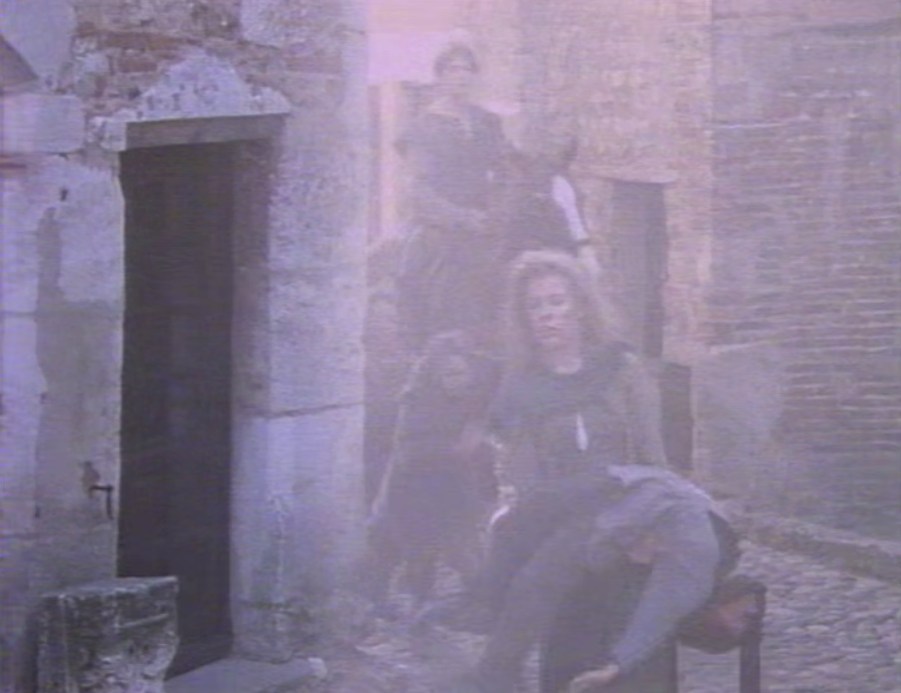
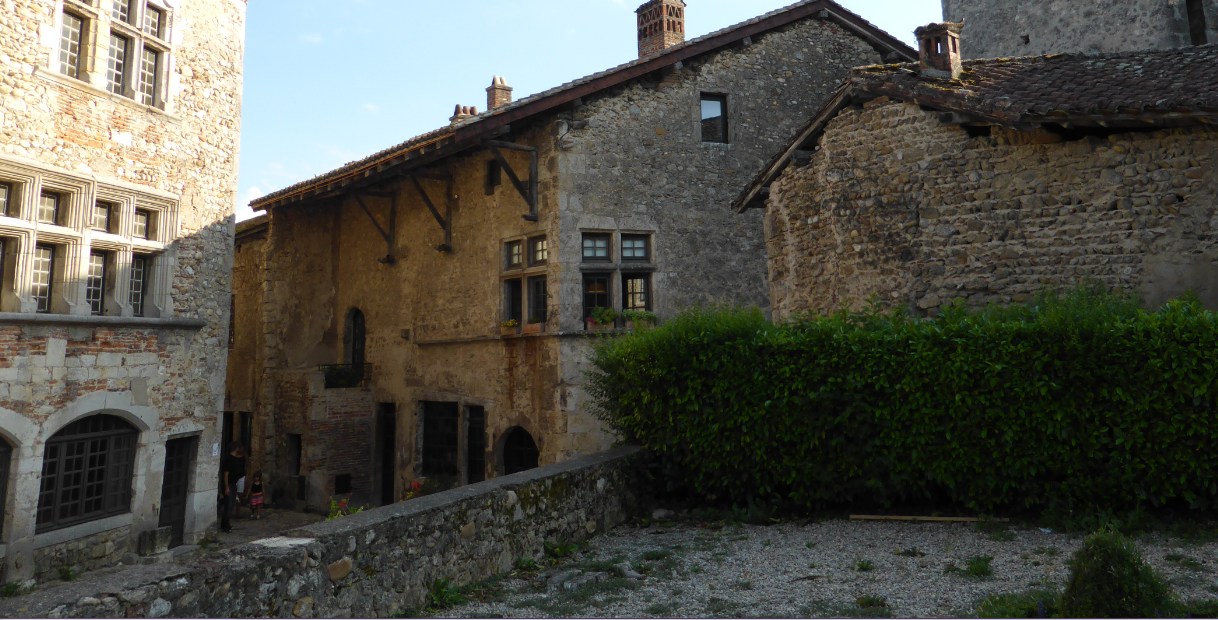
Lotus 1986 Physician 1986
2014 both episodes same house in the back
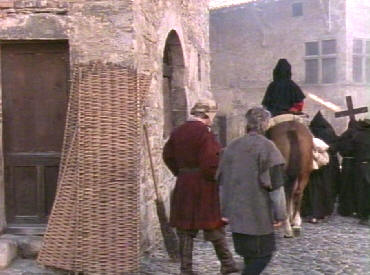
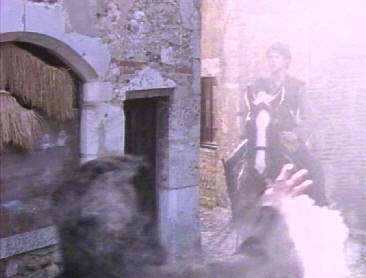
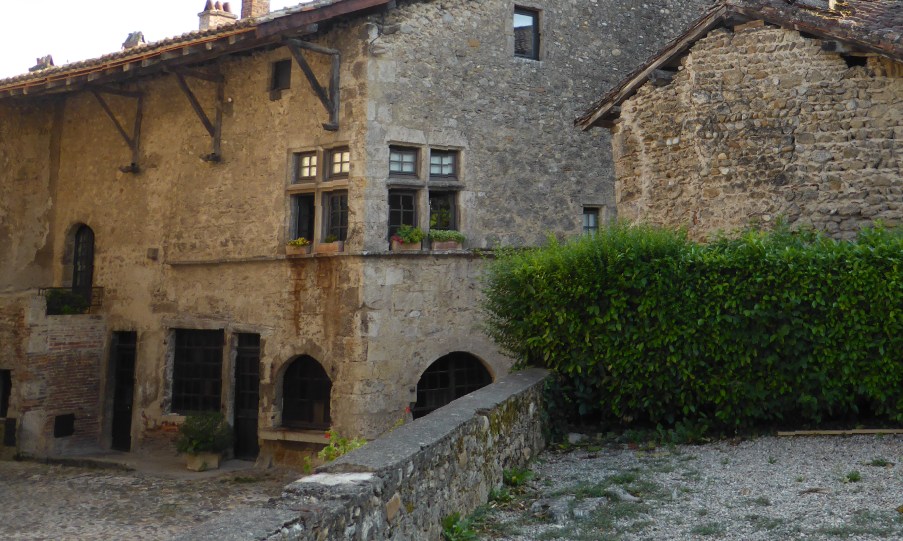
1986 Around this corner they go.
2014 From the left to the right
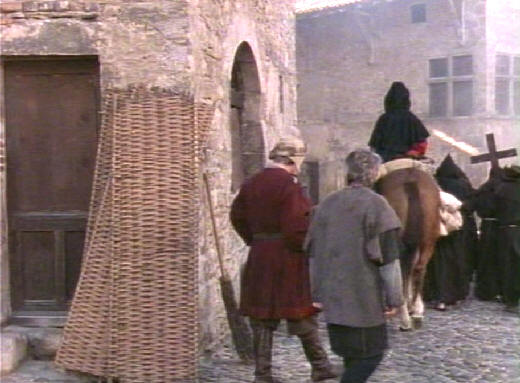

The church is in opposite of the inn
The uppergate is next to the church
The door in the middle is the inn (not sure it's really in there)
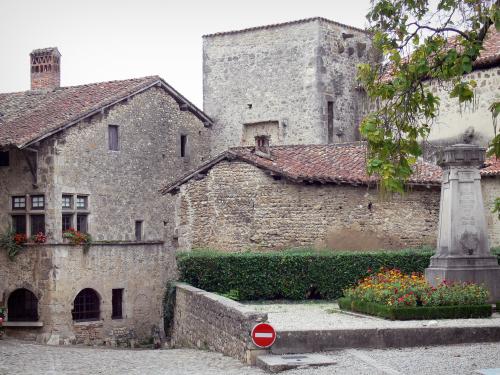
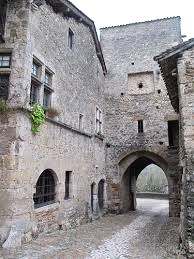
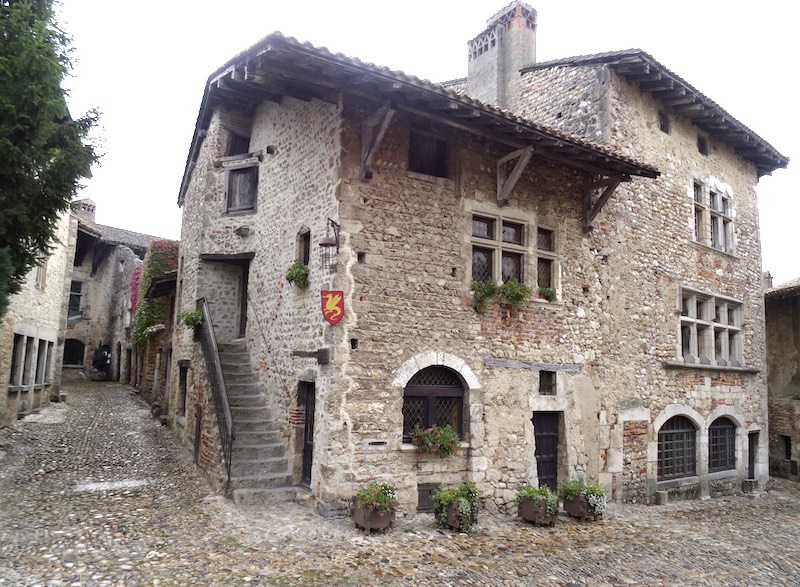
To compare:
1986 Matthew rides in front of the right two windows of the buiding. 2014
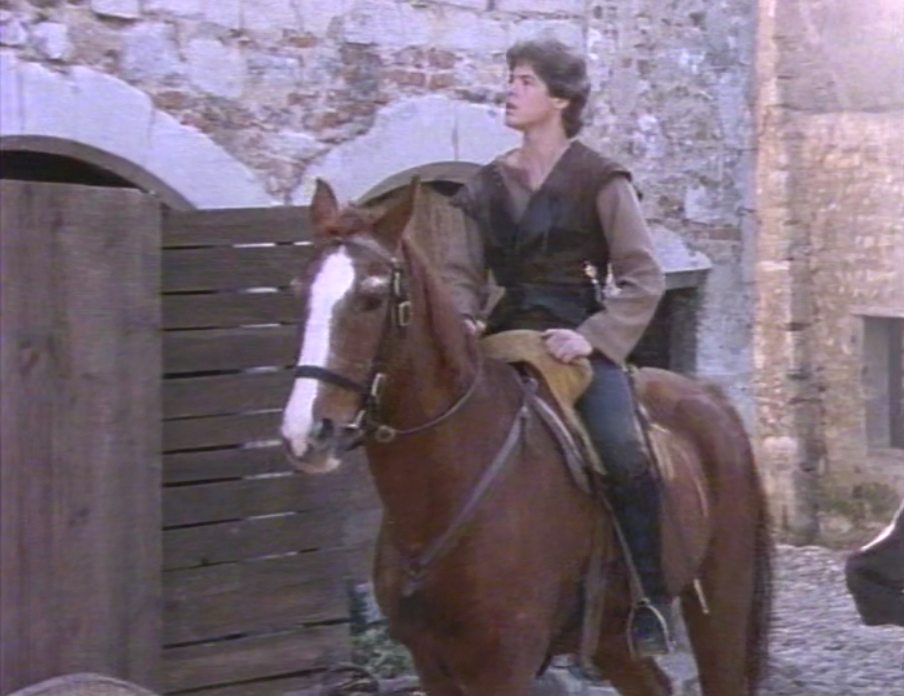

The corner of this building
2014 the corner
Lotus, episode 21
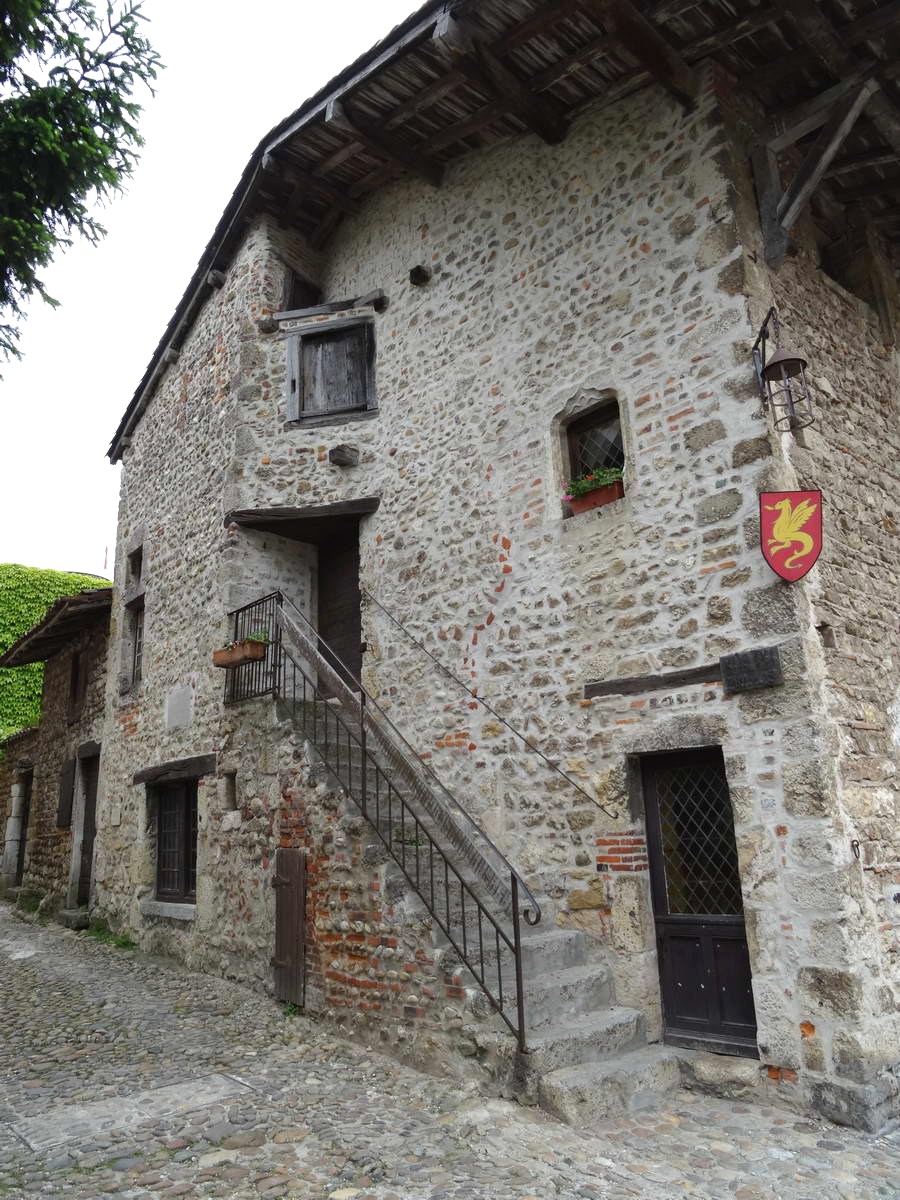
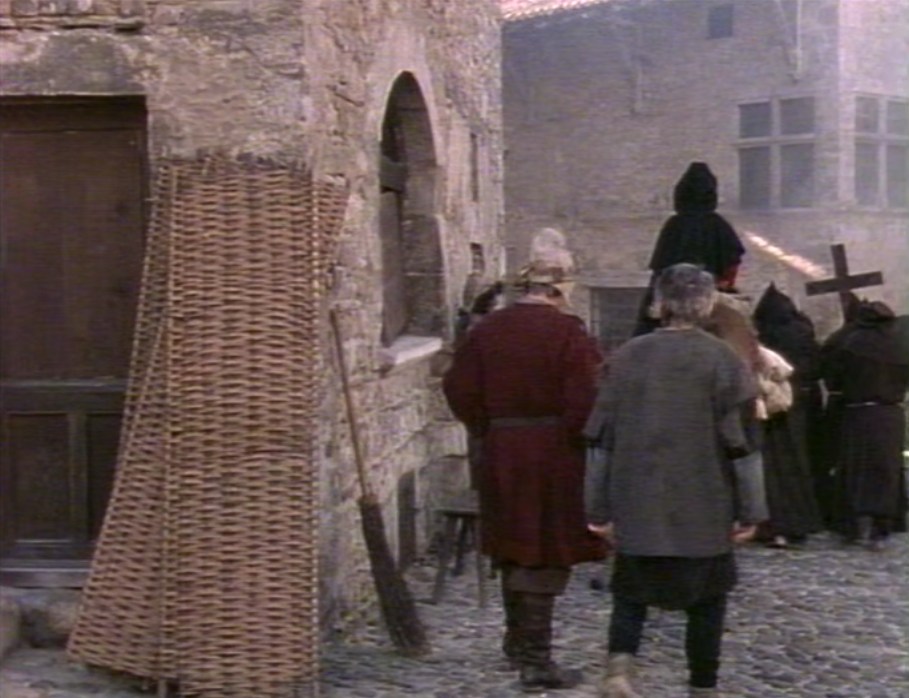
Matthew arrives at the door in
the middle with the slanted portal.
Physician
episode 22
Lotus episode 21
2014
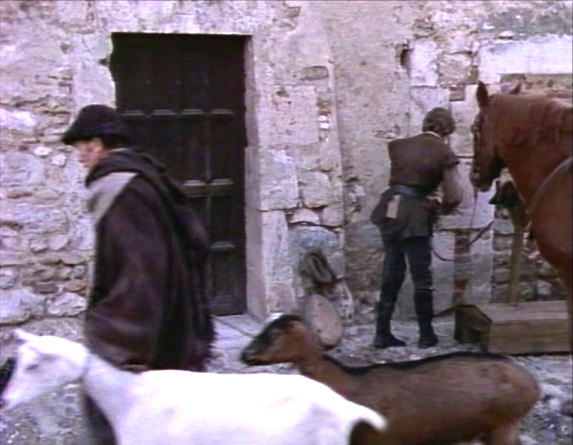
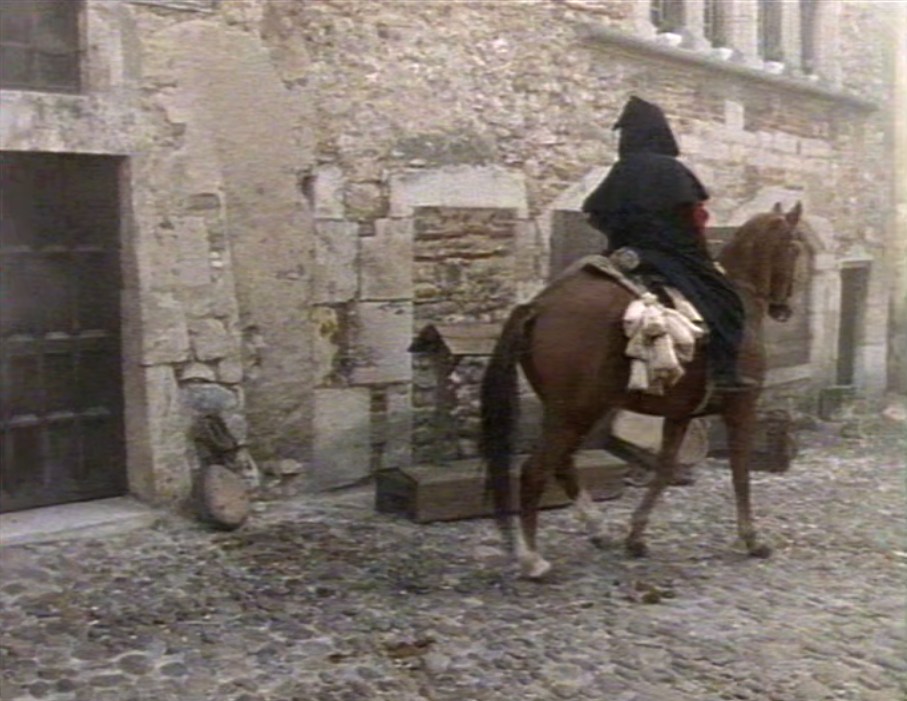

The inn
The interior of the inn:
is not in Perouges.
The fact that you don't see this door open
should say enough...It's
in Chazey castle.
They
were already filming there,
but because the castle is not open to the public and is currently being
renovated,it was very difficult to see more rooms. But we have been able to
discover some new rooms.
Compare this double location
Physician 22 Lotus 21
Is it behind this door? 2020: No, It's Chazey kitchen.
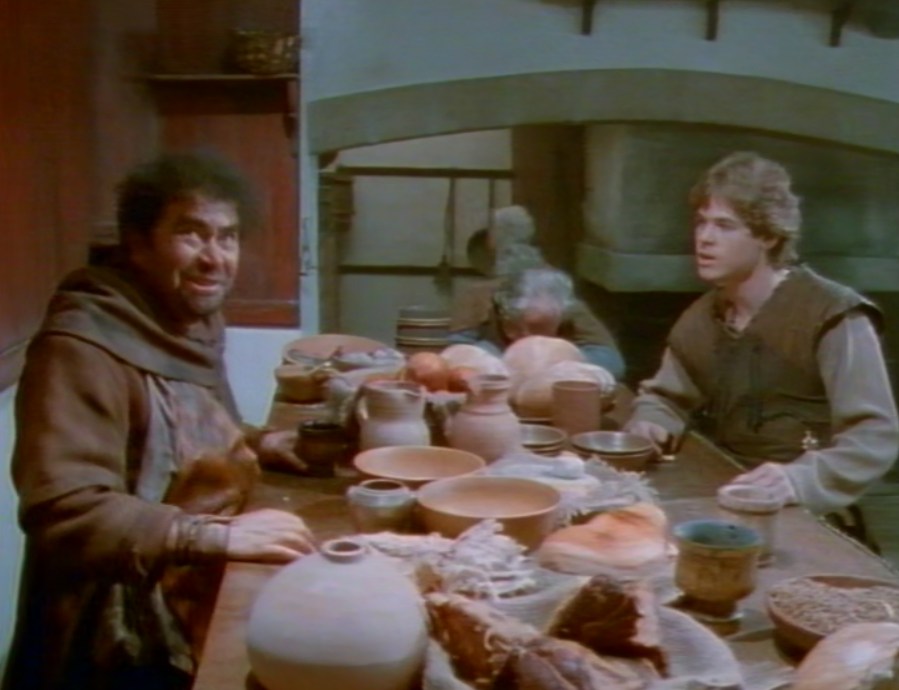
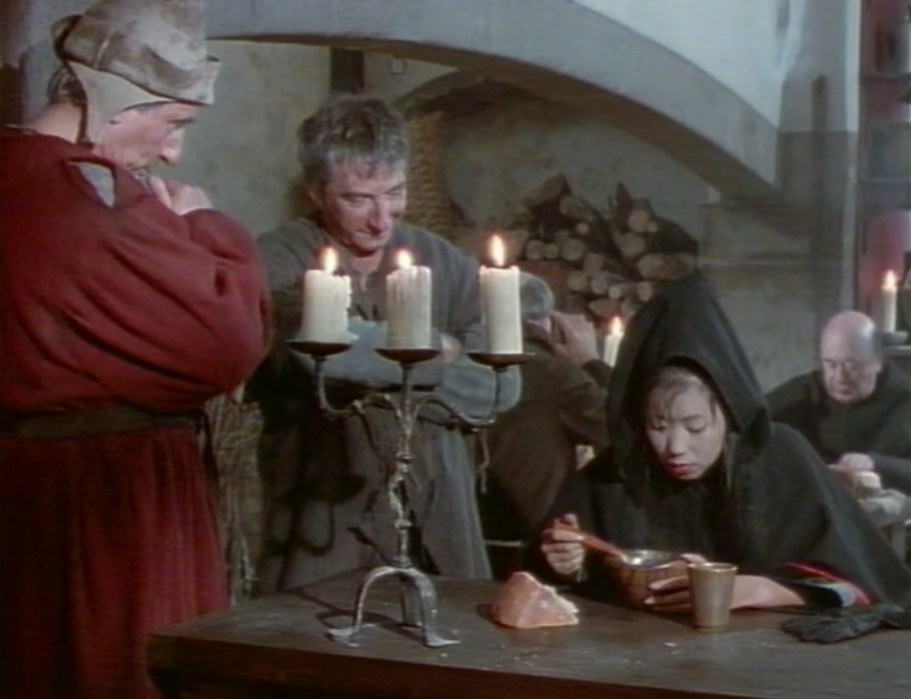

Physician 22 Physician 22 Look
at the arches
Lotus 21
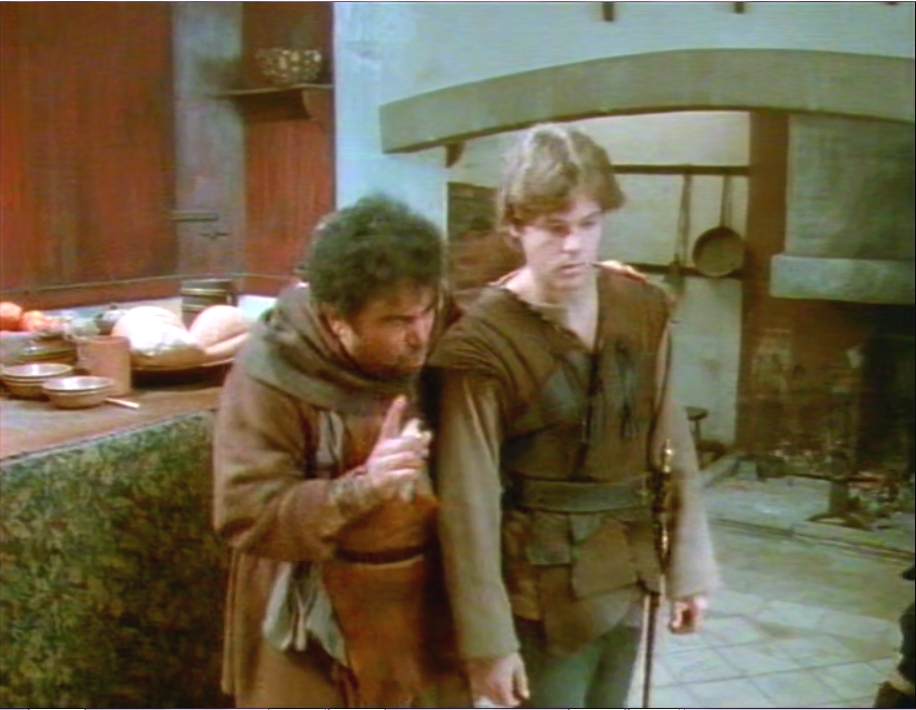
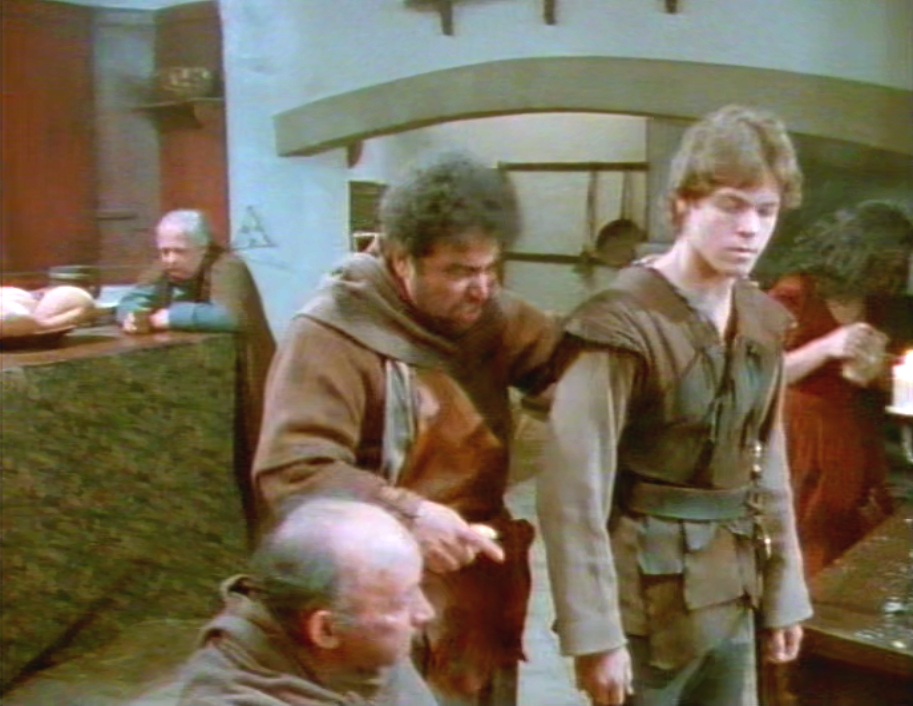
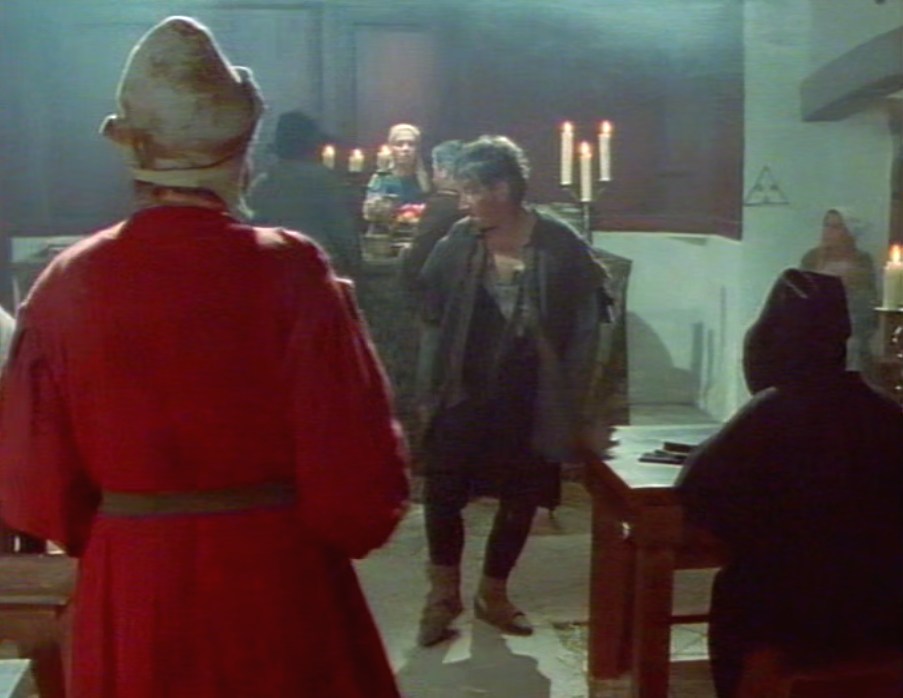
Matthew can
only find
a drunk doctor, Oswald.
He is thus forced to pressure the governor's personal physician for his father
to come.
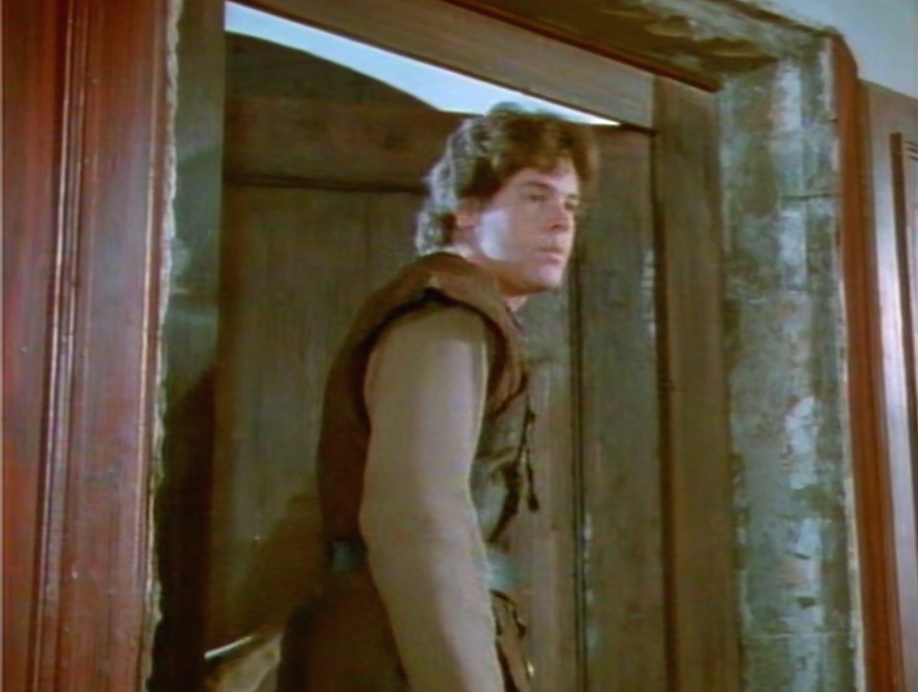

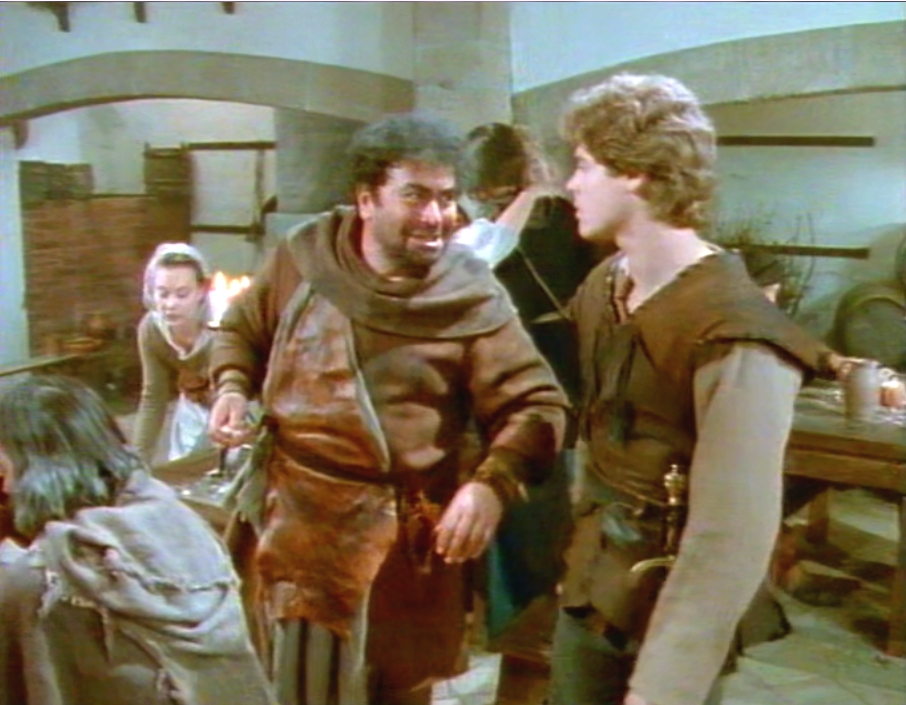
The Premonition
scene:
While Matthew does everything
in his power to search a sober and good doctor. Tell is still in a fever and has
a premonition about Katrina. Unfortunately she
got killed two episodes later. These two other people seems
poor people, who thought that William was almost dead, so they could take his
bread. But when the
young boy sees that William is still alive, he looks at his grand
mother because he is not sure that what he is doing is honest...
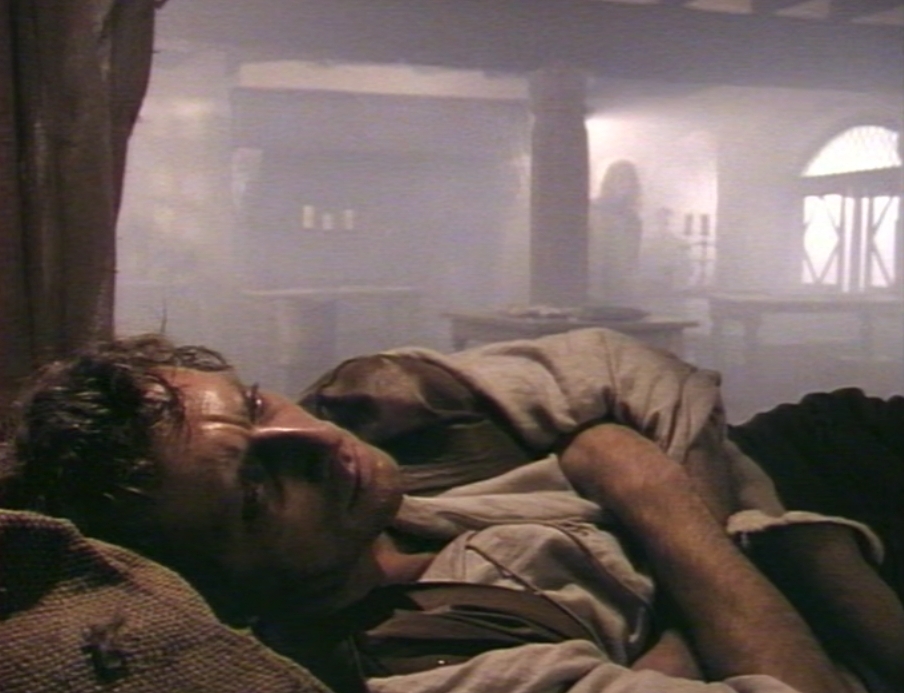
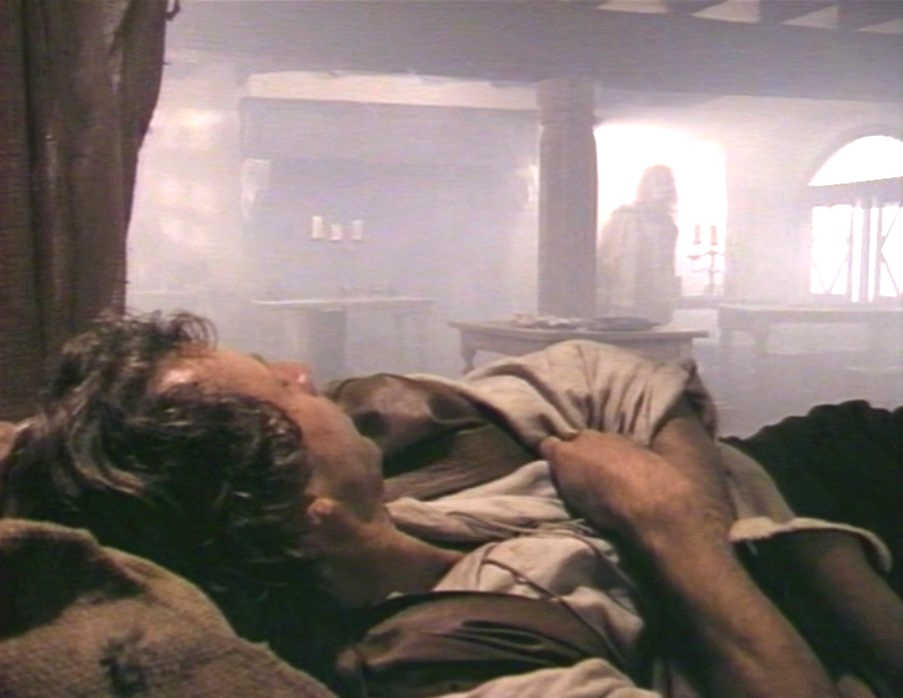
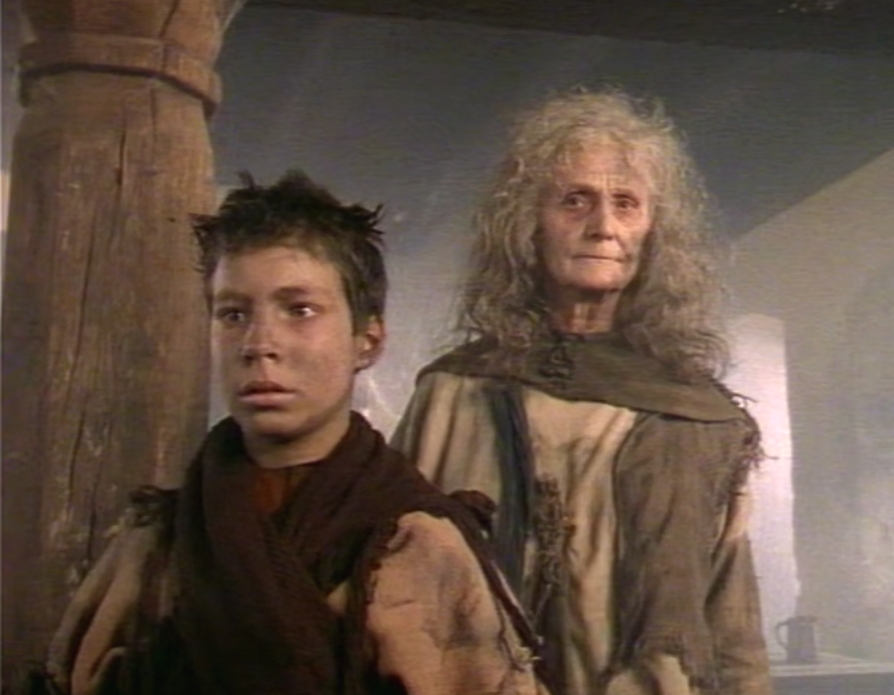
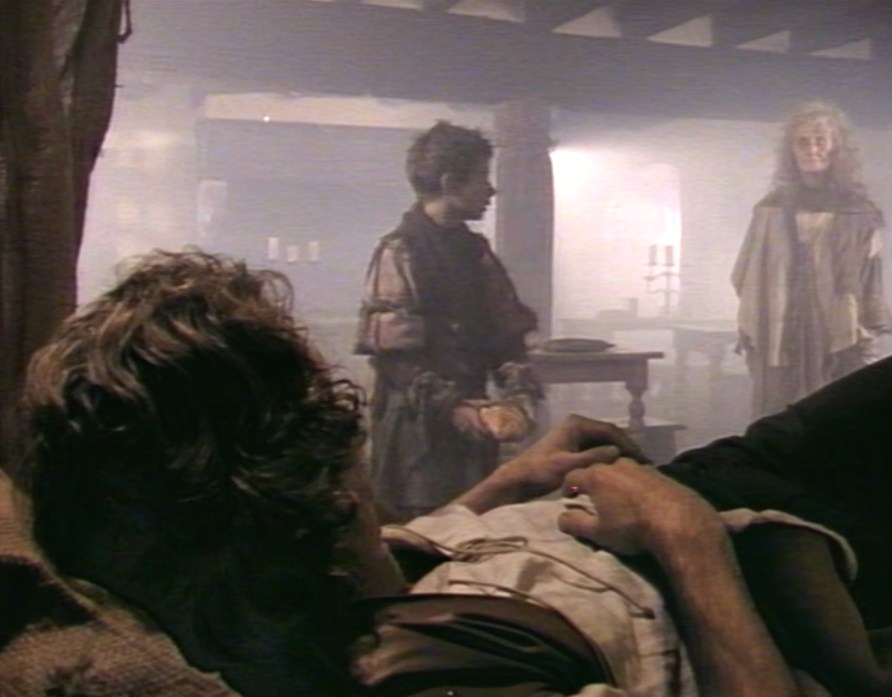
The Nightmare
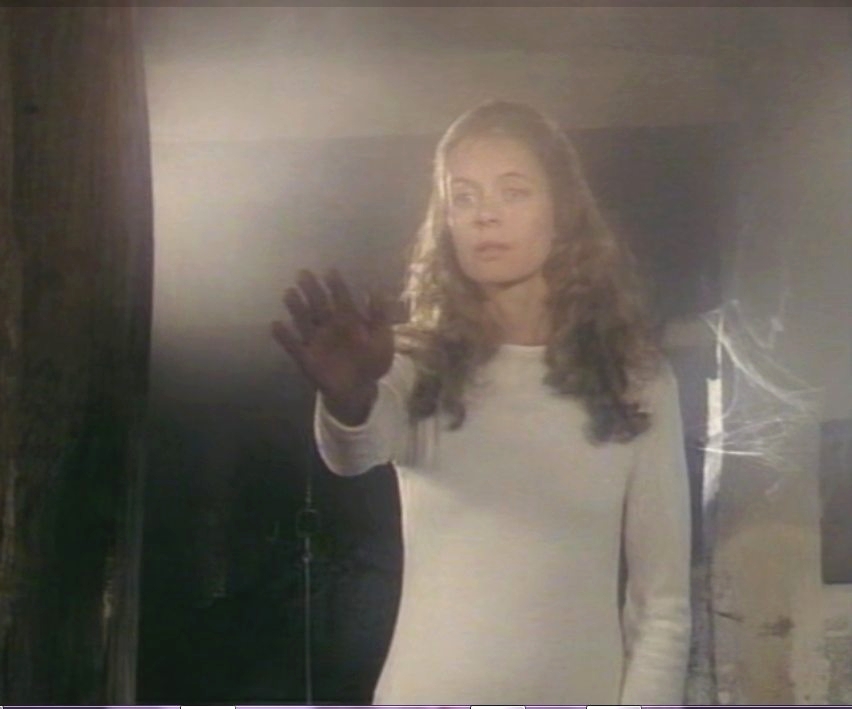
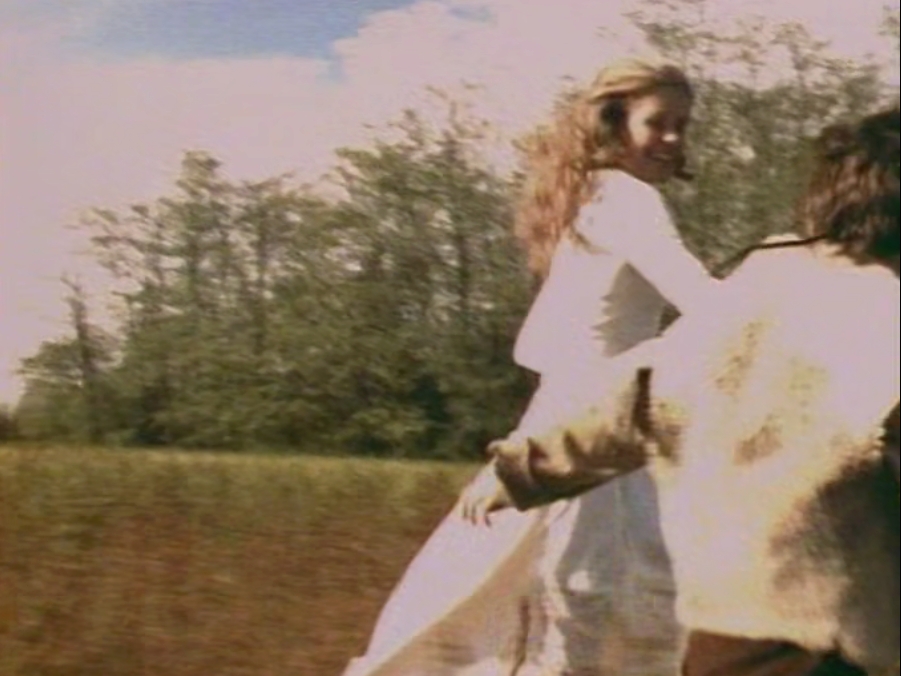
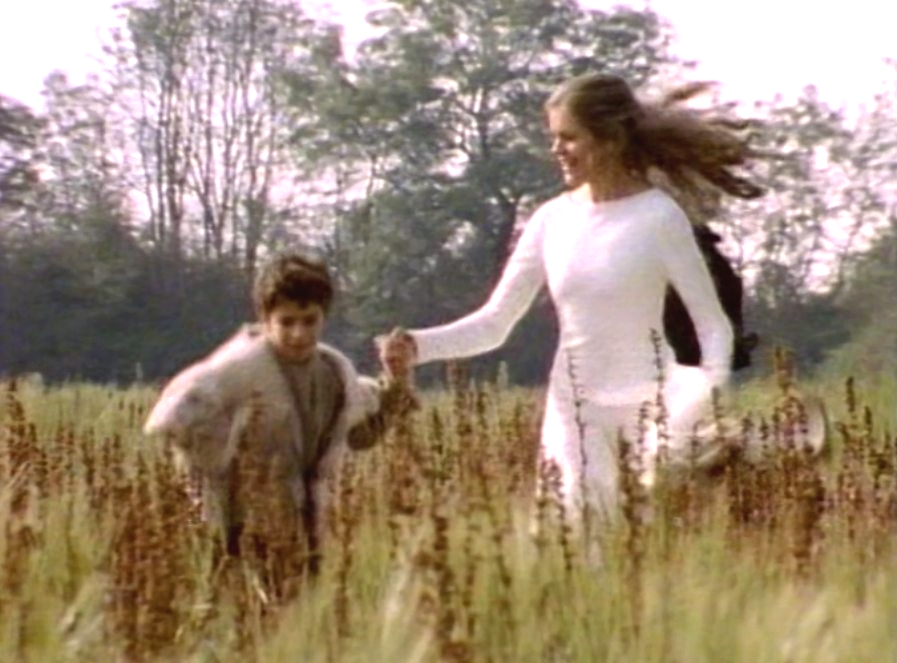
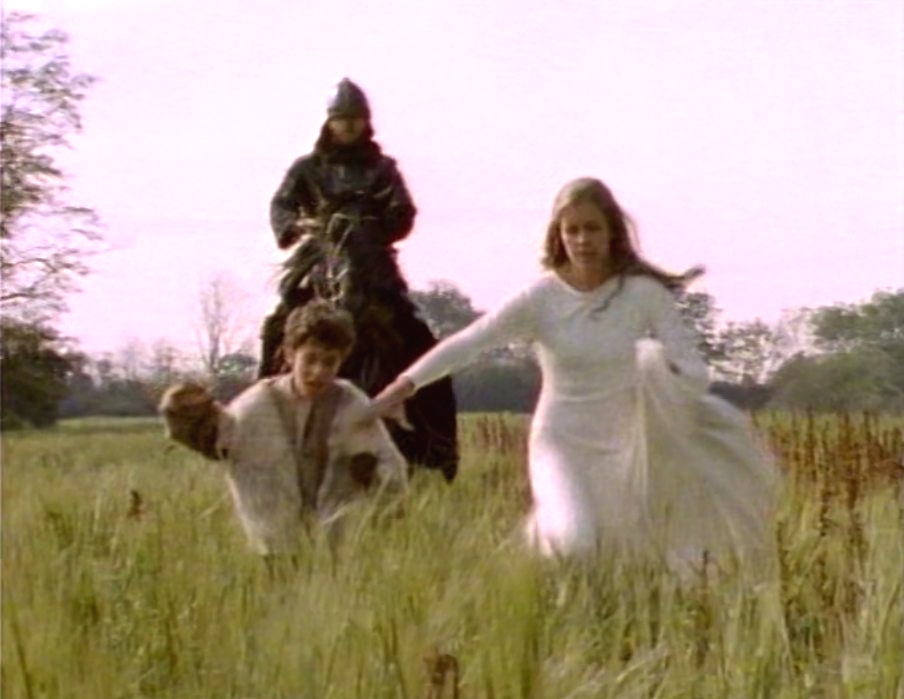
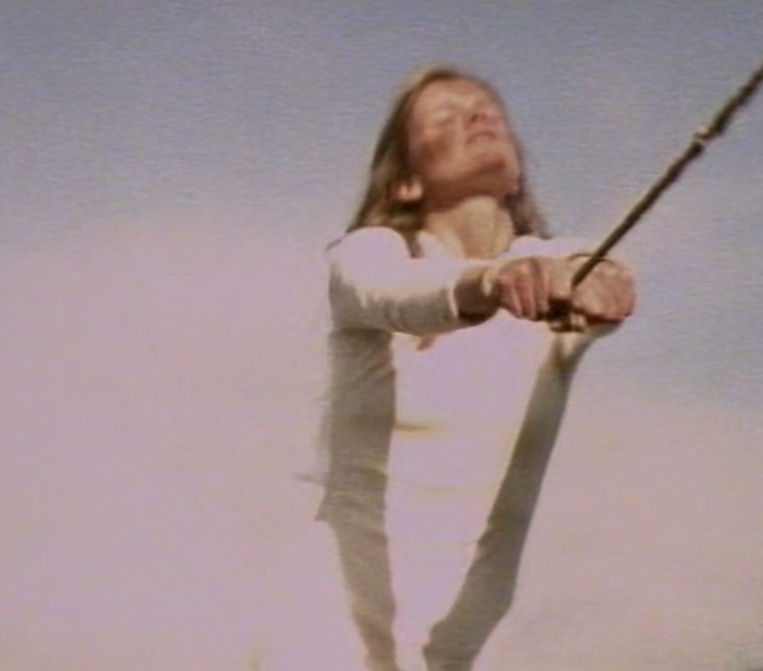
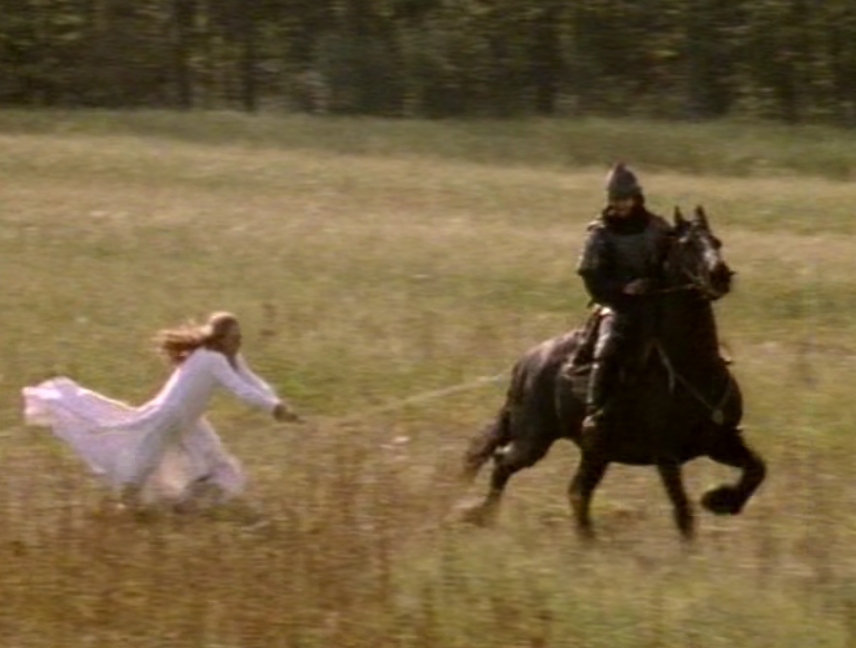
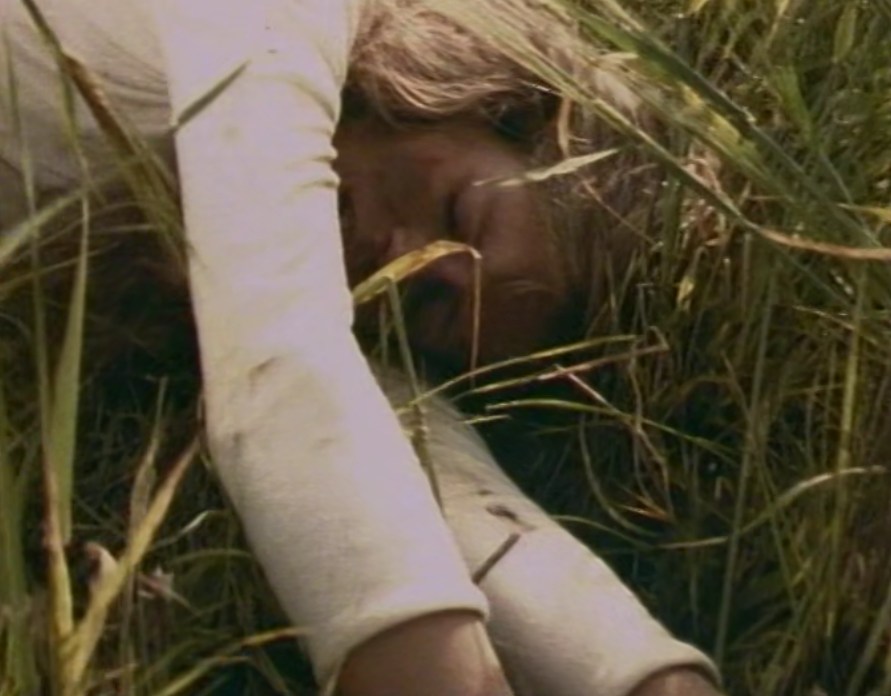
Location
field:
No idea. Can be everywhere around Perouge or Chateau Chazey. Fact: They made a
short shot of Katrina in Perouge town (photo left above). This
meadow seems around Chazey castle.
Chateau Chazey
-
The interior
1986 Same room, other angle.
See
the sheets on the wall, I thought were hanging there for Crossbow. I didn't know
they were orginial. 2016
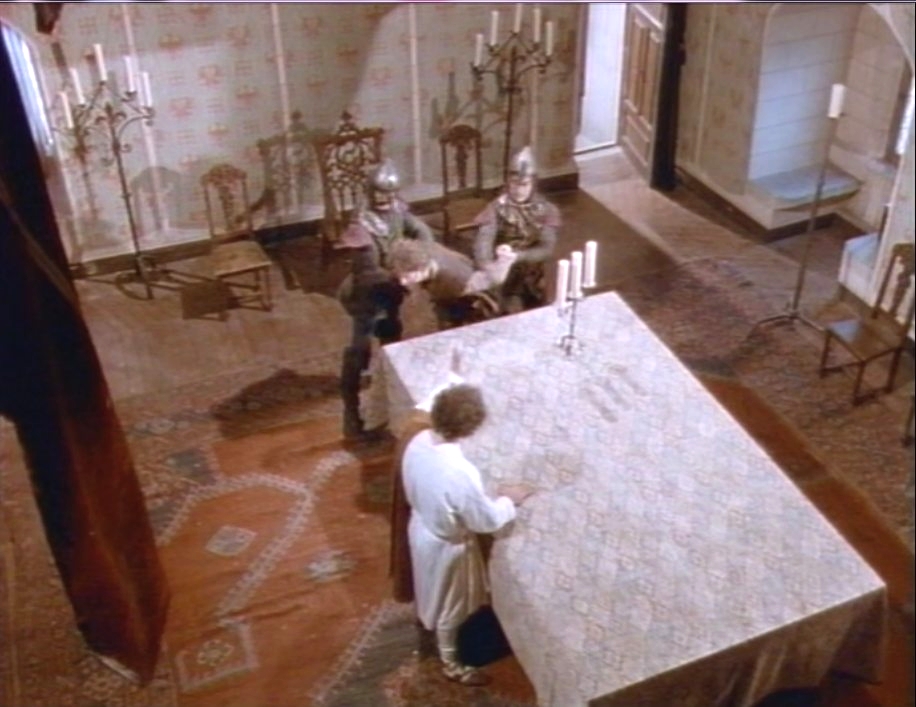
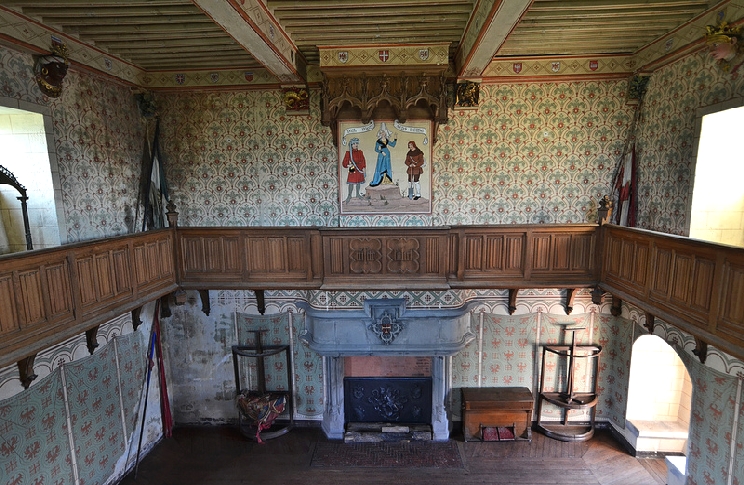
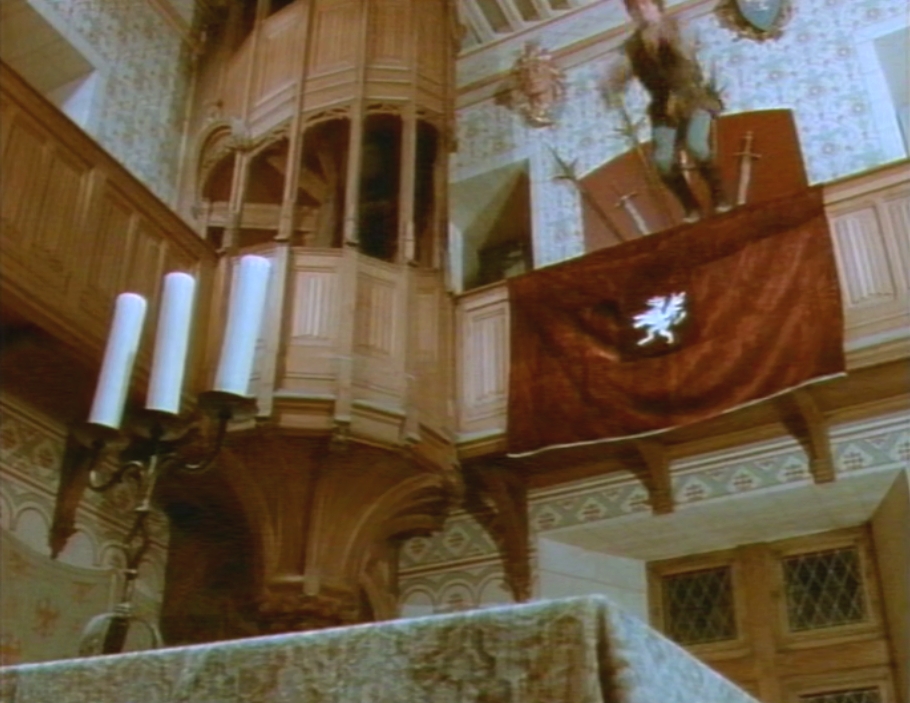
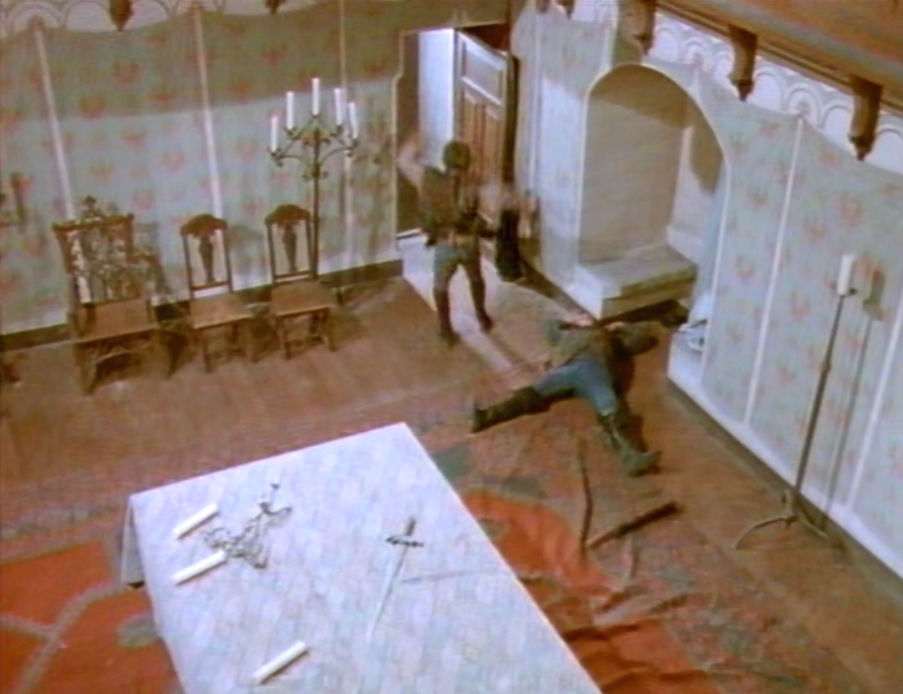
Scene: Matthew couldn't find a sober
doctor in town. He decided to visits the Lord's doctor in the castle. He had to cross lots of difficulties
to see 'the Physician.'
The Physician: "You must be very fond of
your father taking so much risk." Matthew:
"I am" Matthew is desperate and he tells him if he doesn't help he will kill him.
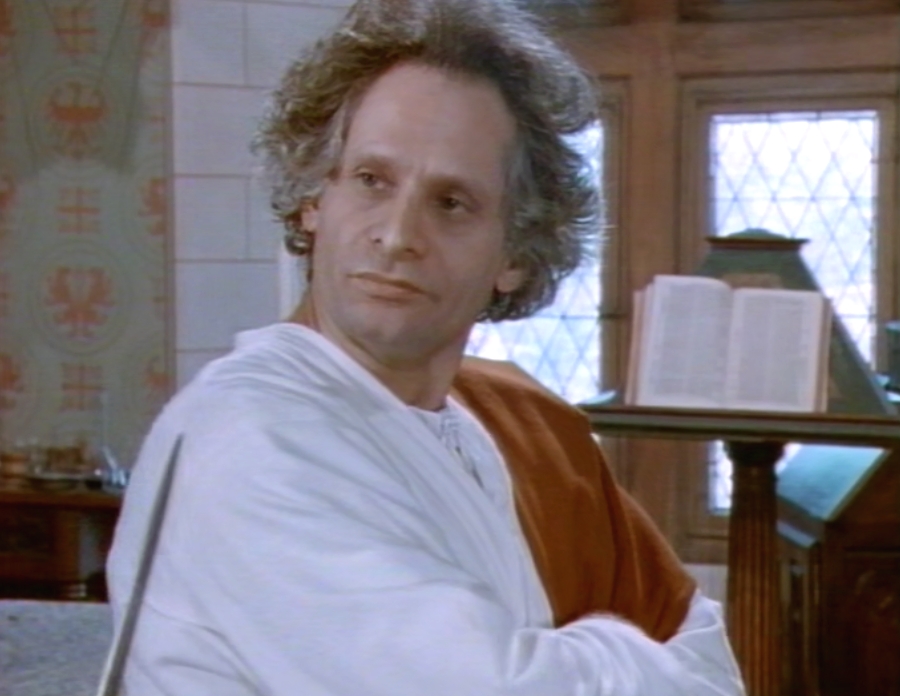
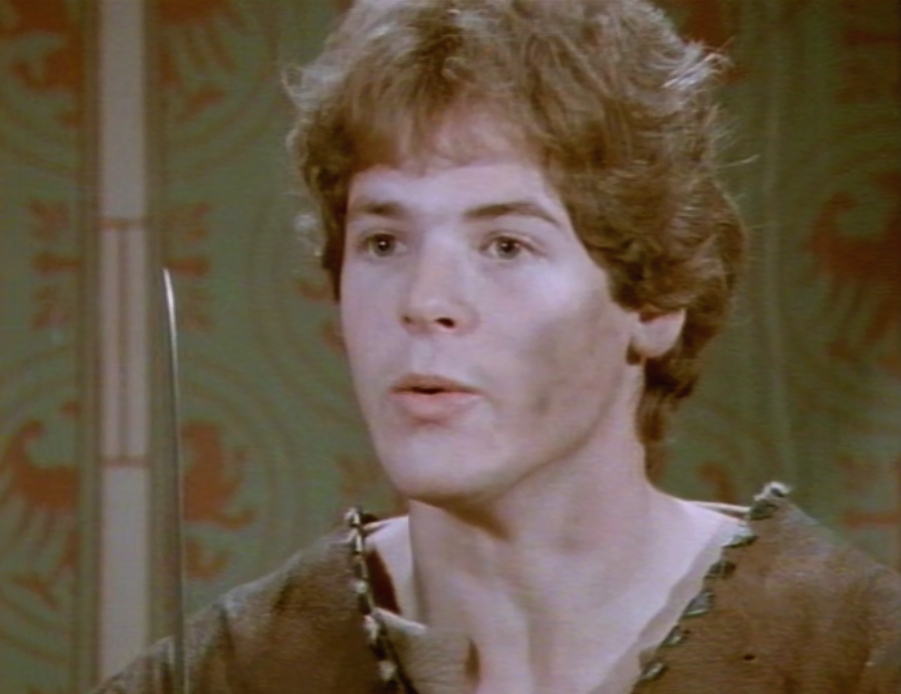
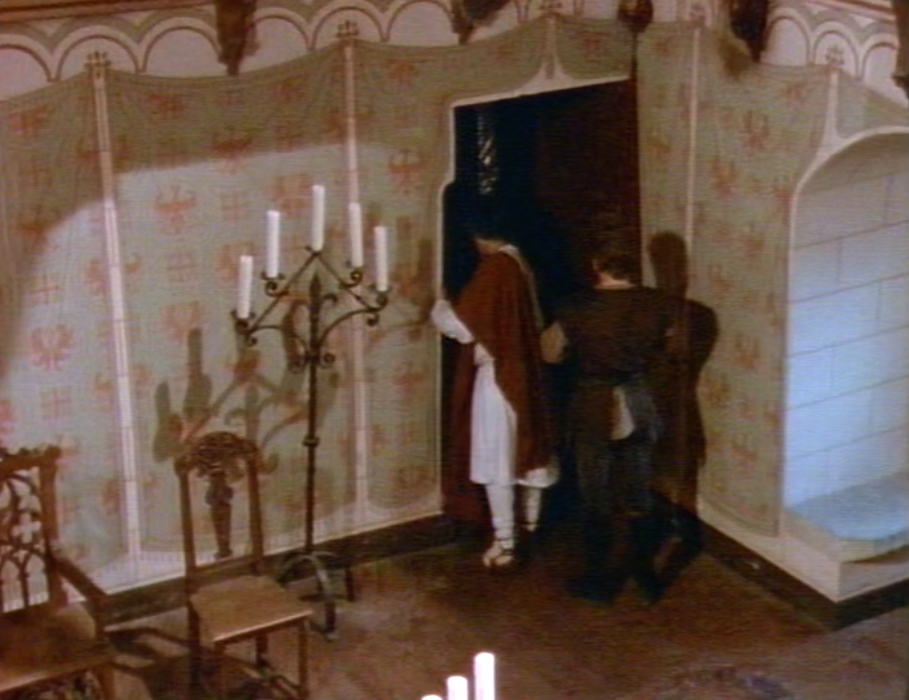
The physician is
in conflict with himself and knows that this is going to be dangerous for him.
On the other hand, his Lord, the noble patient, is depending on him and
will not
just fire him. Finally the physician visits Tell. The
lord is convinced the doctor is visiting William Tell and he let them being
followed.
Interior: Perouges.
Interior castle of Chazey.
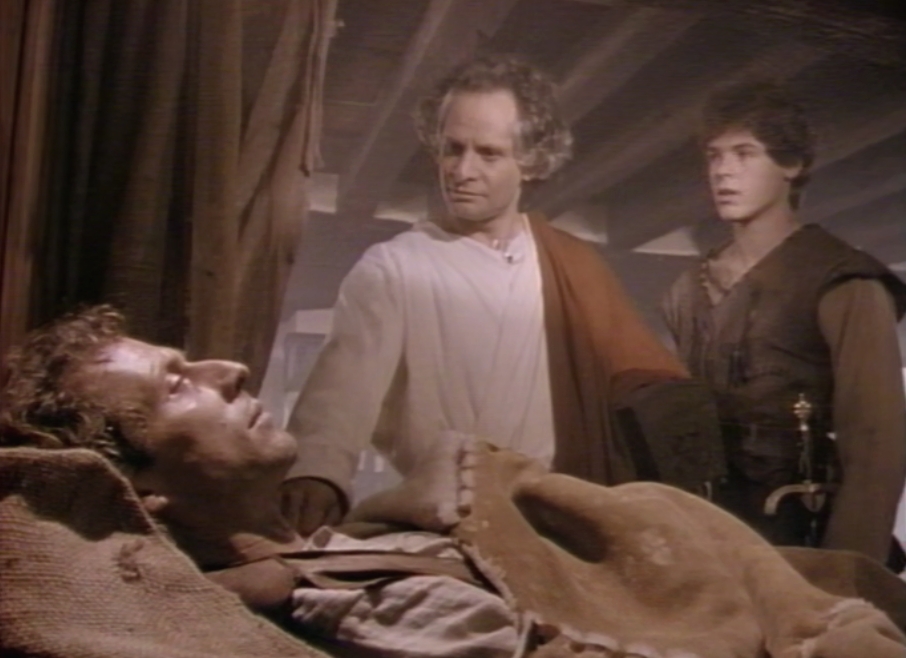
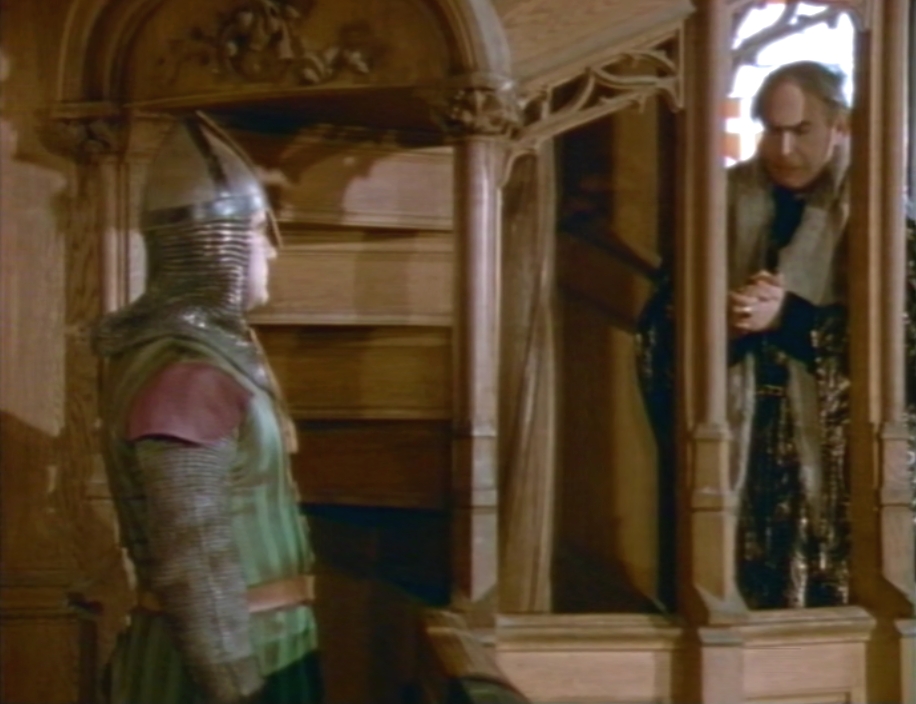
When Matthew leaves the place to get fresh
water...the soldiers arrive.
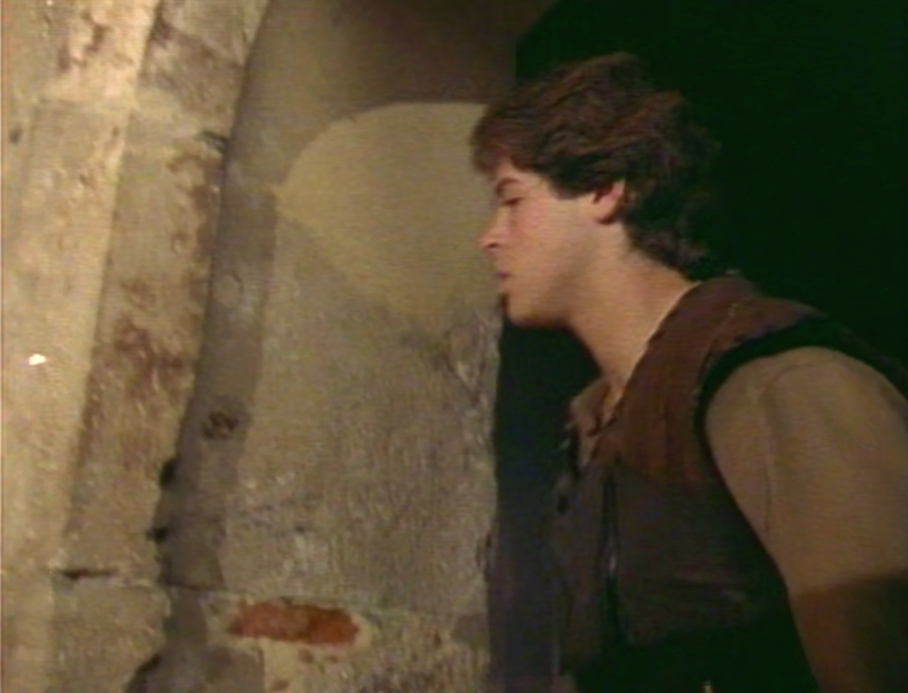
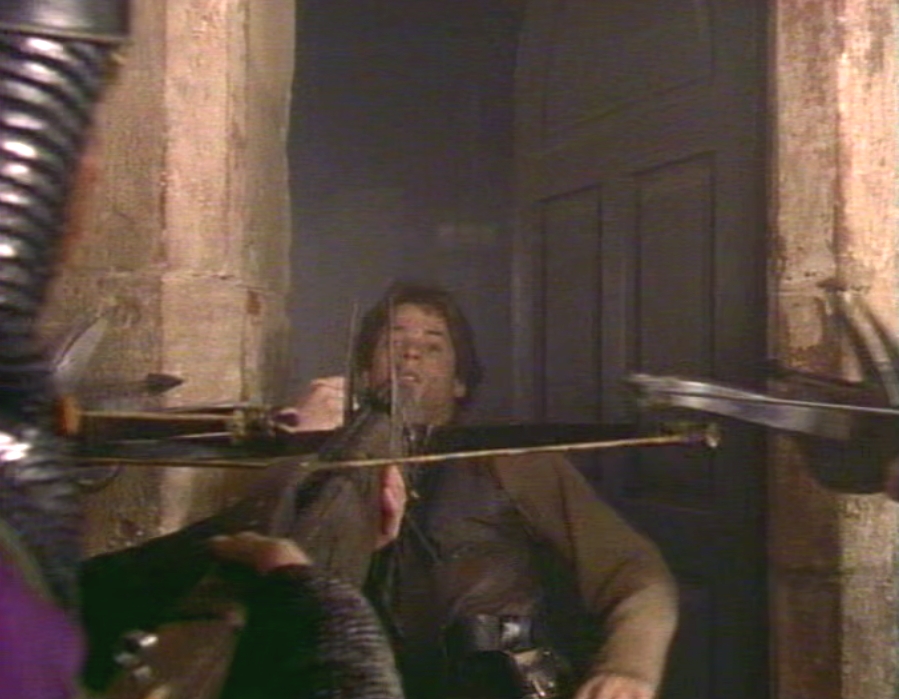
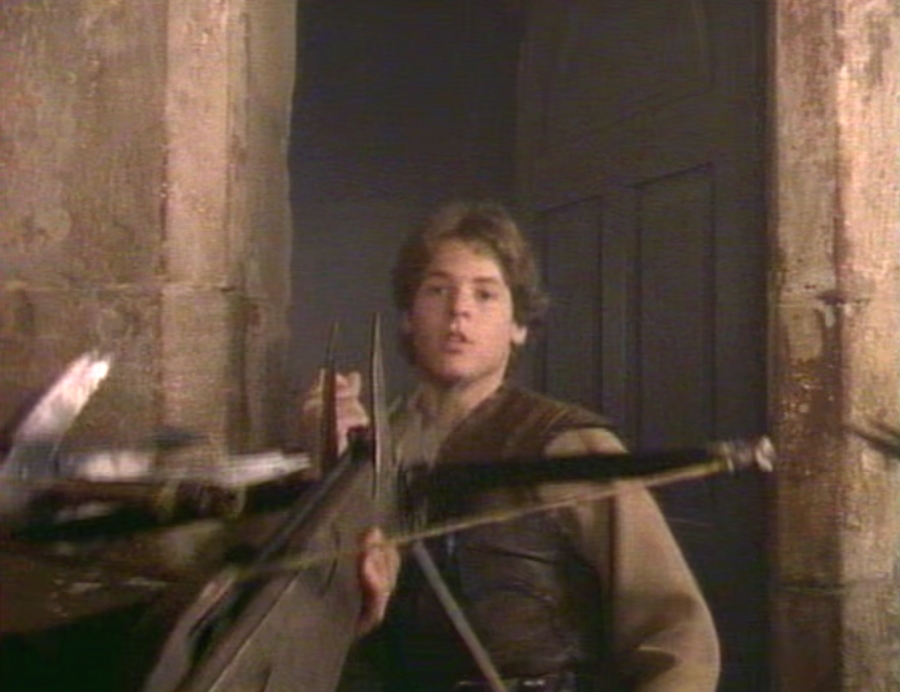
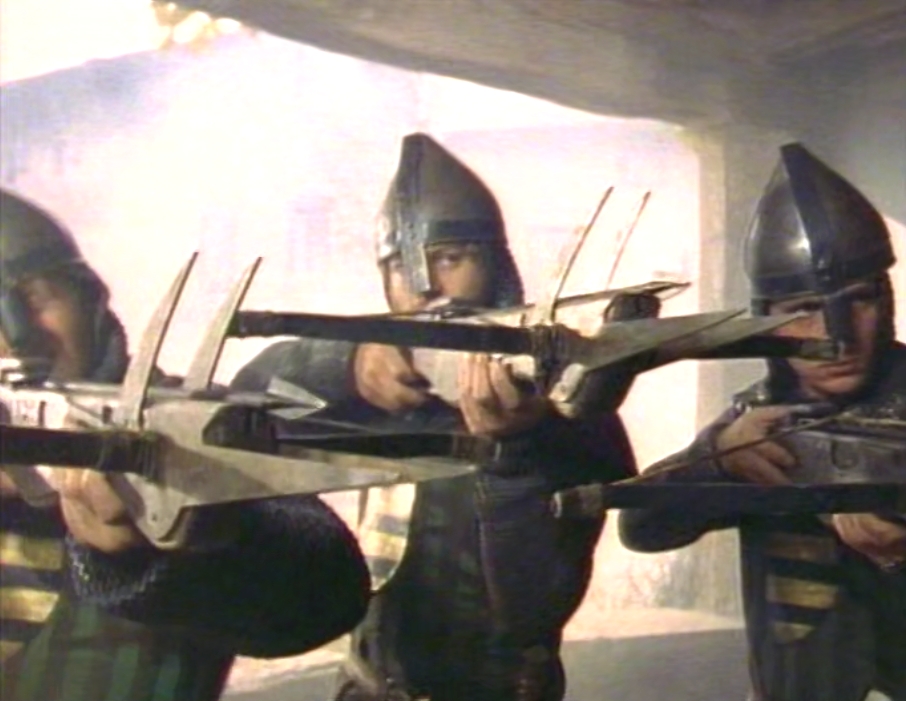
Courtyard Chazey
Scene:
Horst visits the landlord.
This courtyard of chateau Chazey was
closed so the photo is taken under the huge porch. Chazey is open to the public
for only one week in the autumn season.
1986
2015
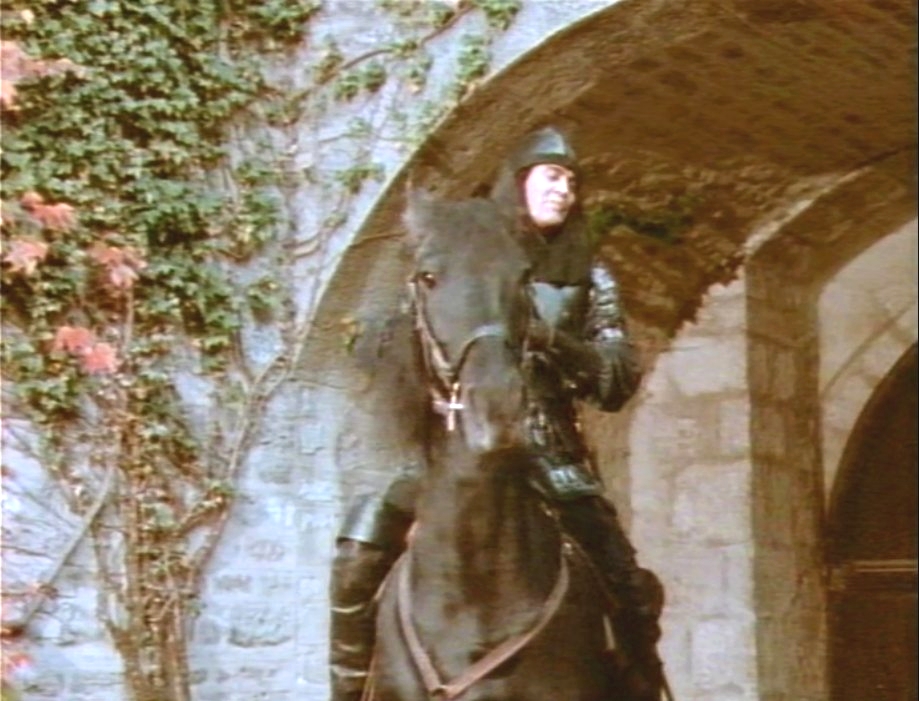
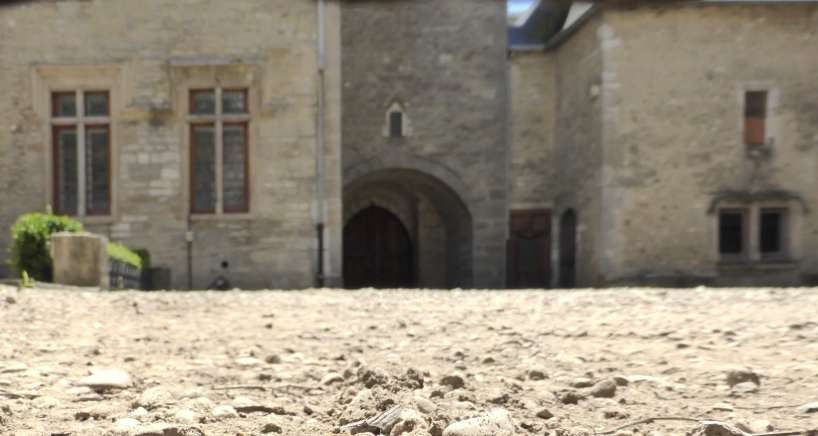
The key to
freedom
The prison
Unknown
location
It would be obvious the old part of Chazey or elsewhere in Perouges. I don't know... who recognizes these stones? Right the tower of Chazey,
this doesn't correspond with the cobbled stone of Perouges. I really think it could be in the old part of Chazey. I will ask the owner soon.
Differences in stone This tower in Perouge doesn't seem the same, I think it's the old part of Chazey
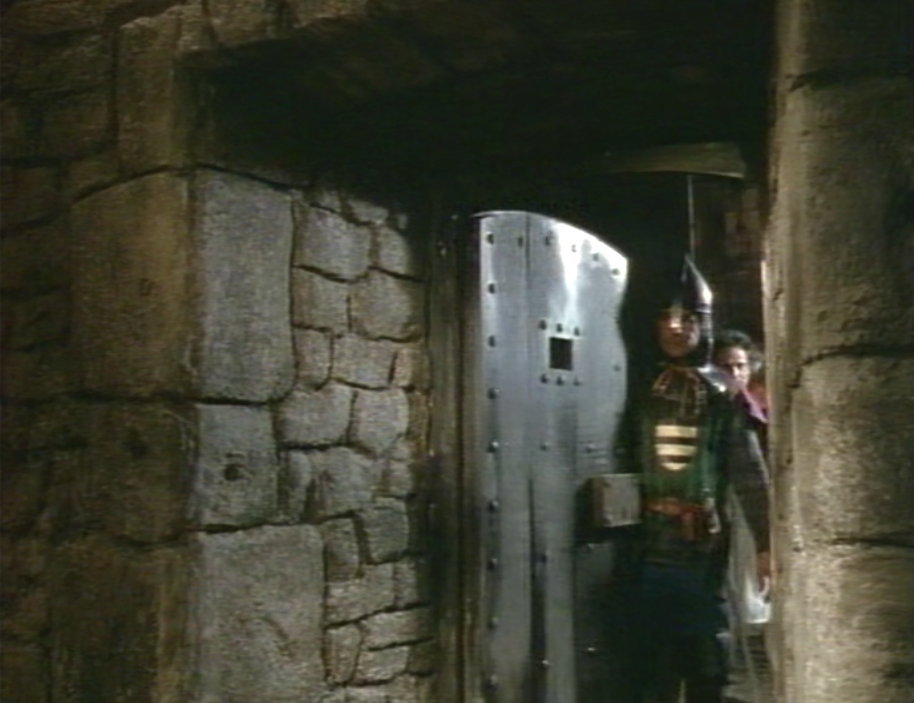
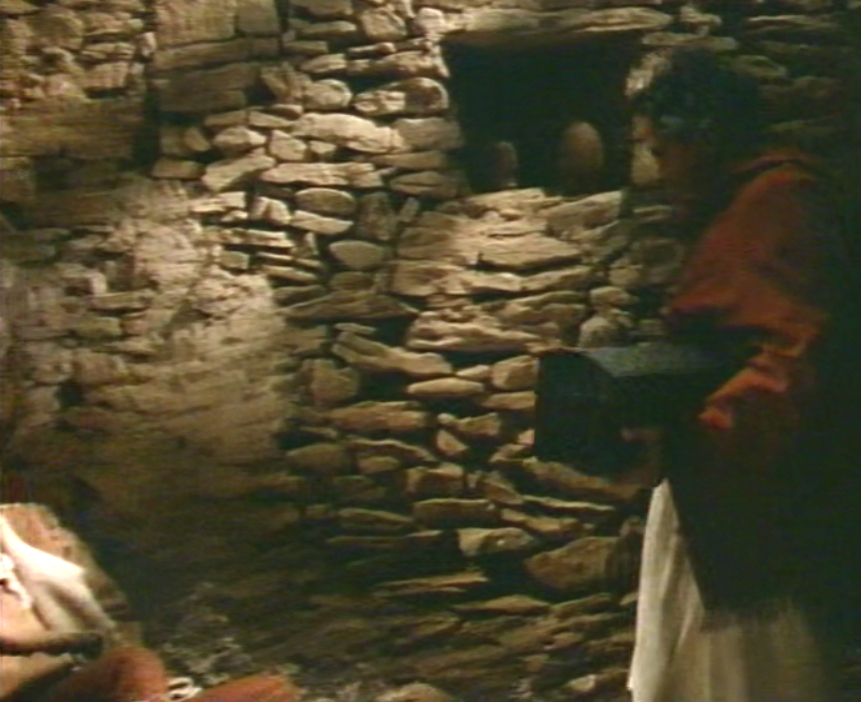
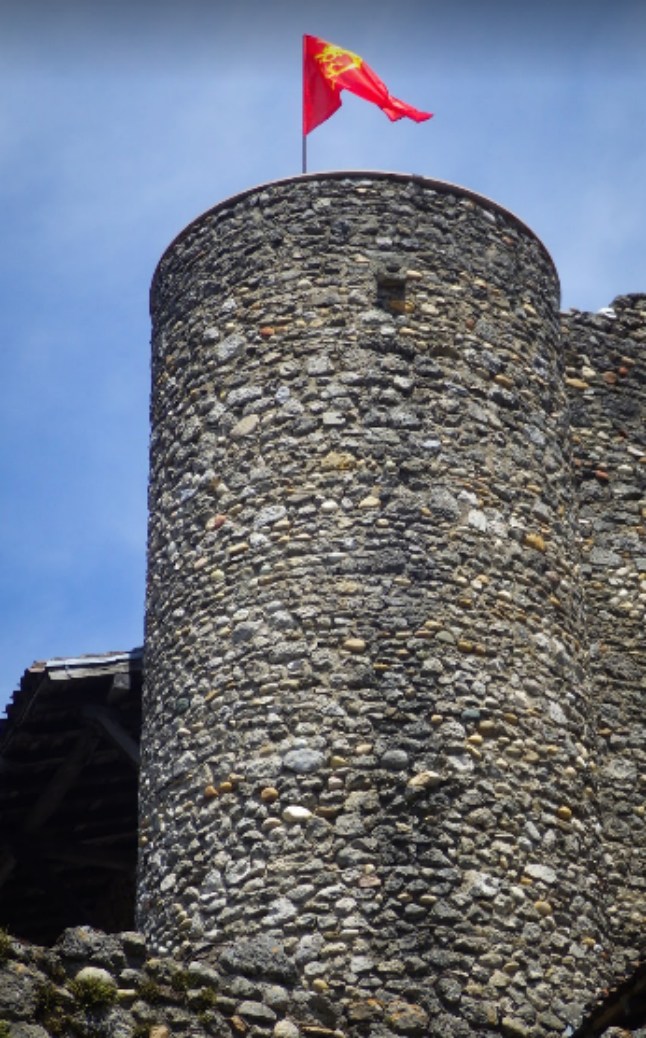
I think it's not in the tower of Perouge above but in Chazey, the place below
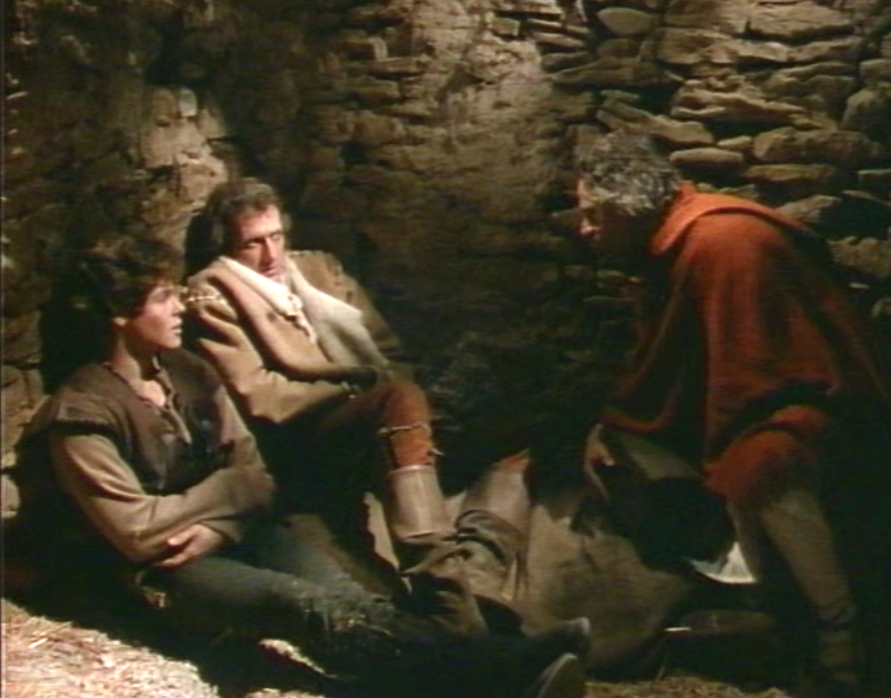
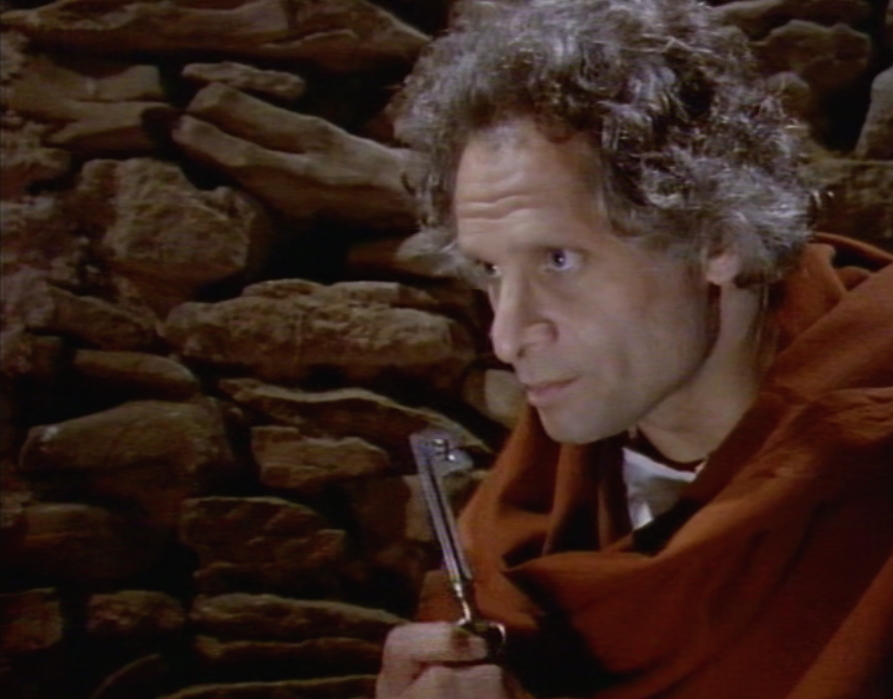
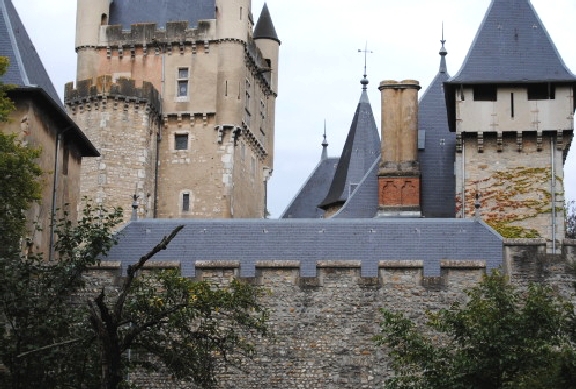
Black Flague scene
Location Chazey
The Chazey castle gardens
The
arrival at Chazey
castle
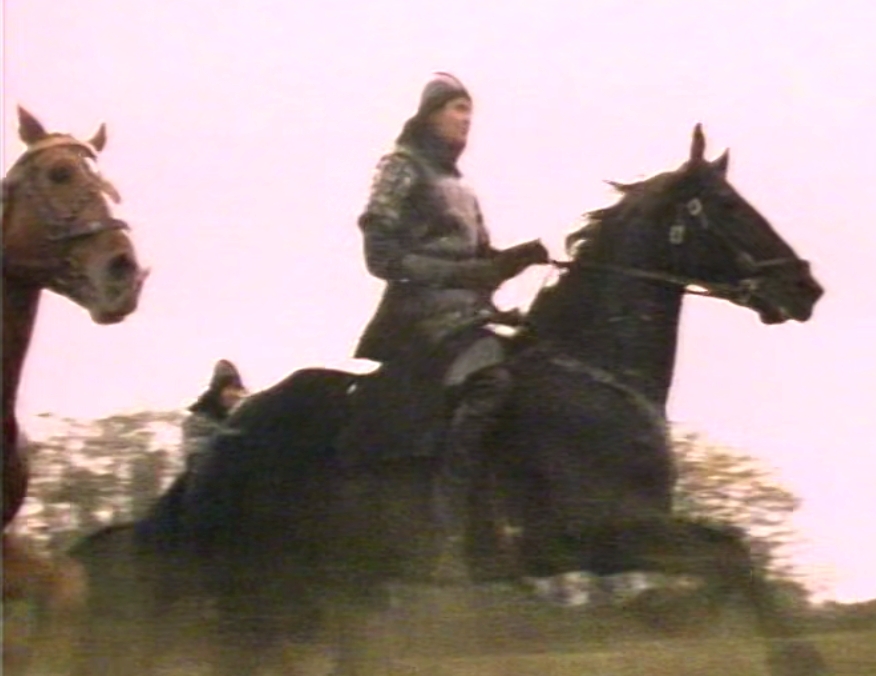
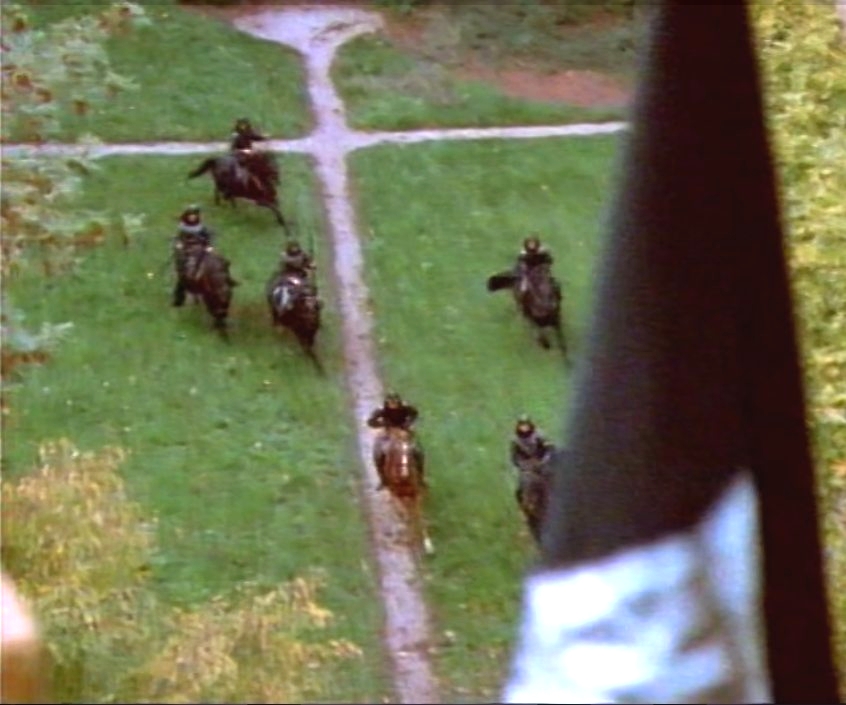
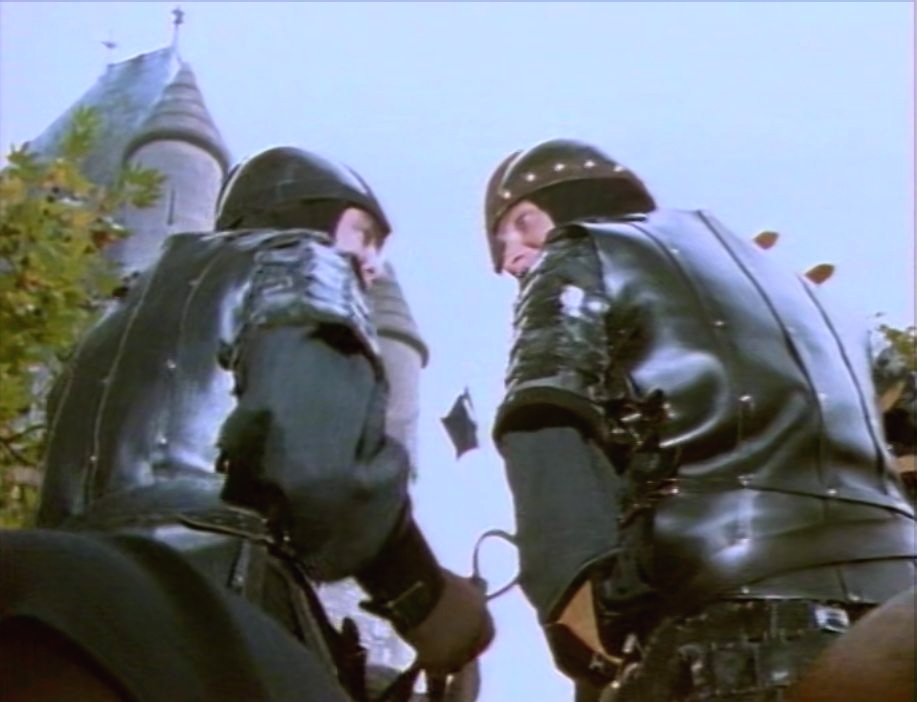
Soldiers and brothers. Horst and Ian
Brimble are riding together as Black Knights. Matthew quickly raised the black flag
just before they arrive.
Matthew and Tell got the key. Tell is to
ill to walk and gives the key to Matthew.
Matthew
wants to save his father as well... he
took a black sheet and
raises it on top of the castle, just before Horst arrives.
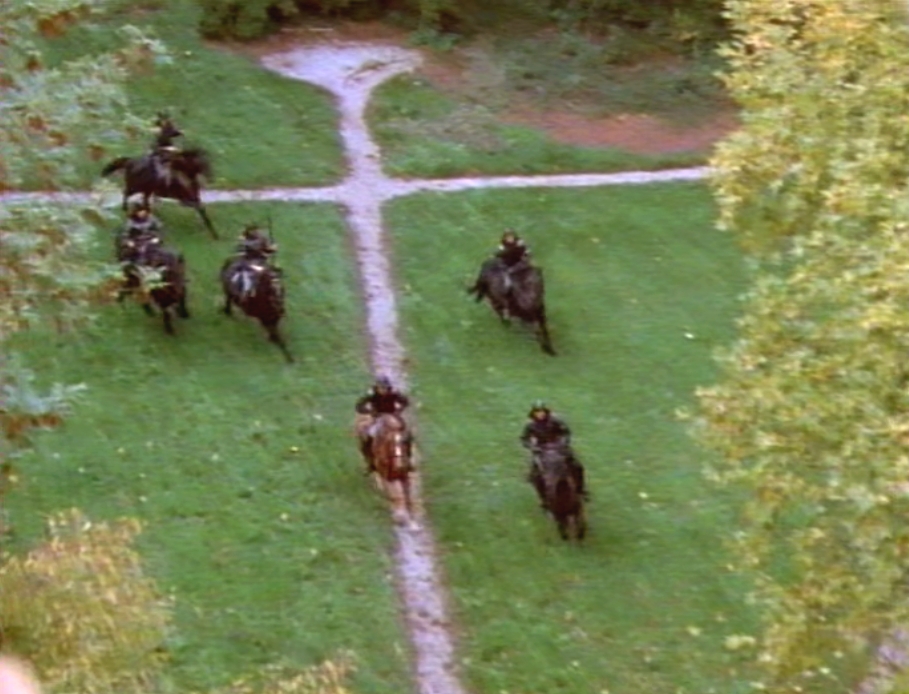
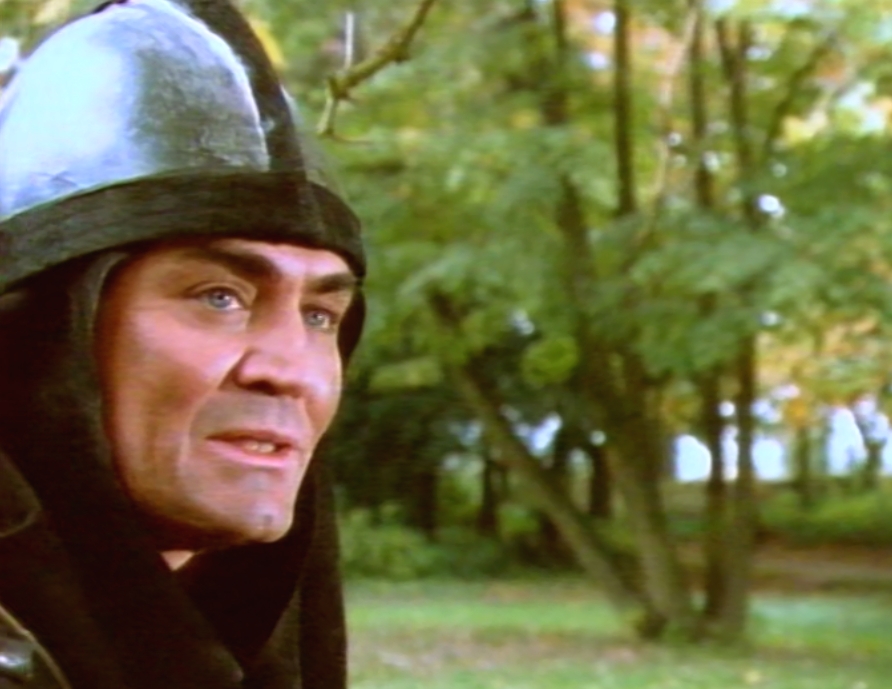
Soldier Ian to Horst: They raise the black flag.
Horst:
'So
what?' Ian: 'It's the 'Plague' flag. It could be around here.'
Horst: 'now
move!' And they turned around.
Shot from the northern garden 1986
2014
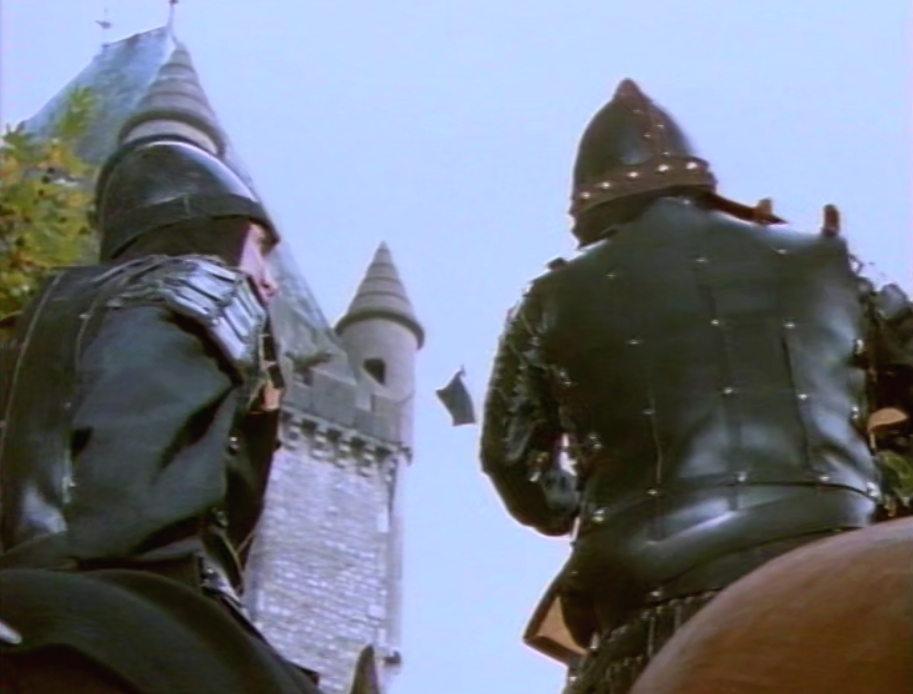

Nice autumn shots of Chateau
Chazey!
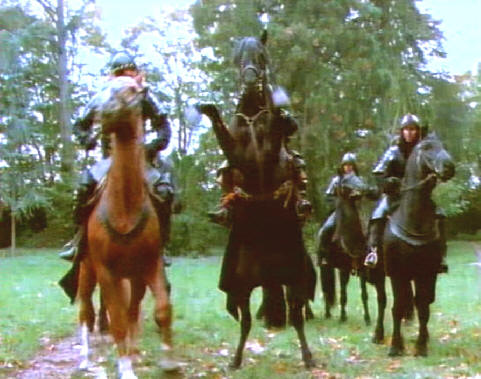
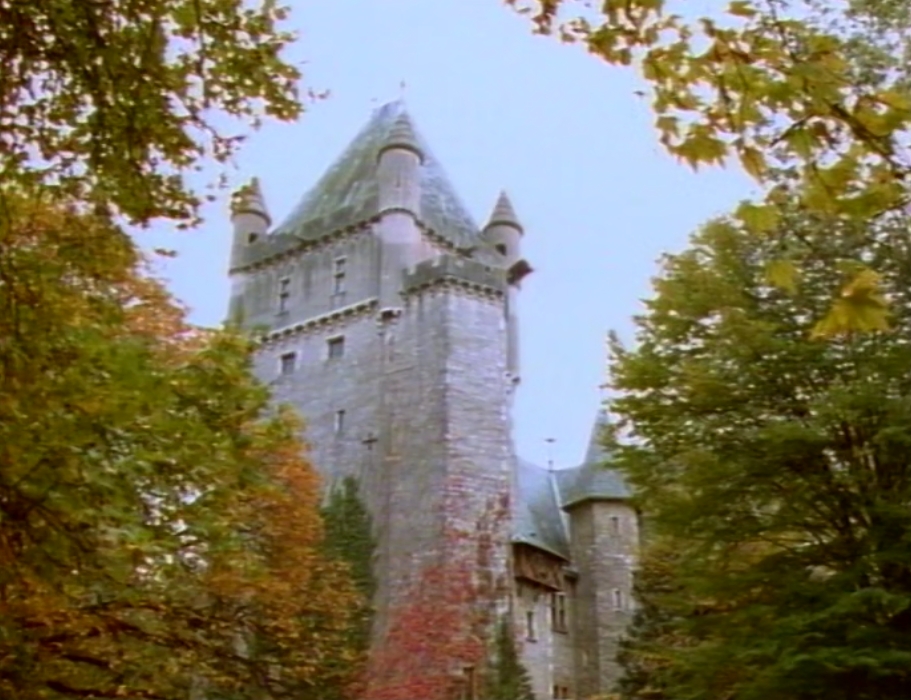
The rebellious physician
Scene: Lord of the castle:
"For some reason the black
flag is raised and half the country is in a panic! More problems!" The lord is strongly depending on his doctor but wanted to deliver Tell to
Horst soon.
Besides the landlord is terrified of Horst. His
doctor objects and gets in a quarrel with the lord. The doctors protects his
patient strongly and threatens to leave the castle lord. But the
lord has already told Horst about it. Too many troubles for the
lord and he gets his terrible stomic aches back again and needs his medicine quickly.
But the doctor refuses to make it for him.
Then the lord has to choose and overlooks the
action of the doctor.
Location: Chazey
castle.
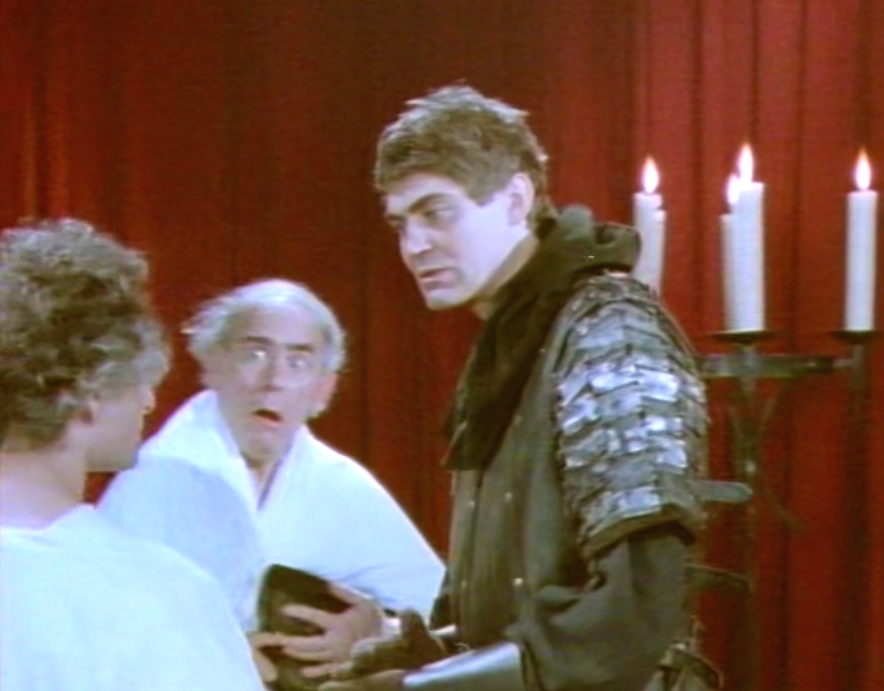
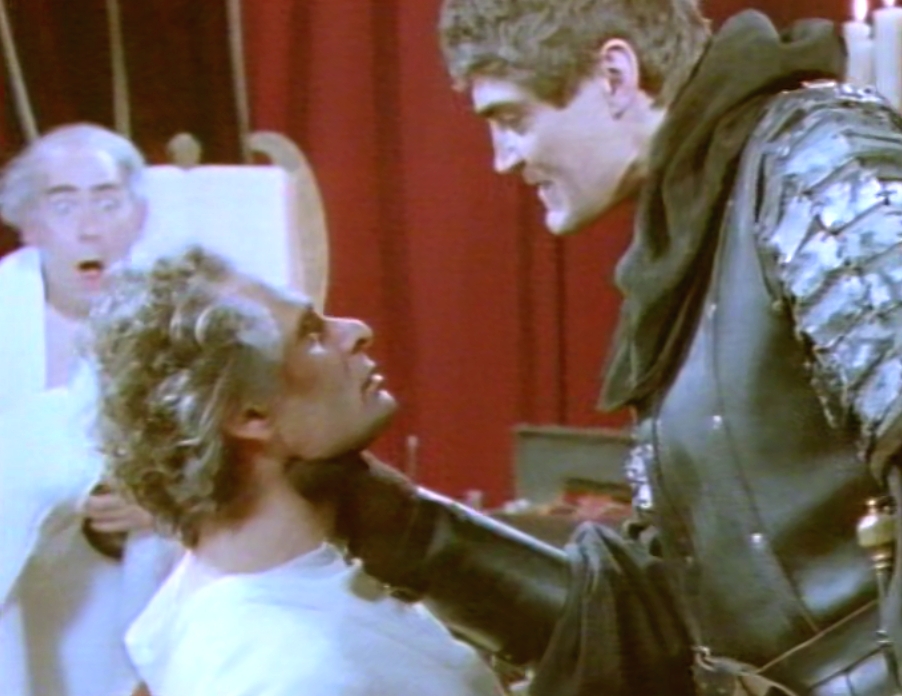
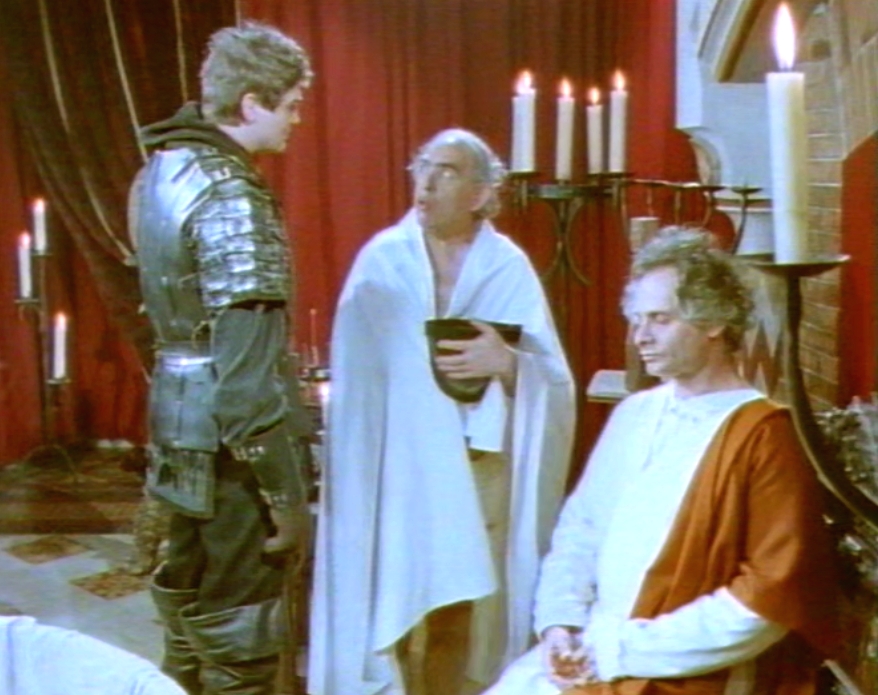
Half the country is in a panic
since the black flag is raised. But the lord behold his doctor he needs so much. He
has to let go Tell and Matthew. Shots inside the castle of Chazey.
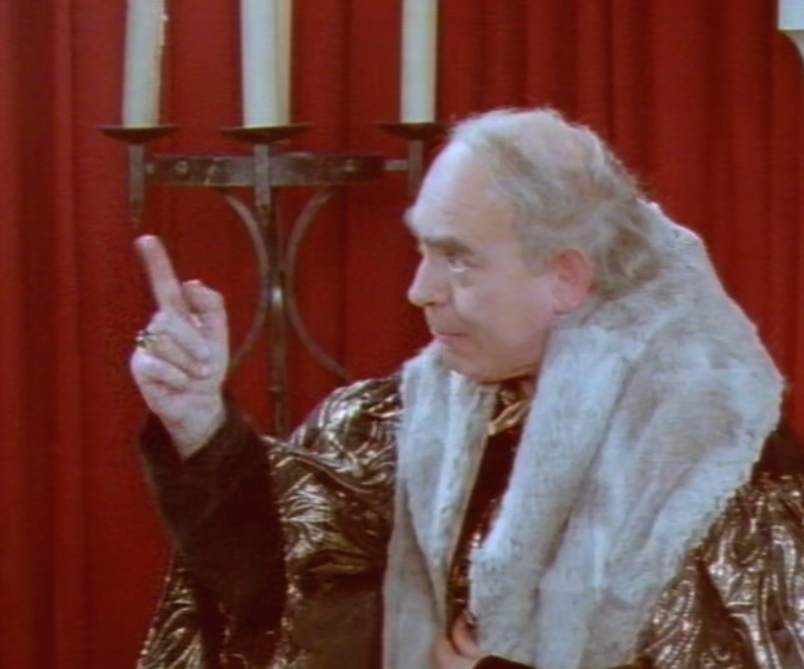
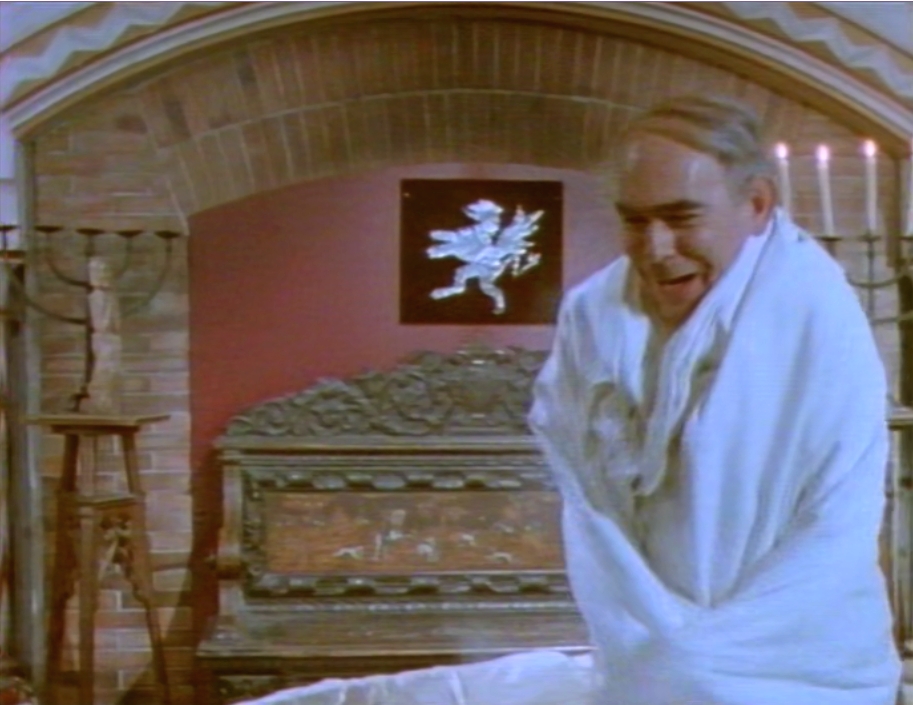
1986
2020
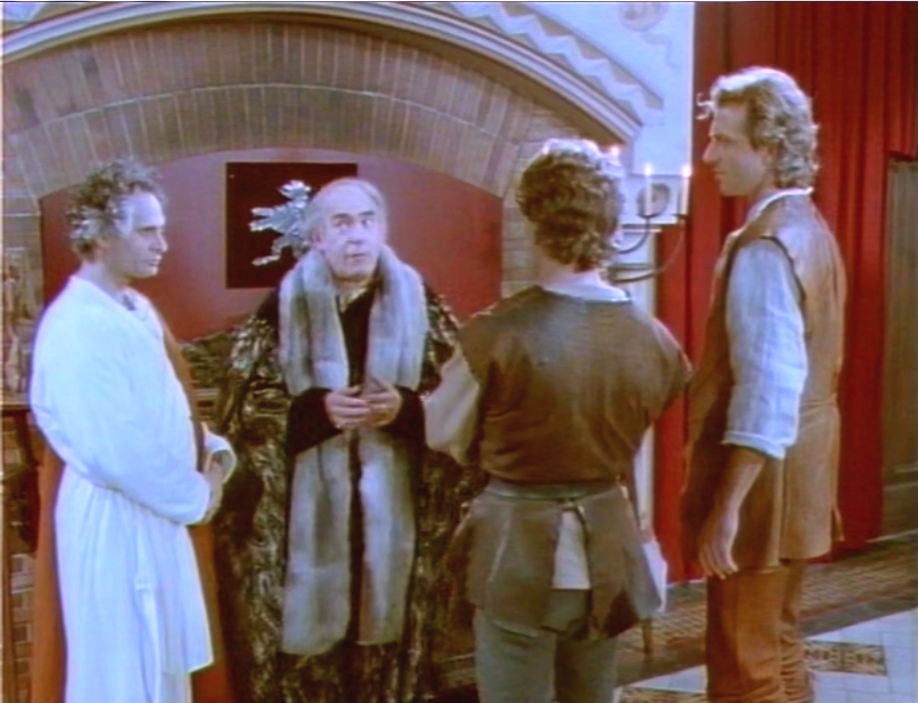

The end of episode The Physician
******************************
Extra photos of Chazey
The castle of Chazey-sur-Ain is an old castle, founded in the twelfth century by
the lords of Coligny, rebuilt in the fifteenth century and restored in the
nineteenth century,
center of the lordship of Chazey, which stands in the town
of Chazey- sur-Ain in the department of Ain in the Auvergne-Rhône-Alpes region.
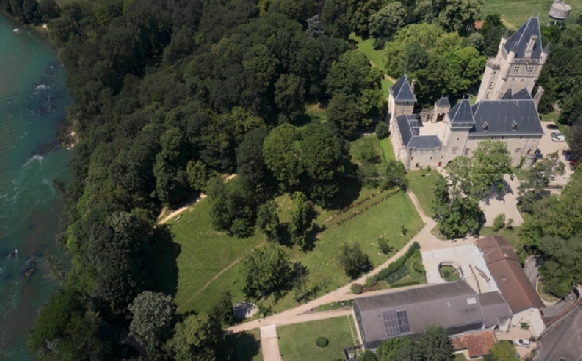
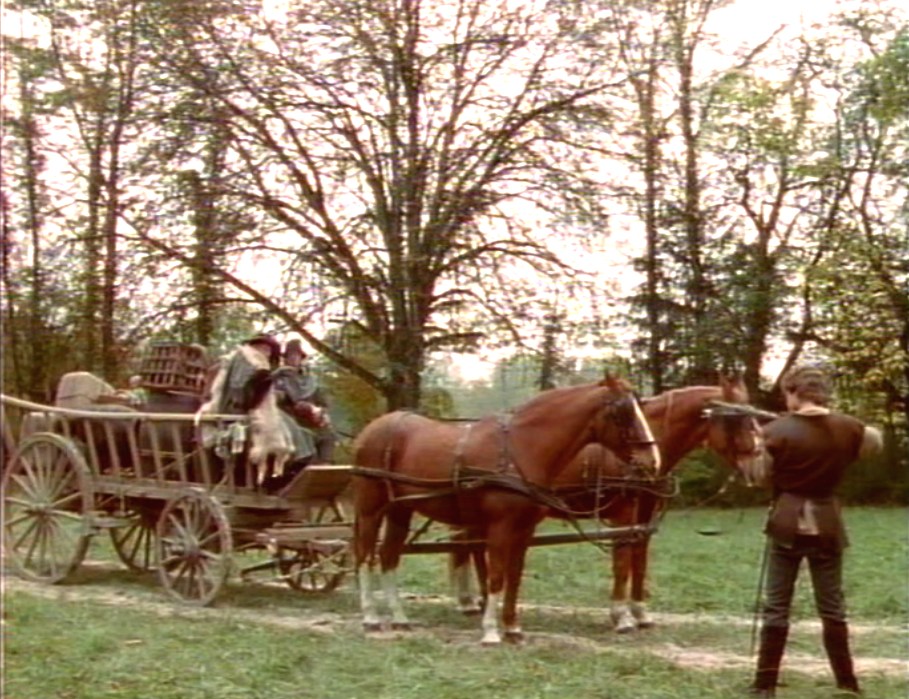
The Physician is filmed inside and outside chateau Chazey.
I think the robbery in episode
Lotus also can be filmed
around chateau Chazey.
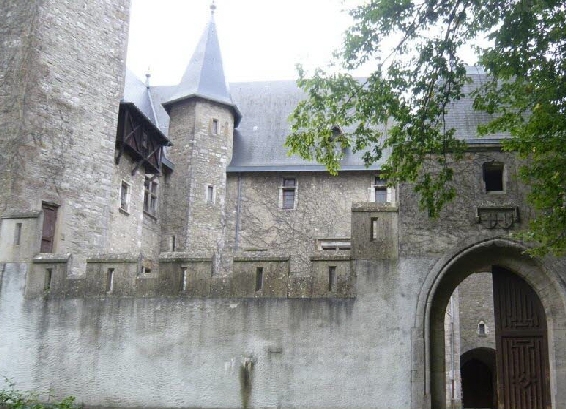
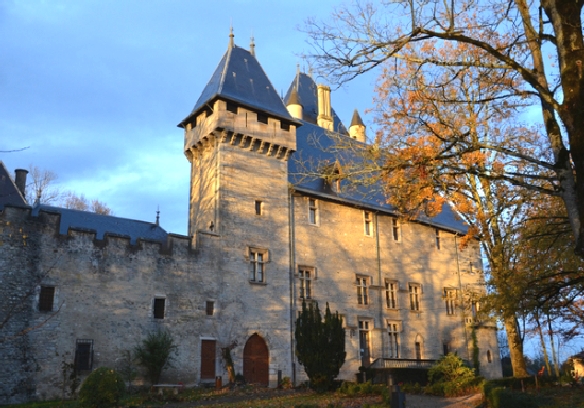
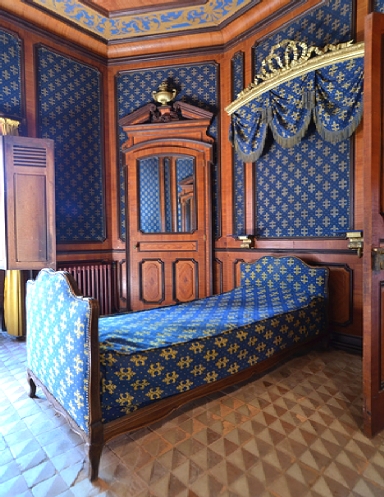
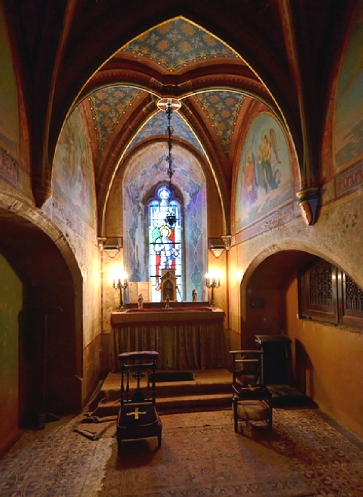

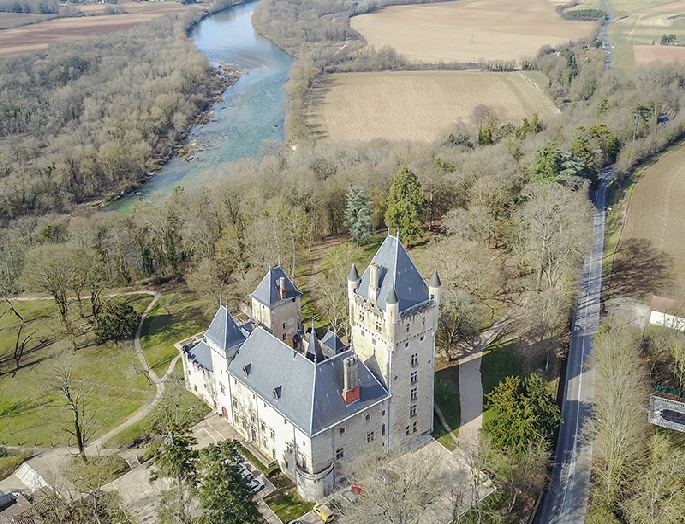
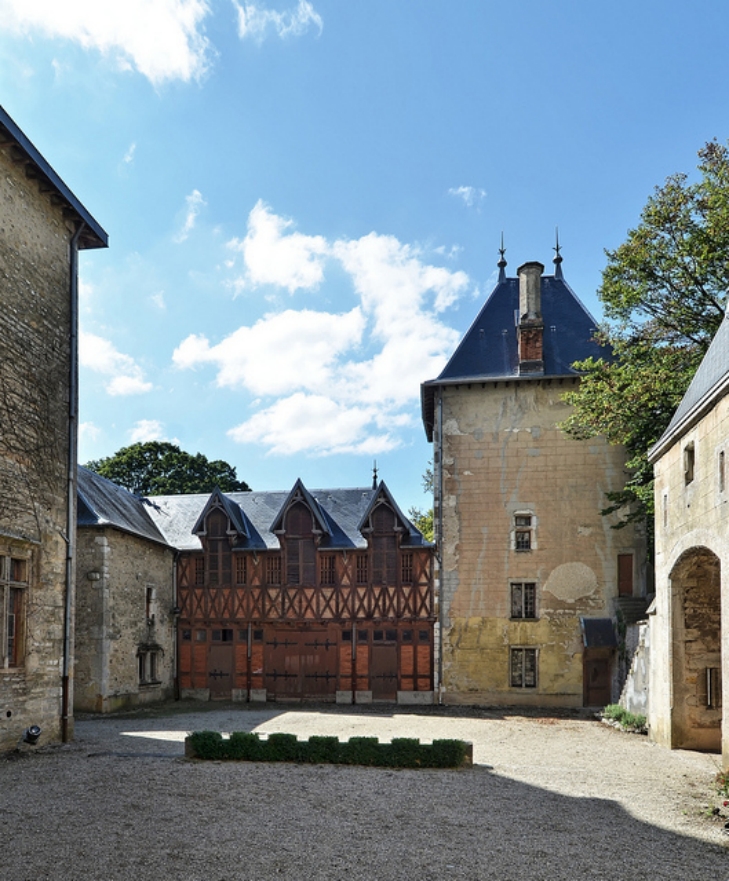
Interior
Chazey

Extra information
about Perouges
The village now falls between its two medieval gates - the
'high gate' and the 'low gate'. It contains lots of interesting buildings,
including a fortified church and the house of the Princes of Savoy
(open to the
public) with a recreation of a 13th century garden. The attractive cobbled (and uneven - wear sensible shoes!)
streets around the village lead past lots of beautiful old stone houses -
truly
there is something interesting to discover around every corner, with a great
deal remaining from its medieval heyday. A tour of Perouges begins at the upper gate. This stone
gateway is made of
boulders and the wall is part of the church. The church is
fortified as are many built at this time. - the 15th century. The church was
originally built before but during a siege of the village in 1468 the
church was
destroyed by the inhabitants of the village in order to repair and improve their
remparts. They managed to withstand the attack and one year later started
rebuilding the church which
was completed in 1479. The authenticity of the village has led to various historical
films being made there - most notable perhaps being The Three Musketeers in 1973
(with Michael York).
The local 'Galette'
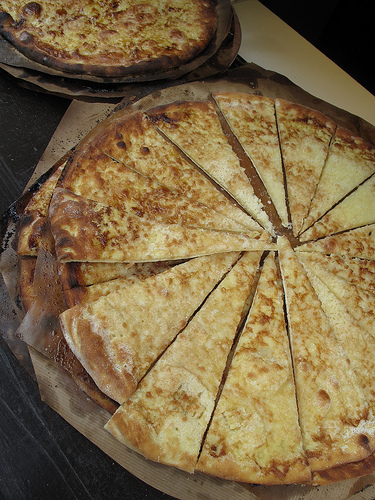
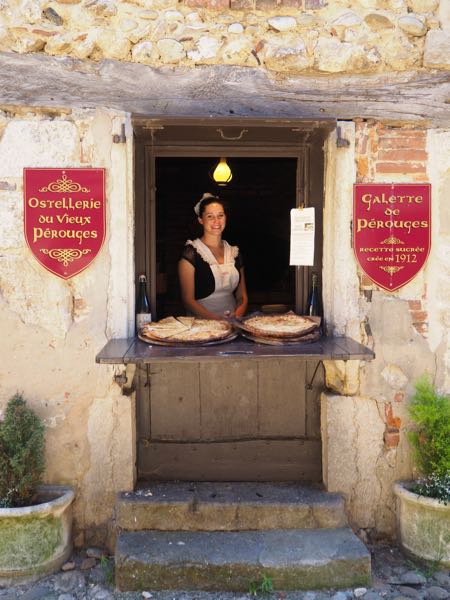
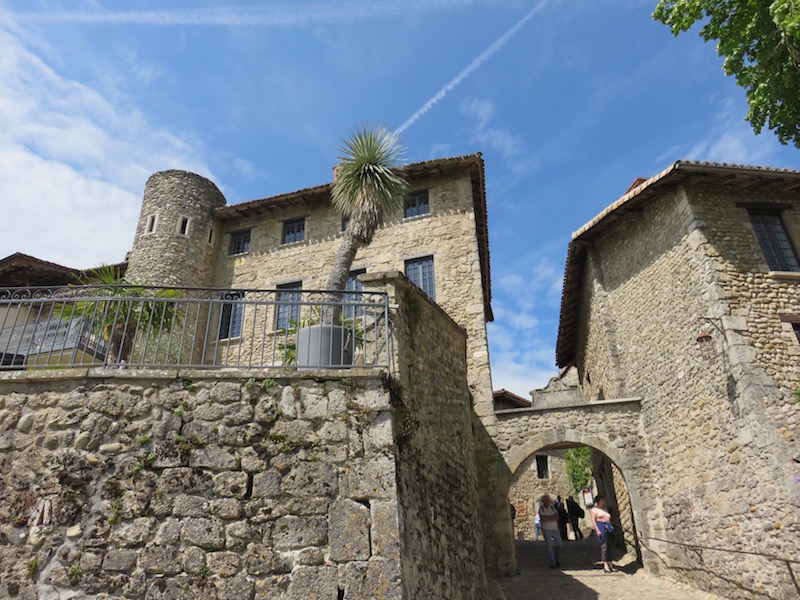
Galette
While “Galette” can refer to savory
crêpes as well as free form tarts, these galettes are made from a brioche dough
with yeast (and butter and sugar), that’s been completely flattened, baked in an
extra hot oven and caramelized on top (with more butter and sugar). It makes
for a wonderful mix of textures – very light, soft and chewy and yet with a
crackly sugary top (not as hard as crême
brûlée though), thin like a crêpe and
with a thicker crust like pizza. You can order the galette as an individual
portion for dessert or an entire one for your table, or even grab a slice to go
on the street.
While you get a large tupin of fresh cream and fancy
silverware at the restaurant, I have to say… it tastes even better eaten with
your hands. Makes for a more medieval setting too.
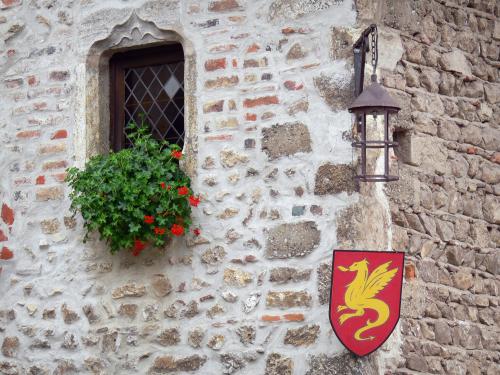
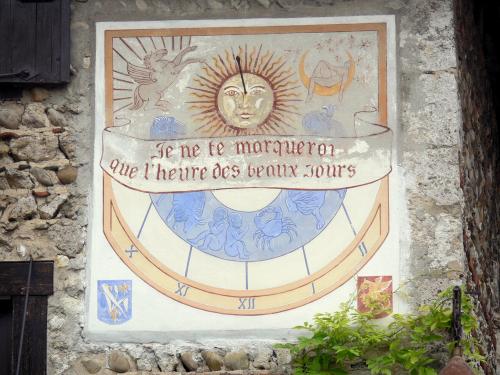
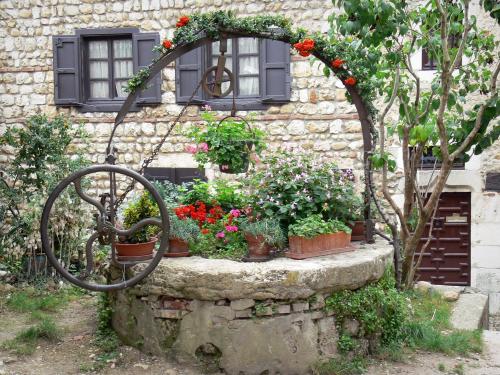
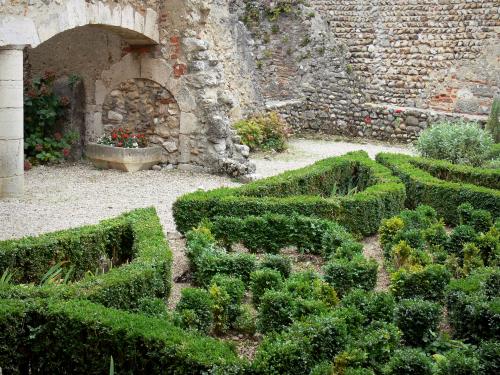

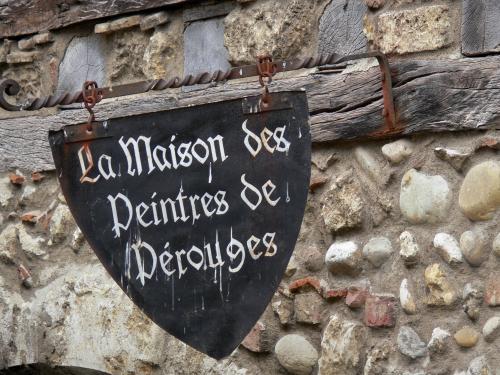
Work and trade at the modern age
Between the end of the 15th century and the end of the 18th century the little
town was very active.The were nearly 1500 inhabitants in Pérouges at the end of the 18th century.
The speciality
was to weave hemp. Benefitting of the passage of the merchants on the road between Lyon and Geneva,
and its numerous craftsmen, the city was quite flourishing, despite of some
difficult times.
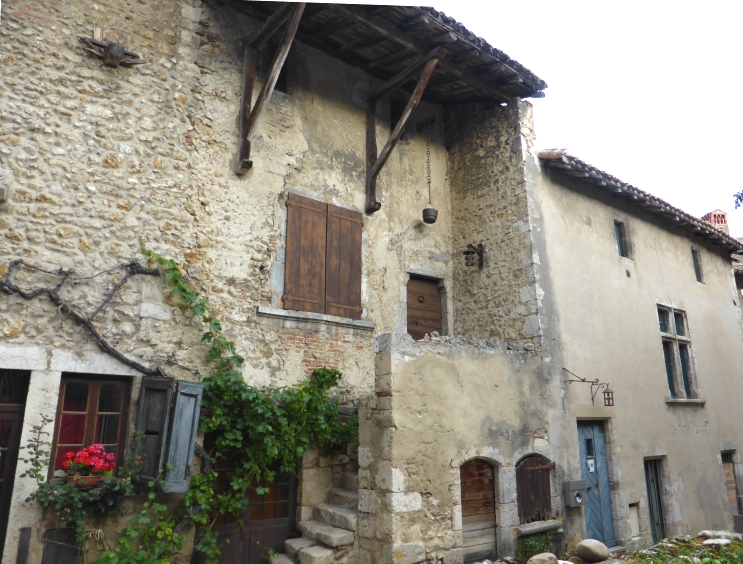
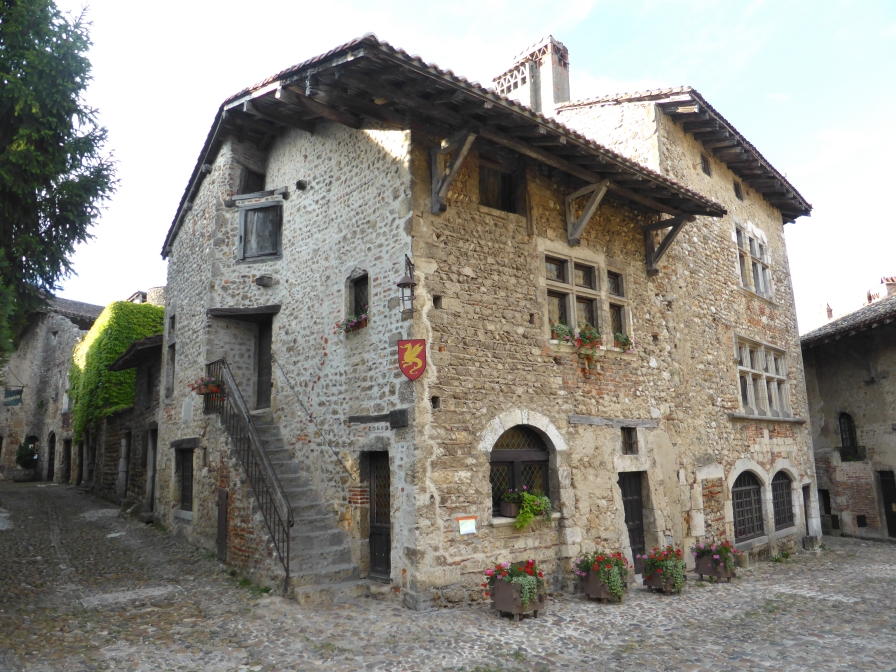
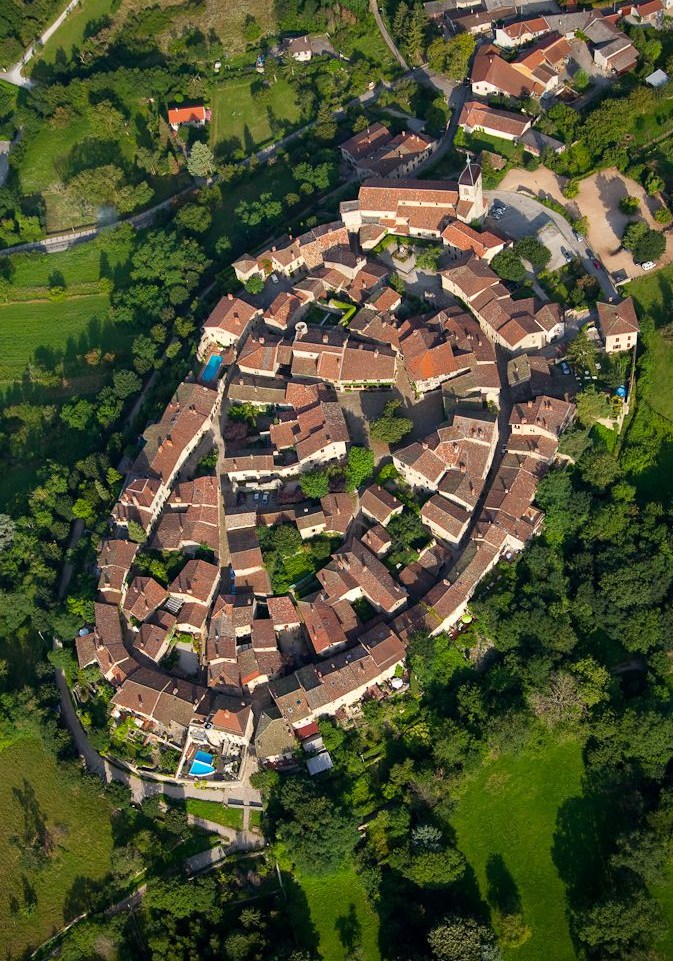
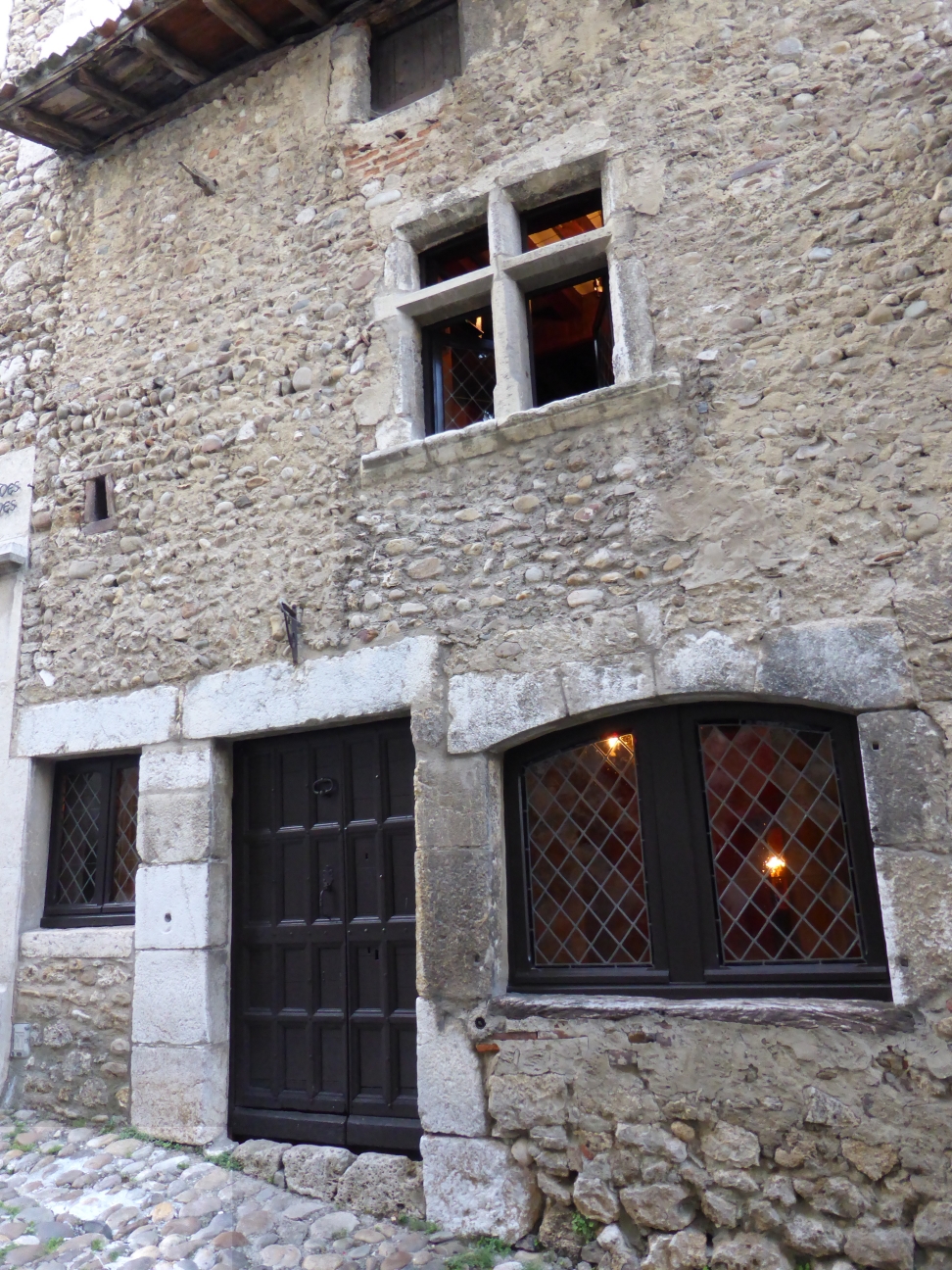
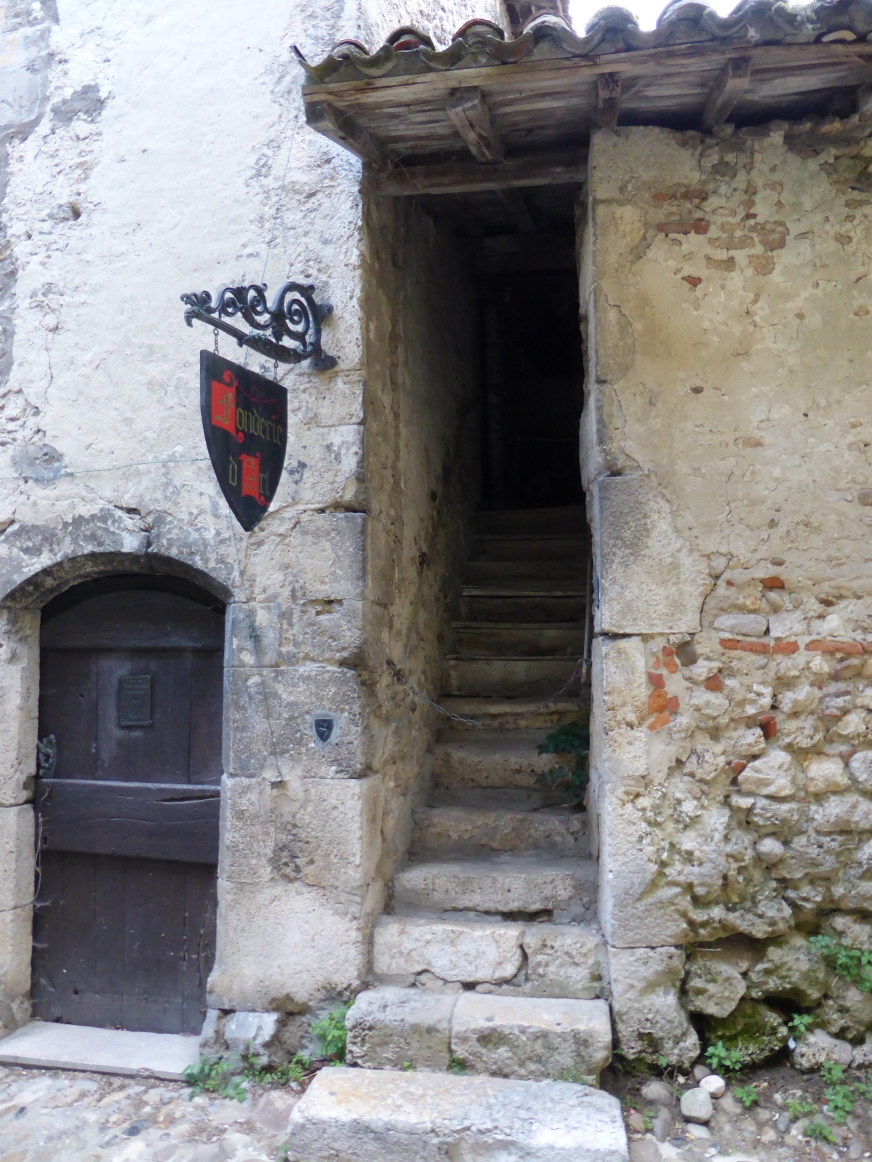
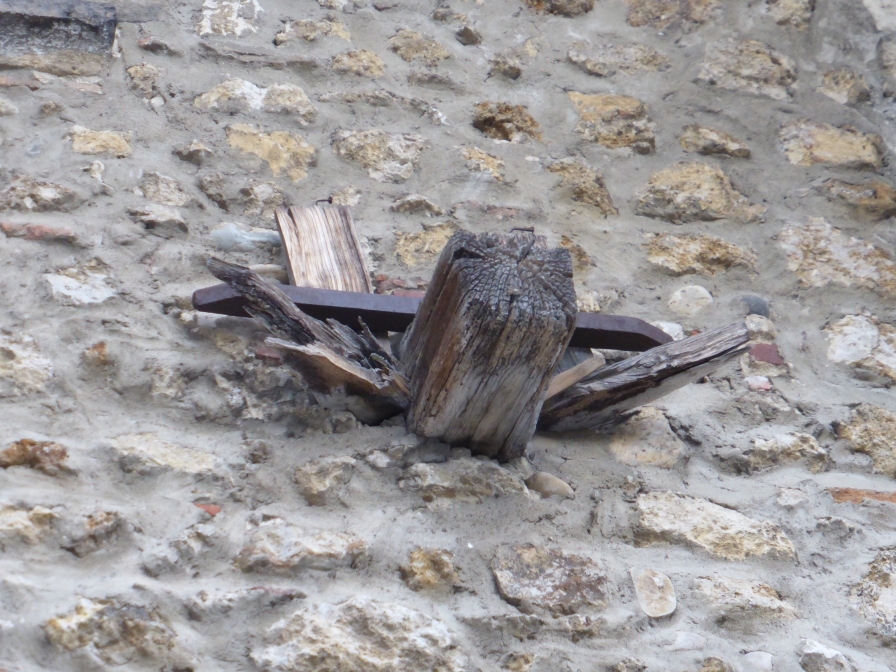
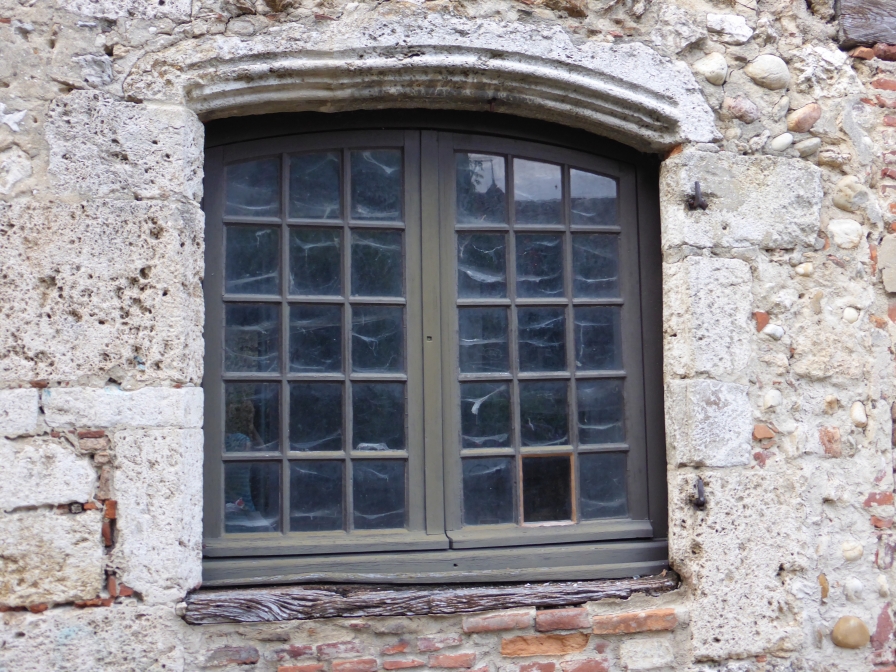
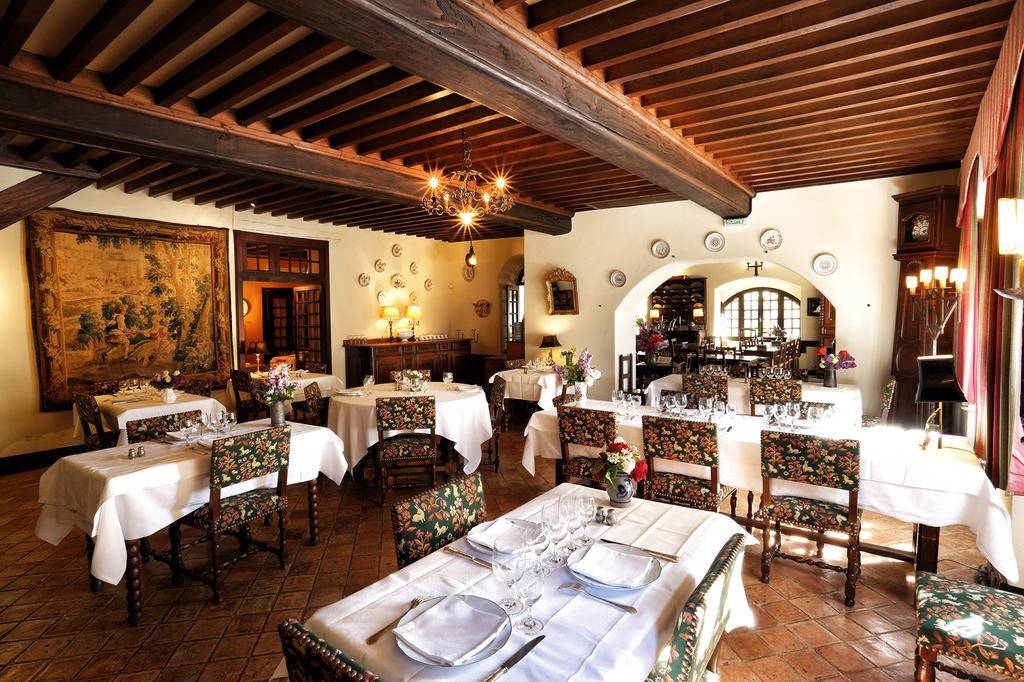
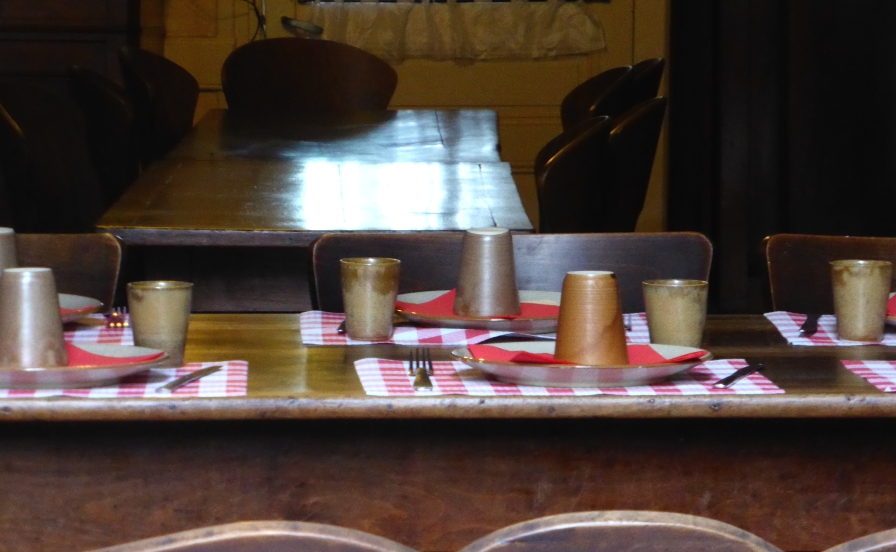
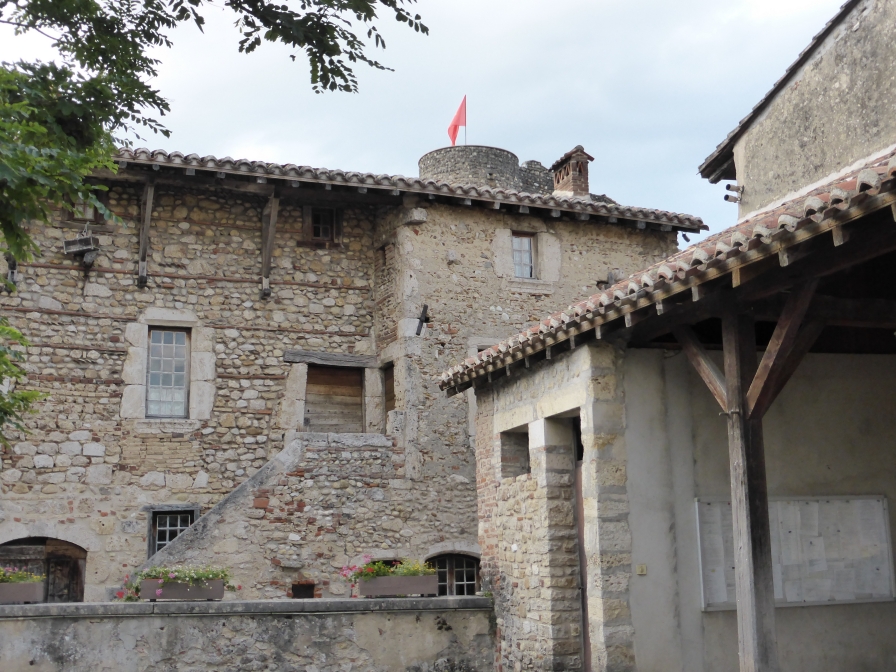
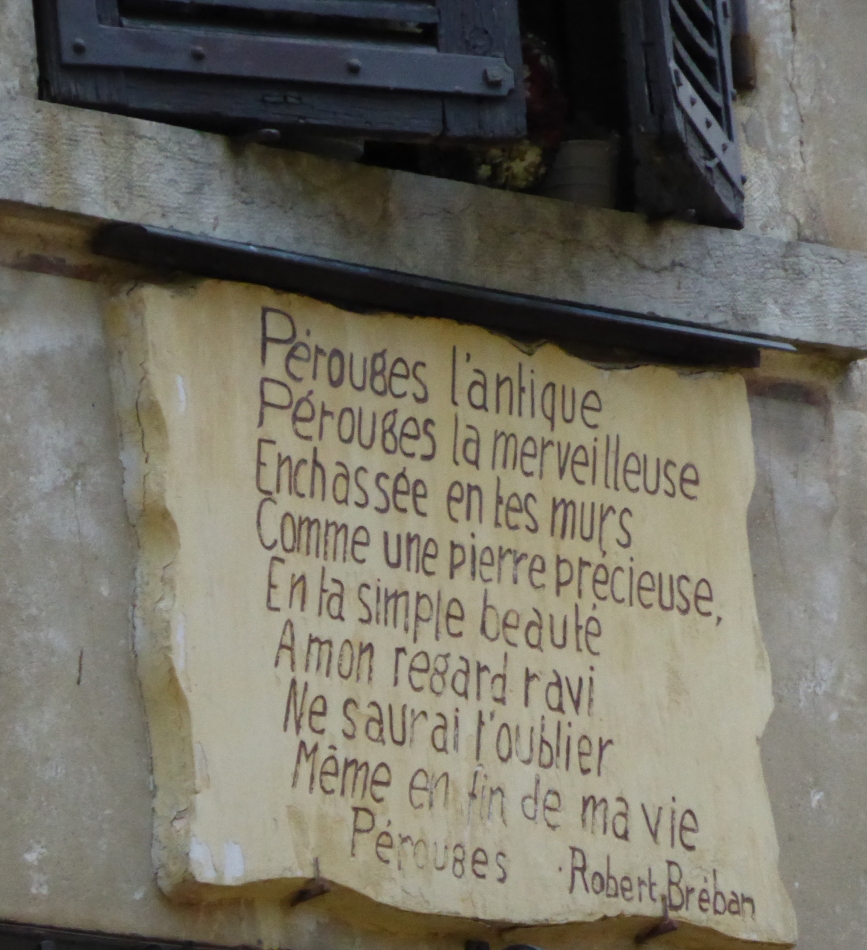
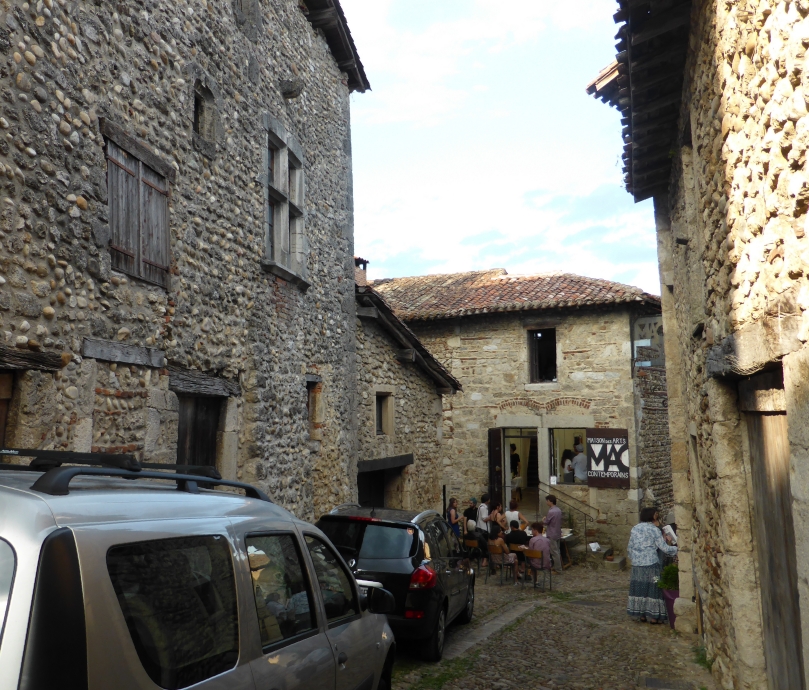
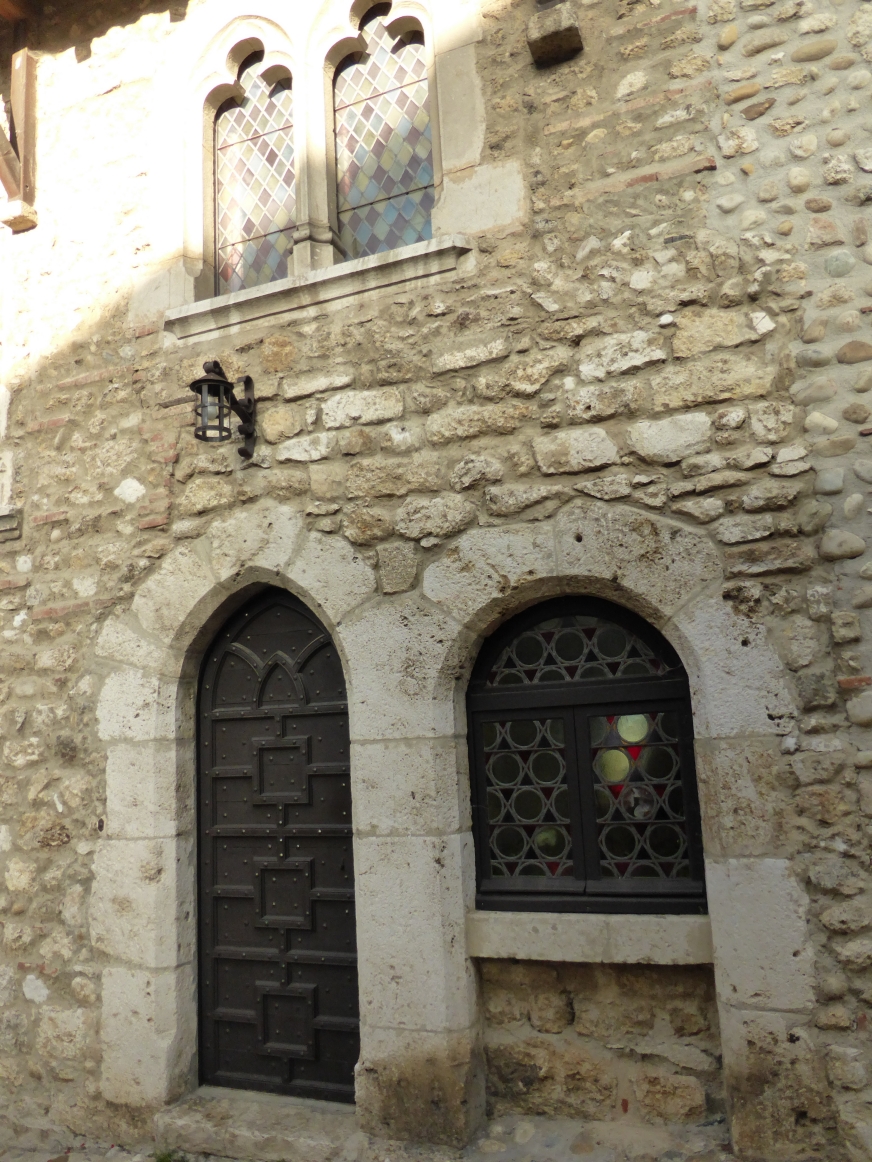

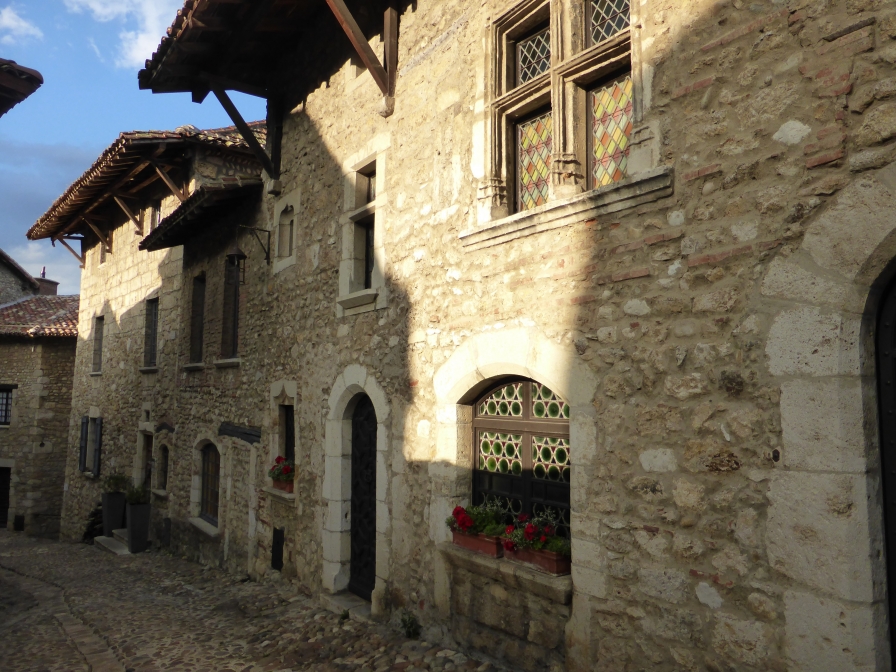
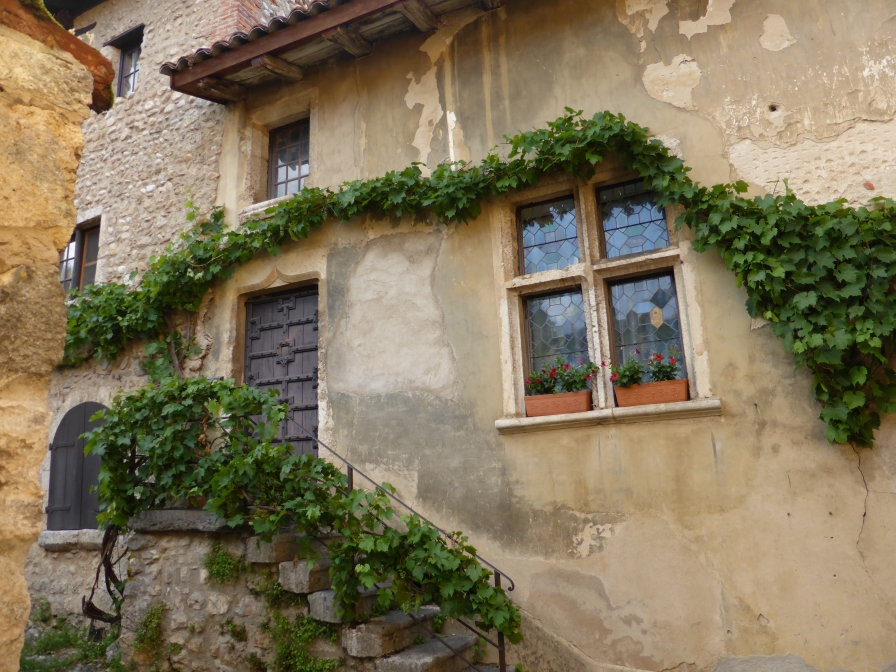
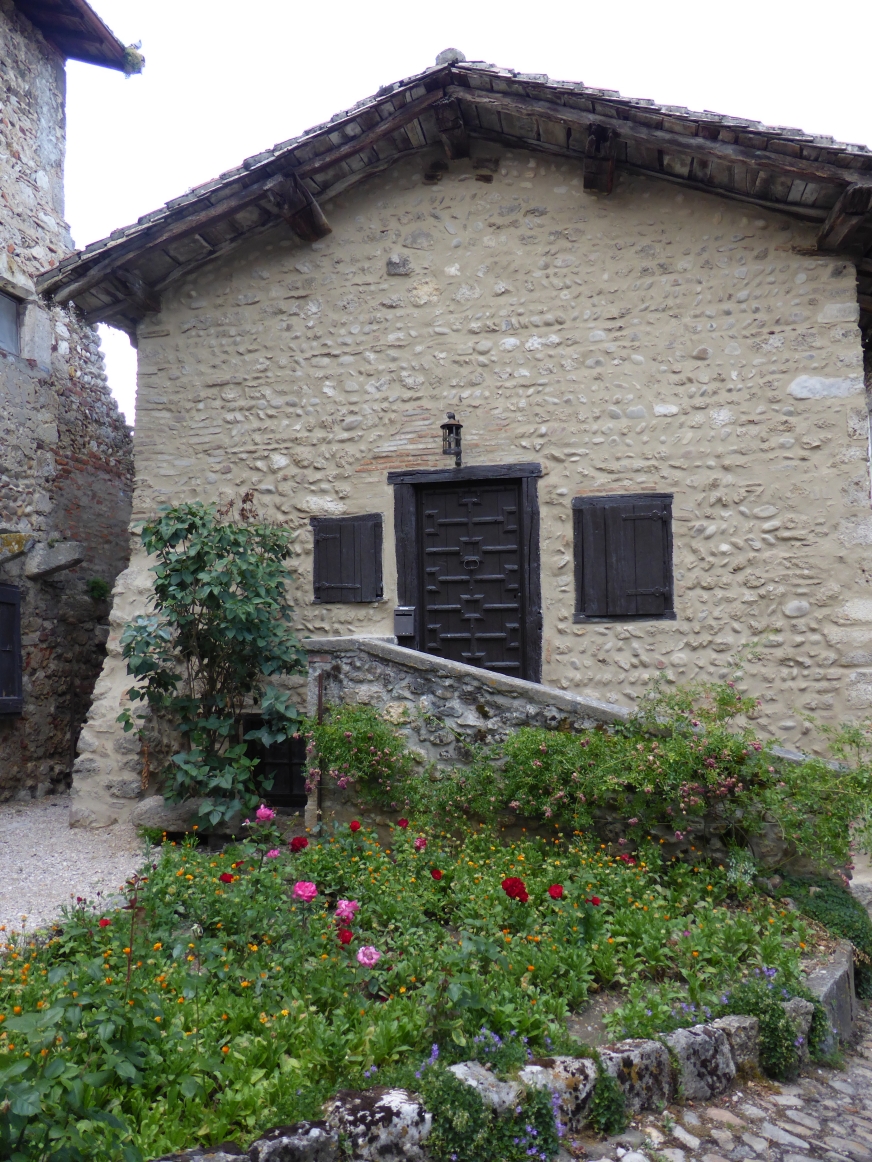
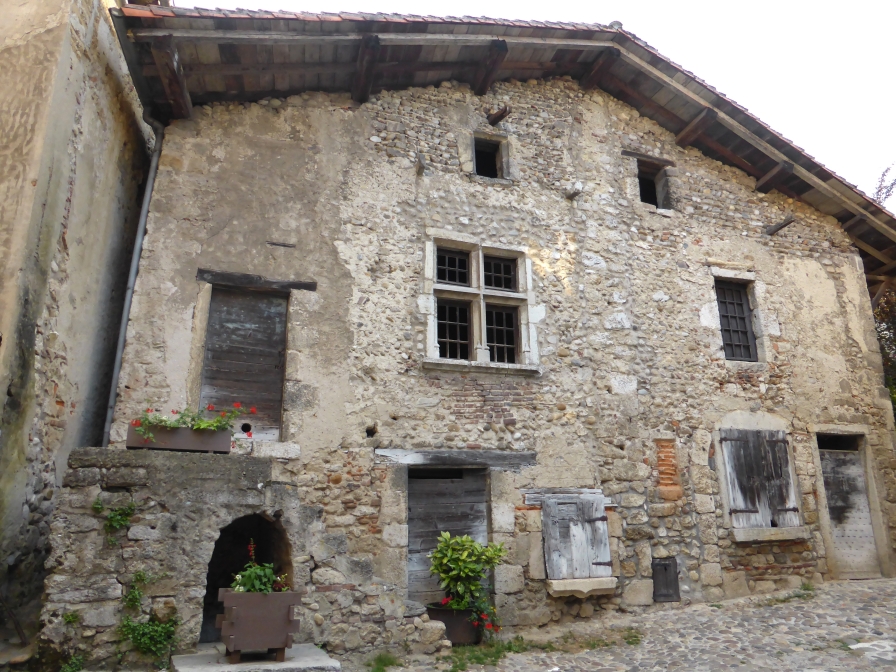
Art
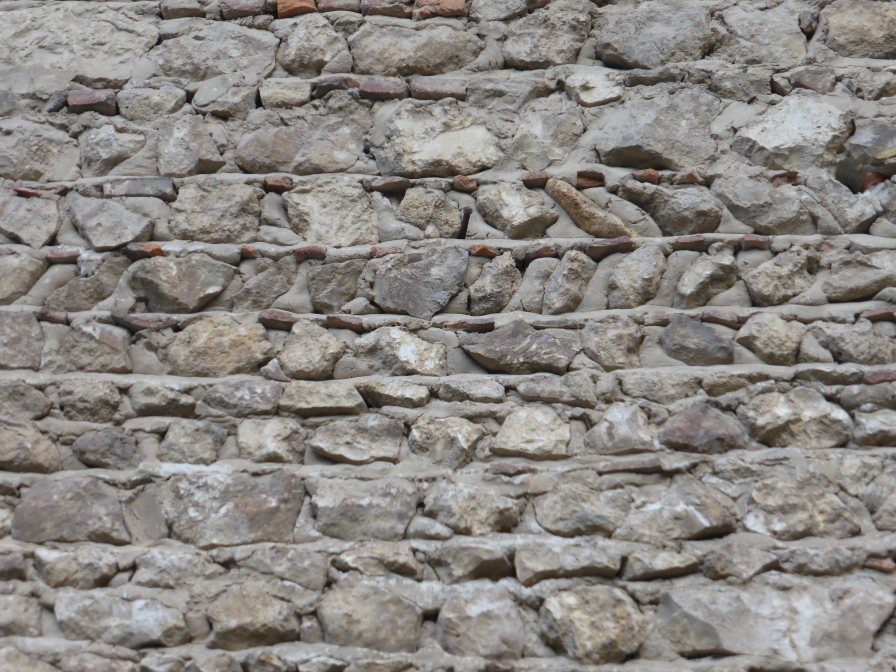
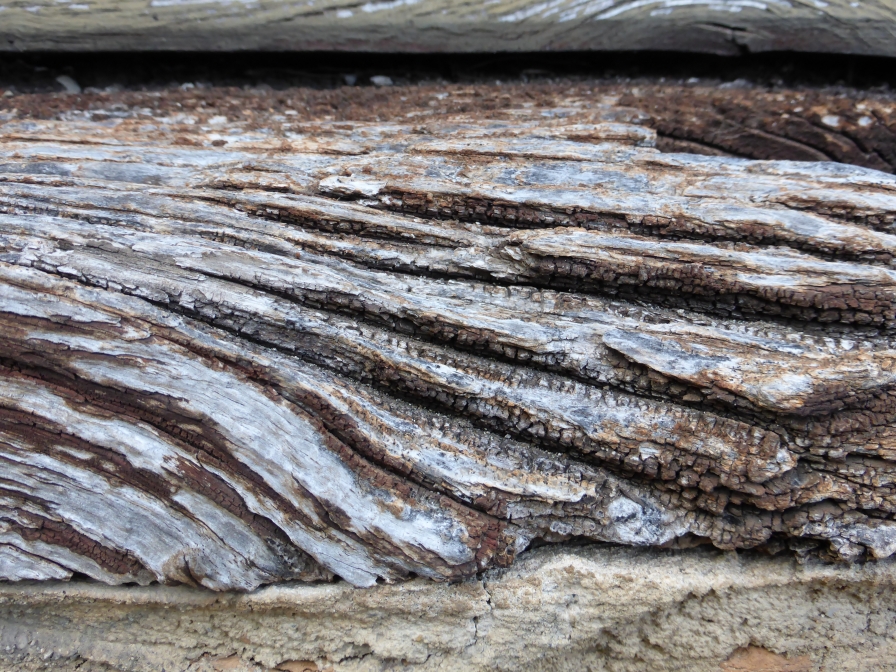
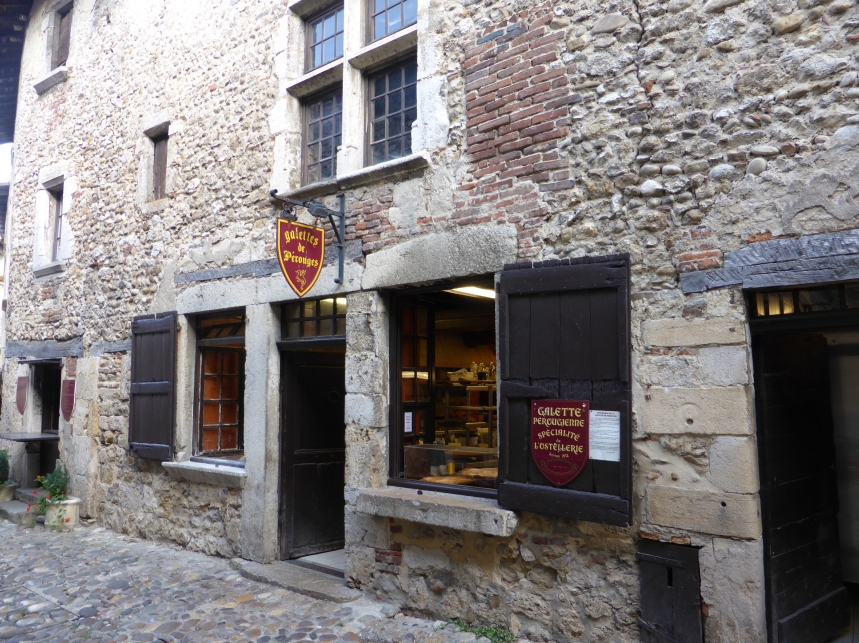
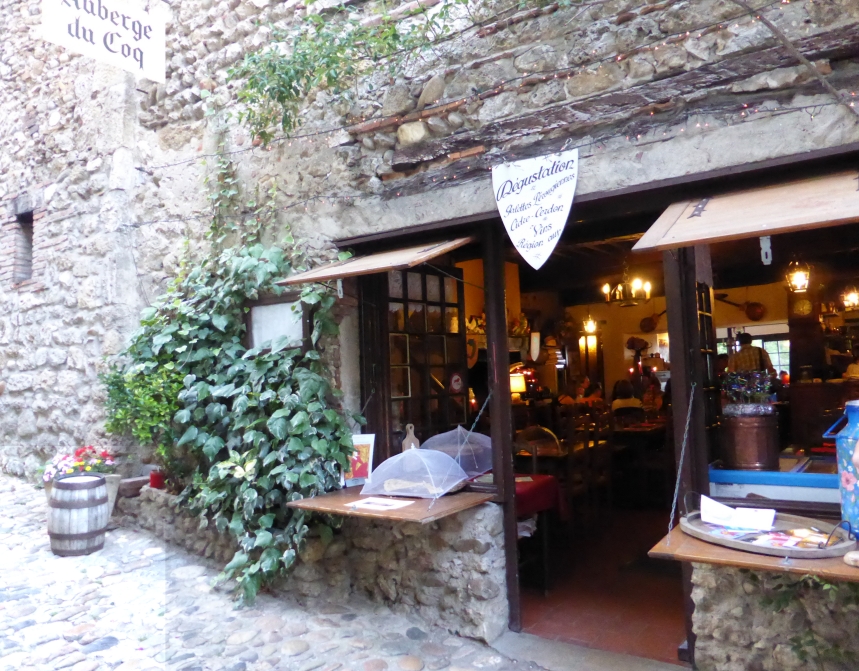
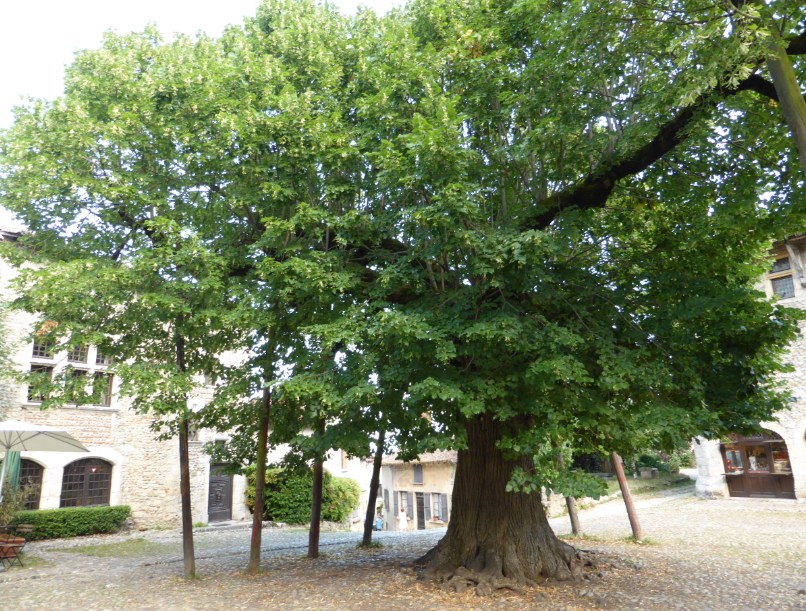
As you traverse the
cobbly streets, be sure to notice the difference in windows and houses. The
homes of linen merchants and wine makers were noticeably different in medieval
times.
It all had to do with functionality since wine-maker’s homes needed lower
levels to facilitate storage. Linen-makers wanted natural light streaming
through their windows to assist with
their delicate weaving so windows were
placed higher to catch the sun’s rays.
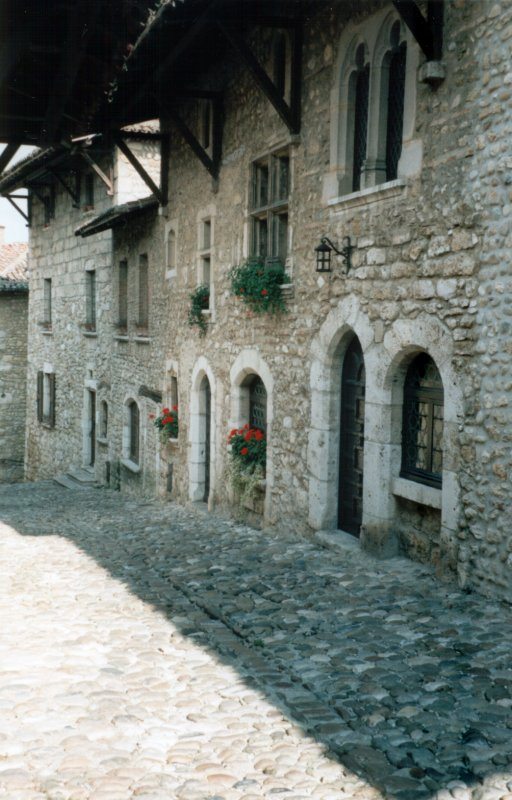
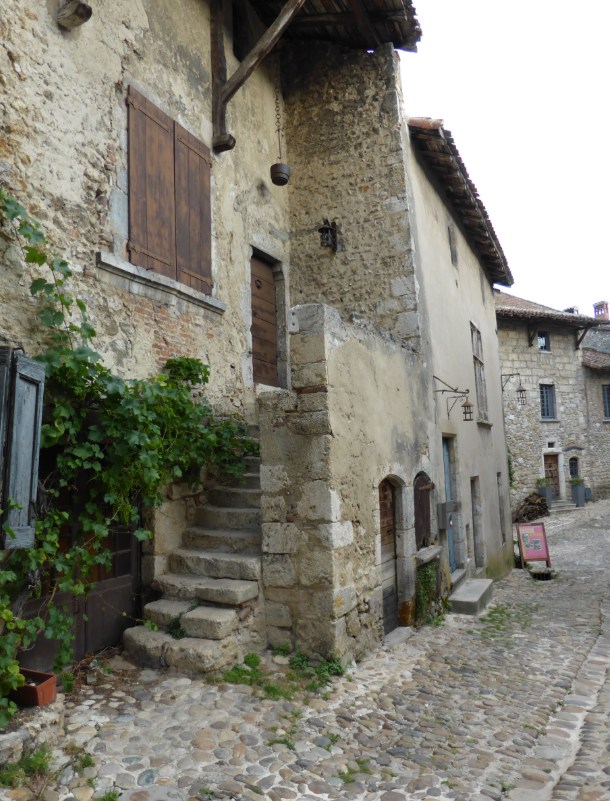
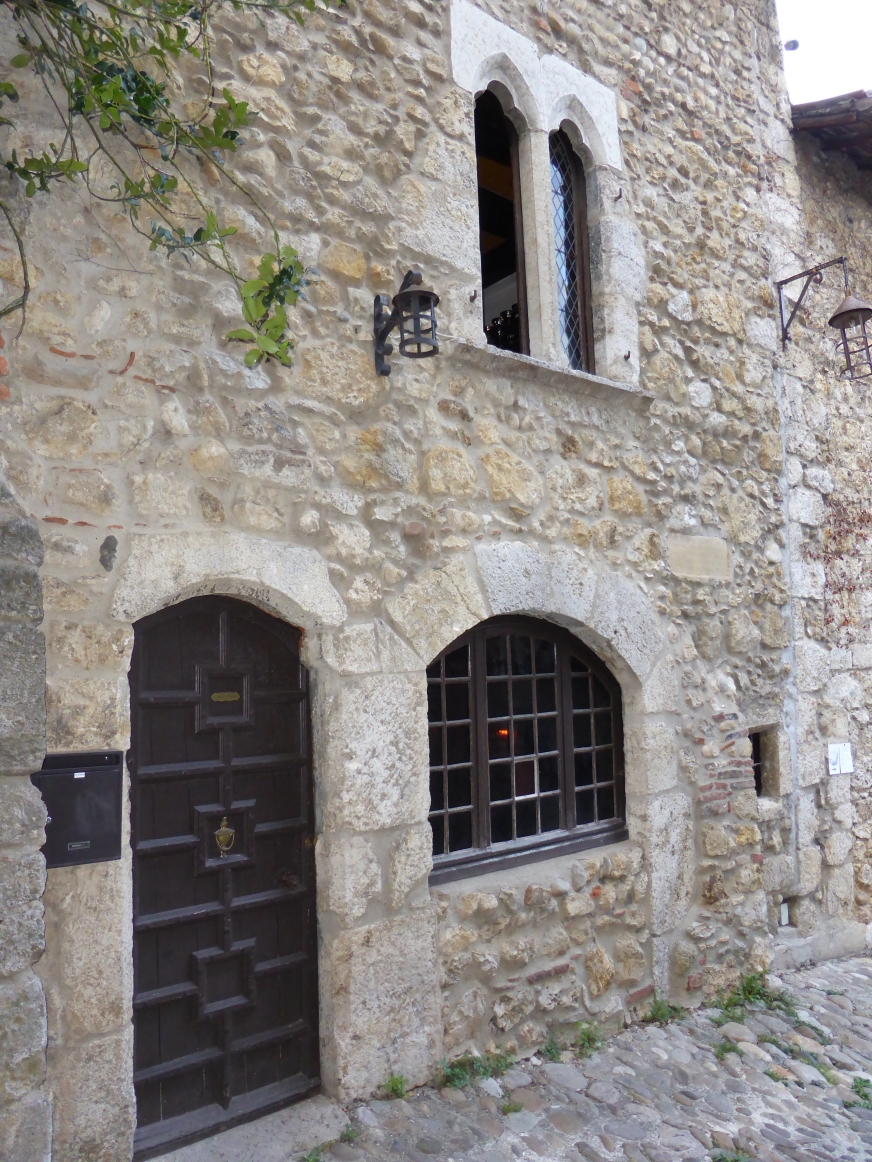
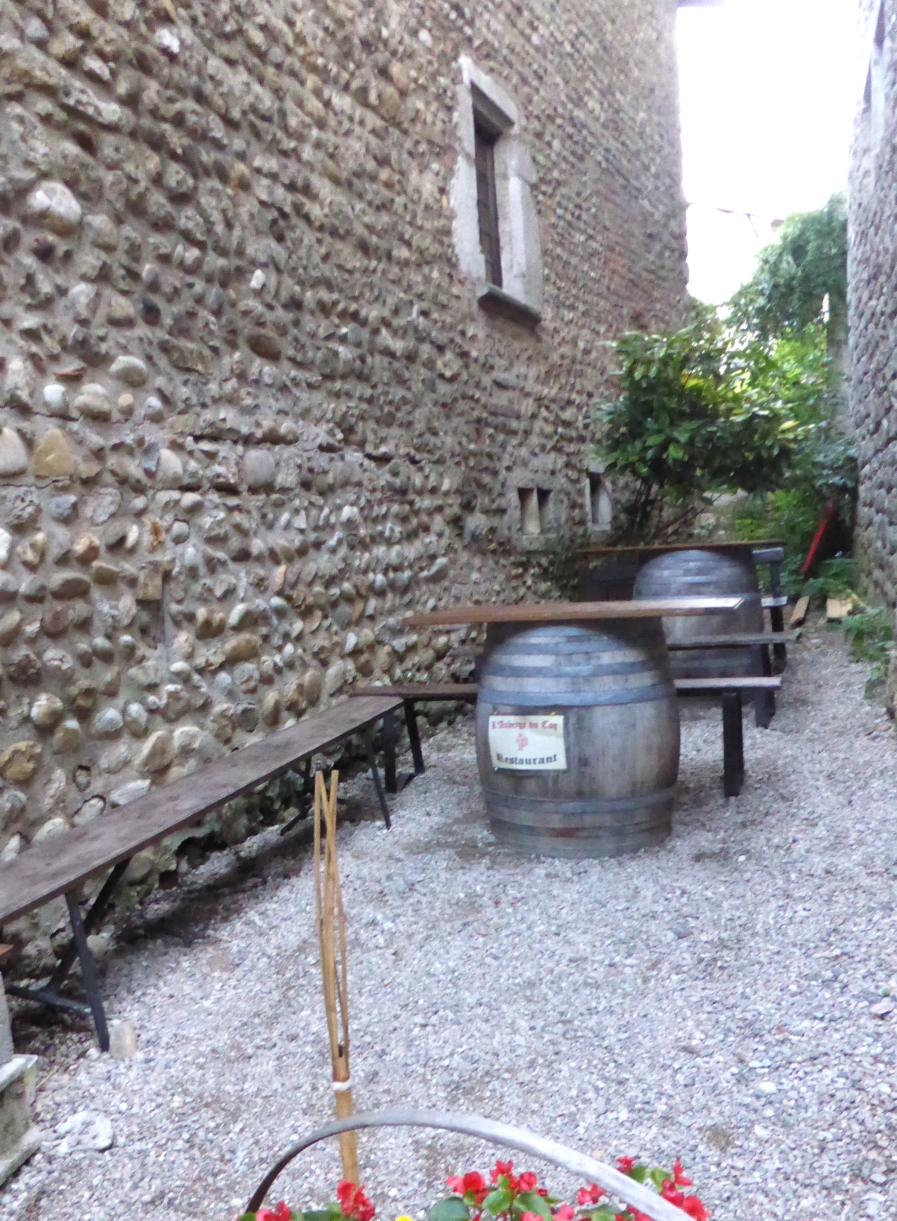
Wonderful ancient small village
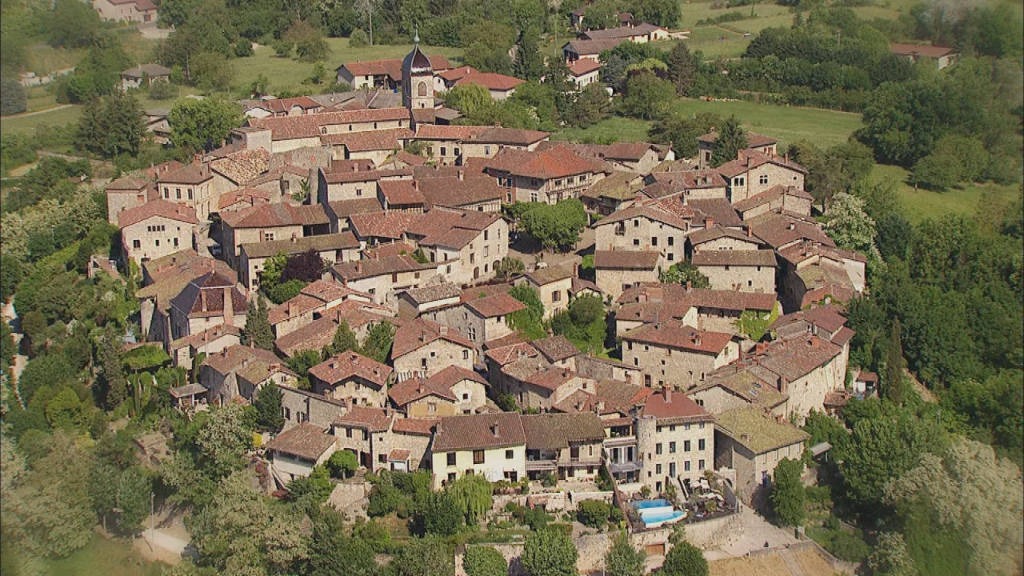
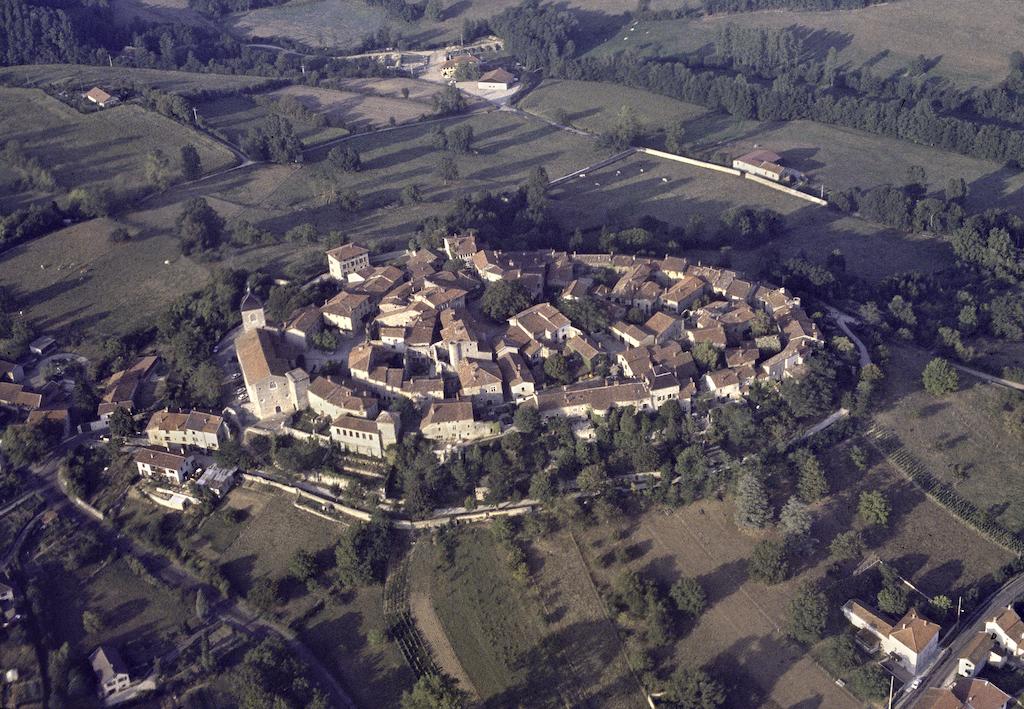
Pérouges is a medieval walled town, on a small hill overlooking the Ain River
valley 30 kilometres north of Lyon in
the Rhone Alps. It developed in the
14th-15th centuries based around the local wine and weaving industries.
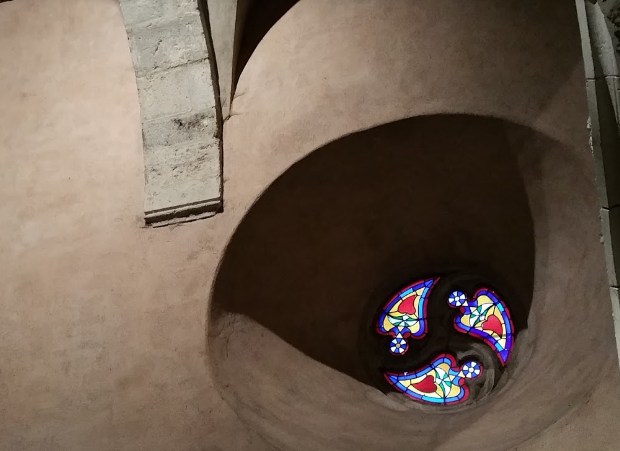
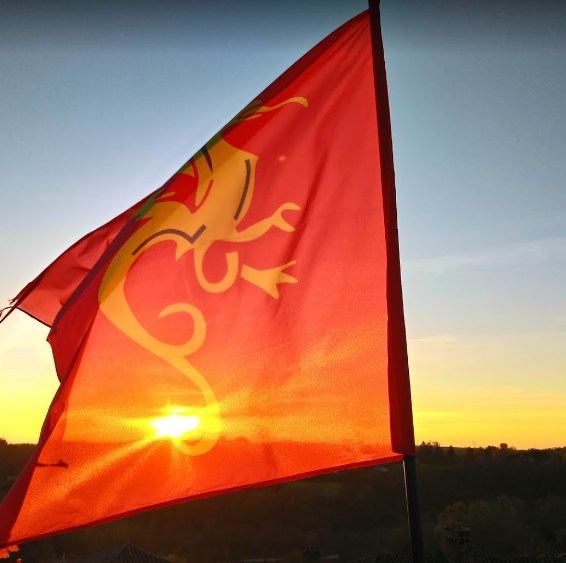

The main street of Perouges is the 'Rue des Rondes' and this
runs in a circle around the centre of the village. At one part there is a narrow
strip, by the houses, which is higher than the
rest and was reserved for the
wealthy residents of the village. Below this is the lower part of the lane which
would have been frequently covered in mud and rubbish and was for the poor
people!
The Rue des Rondes passes the 33 meter deep well and the Maison du
Sergent de Justice with its round tower.
Also, the low door entrances inside the homes,
many no taller than 5 feet, look as if built for petite people. This again is a
functionality of time in that during
the Middle Ages, most people were shorter
than they are today owing to nutritionally-challenged diets, disease, and
periodic episodes of starvation.
Atmophere photos taken in
2014 in the hostellerie.
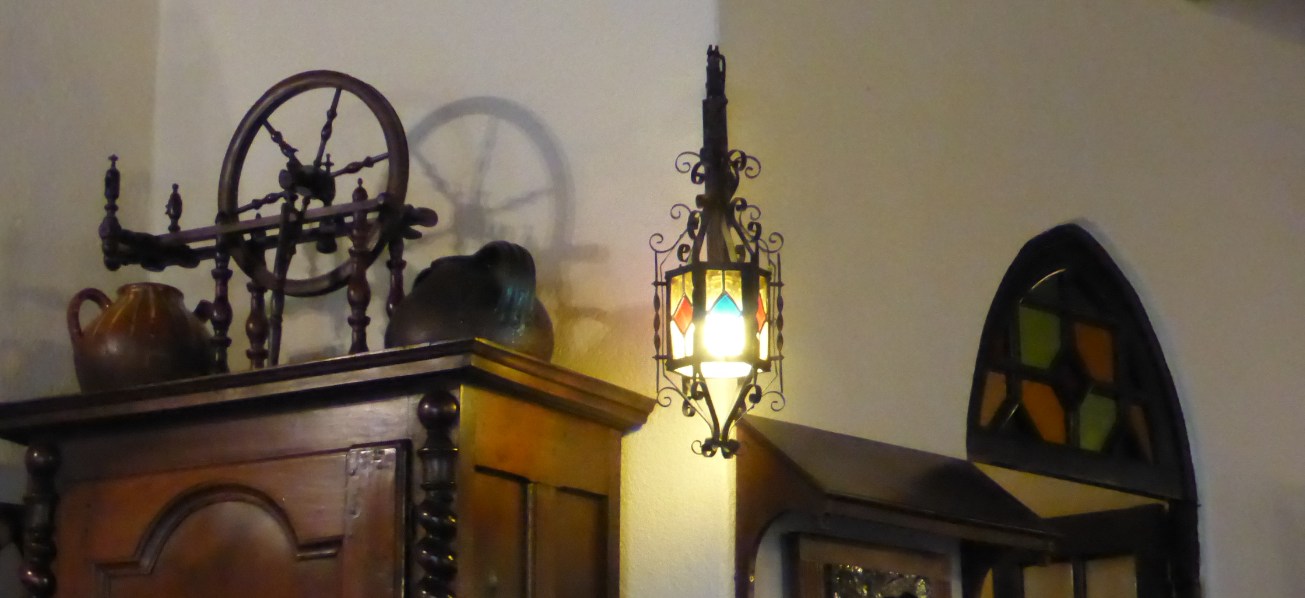
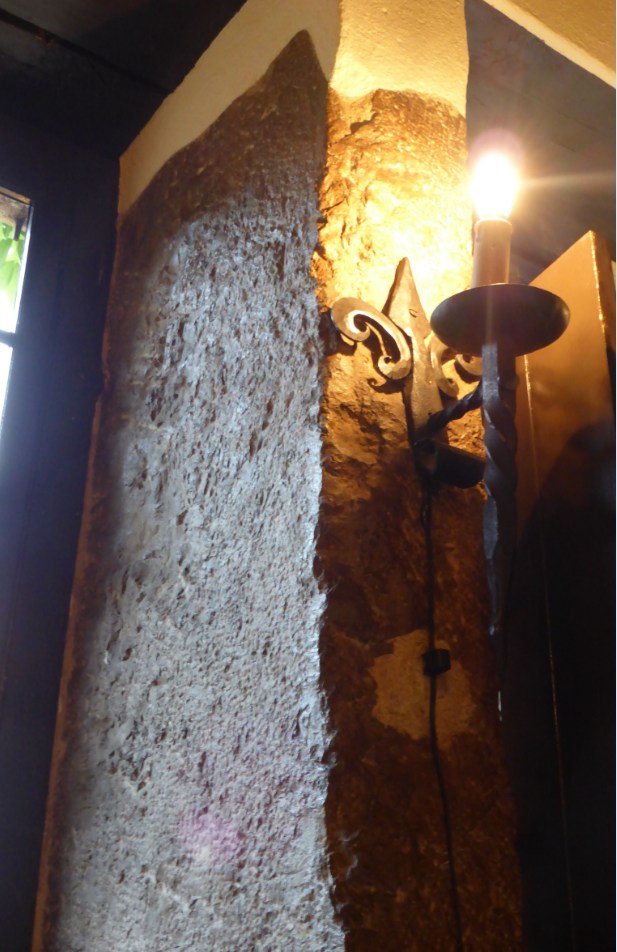
With about 100 inhabitants who call the
double-walled village home, Pérouges has several restaurants, gift stores and
craft artisan shops, wineries, as well as places to stay that cater to the
visitor.
From handmade paper and fresh bakery items to wine tastings at Caveau
de Saint Vincent. When evening falls It's nice and calm, perhaps for some (in
this modern times with lots of entertainment) quiet.
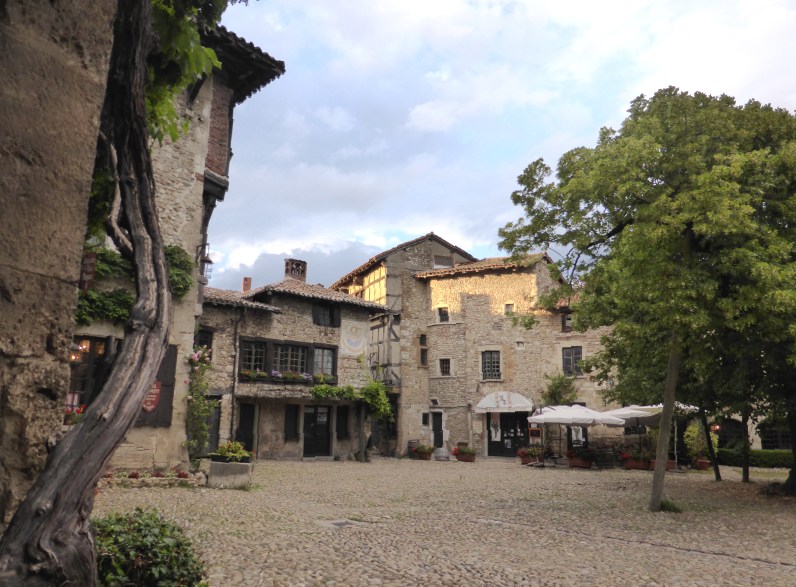
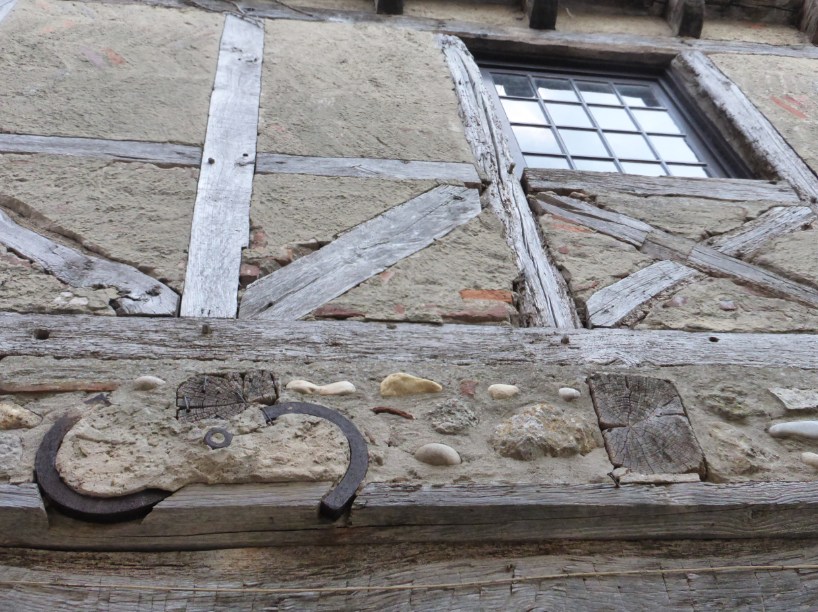
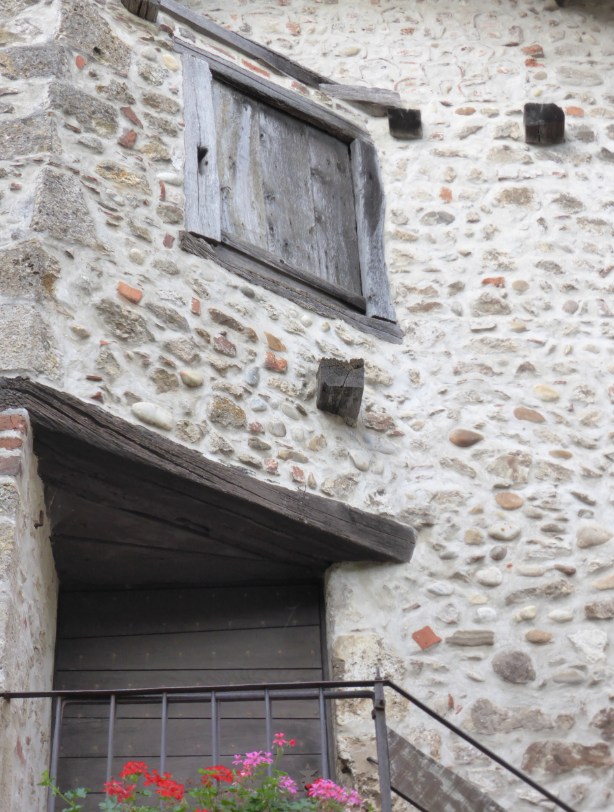

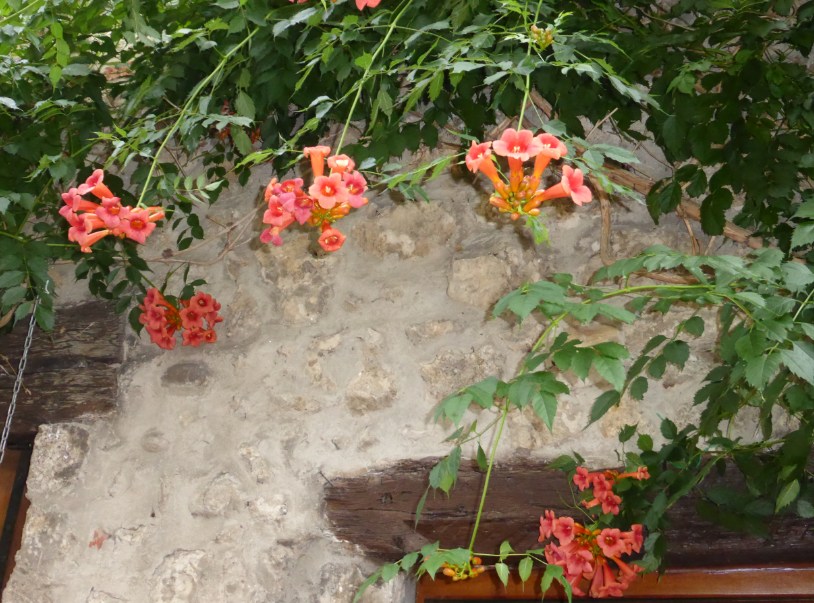
I'm giving this town 5 stars
because it's perfect. But I give those stars with the caution that I
am only giving them because the town is a wonder to behold. I am a
former film set designer and I was in awe of
he near perfection of
every inch of this beautifully restored village. From the moment
I saw it perched on the top of it's hill, to rounding the last curved,
cobbled alley, I was agog. Once you enter the
gates of Perouge,
everywhere the eye lands suggests that you have been transported
back in time (save a few cars and the tourists themselves). It's
truly a marvel. No wonder so many films and
television shows have
been shot here since the 1920's including 4 versions of the 3
Musketeers.
That said, I have been to other medieval towns in France which offer
more in the way of culture, food and activities. None are preserved
quite as well as Perouge though (which gets it's name from the
city founders who came from Perugia, Italy).
Those looking for lots of activities would probably enjoy this
village more during their Baroque and jazz music festivals in the
early summer-- or anytime
in the summer when the town is likely
hopping with tourists and open shops.
But, if you're entertained, as I am, by just the architecture and
ambling about in another time, try early November on a cool
wintery
day when there is no one around but the ghosts. St. George the
dragon slayer is alleged to be buried here and is the patron saint
of Perouges, thus dragons appear occasionally on crests and
flags
adding too the feeling that you've just wandered into a medieval
theme park set.

Though stuck in time, the location of photogenic
Pérouges has easily been recognized through the years as a set for authentic
period films such as: “The Three Musketeers” (1961), “Monsieur Vincent” (1947)
and “The Advocate” (1993).
While it is thoughtful, the idea was that the
town was originally founded in the early 1100s by a Gallic colony returning from
Perugia, Italy in the French name of "Pérouges."
By the late 14th and 15th centuries, the town was transformed into an autonomous city and primarily
inhabited by craftsmen, wine makers, linen weavers, and farmers.
In 1601, the town officially became French, ushering in a period of prosperity for the local
craftsmen and merchants on the road between Lyon and Geneva.
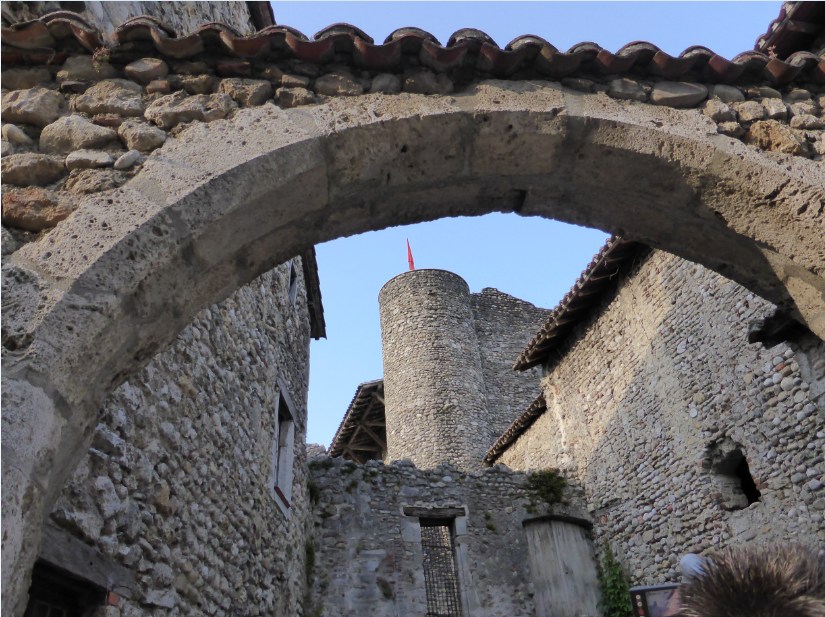
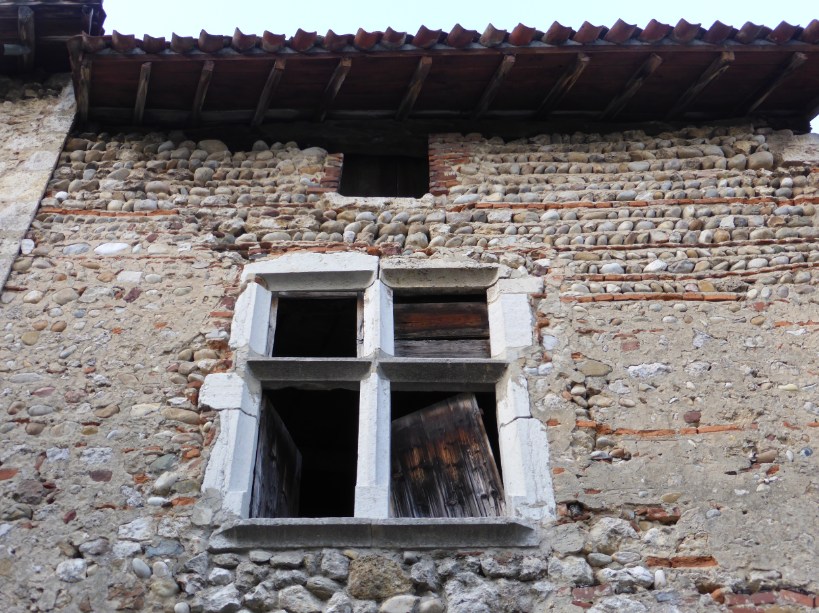
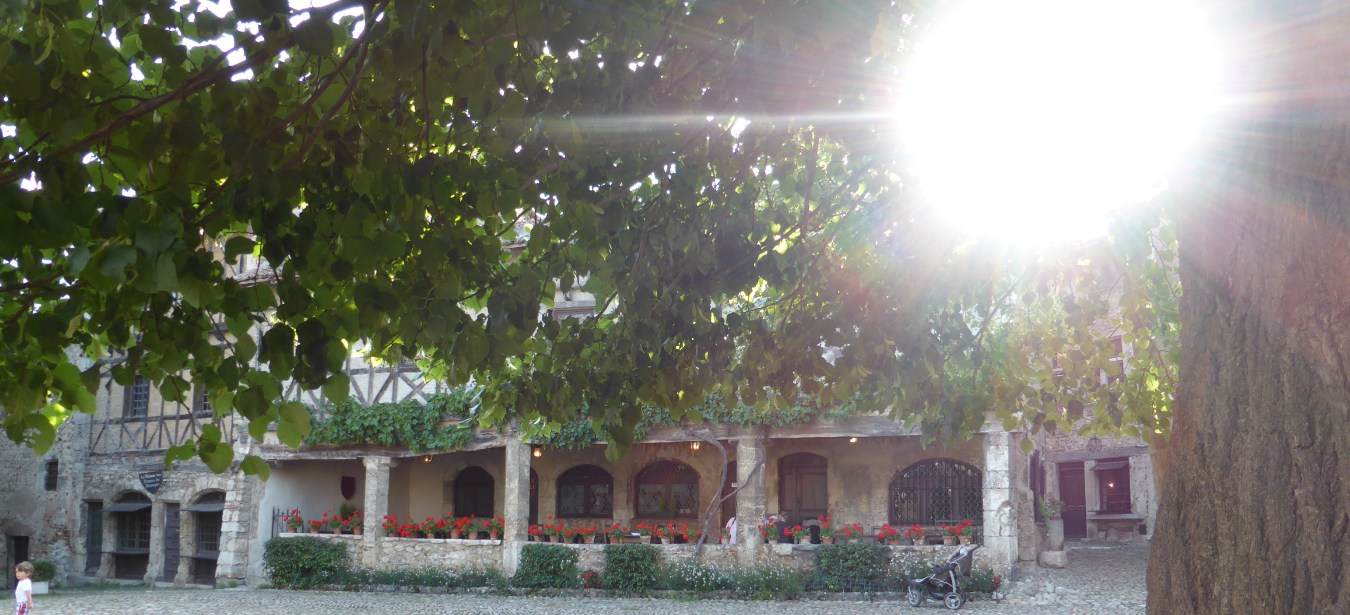
By the end of the 18th century, there were nearly 1,500 residents in
town and the specialty was now hemp weave. Unfortunately, the booming textile
industry
came to an abrupt halt by the early 19th century when
railroads and roads bypassed the town, resulting in a precipitous population
drop to just 90 people.
The industrial revolution had taken its toll on
Pérouges in the early 1900’s, with most inhabitants having left to find jobs in
textile factories close to the train. Only one
family lived in the once
flourishing medieval town. In 1909, the town was sadly slated for demolition.
Stalled only by a courageous mayor and eventually preserved by the
French
government, he town of Pérouges was eventually restored to its medieval glory.
Today, you can still stroll the streets and easily
feel transported back in time.
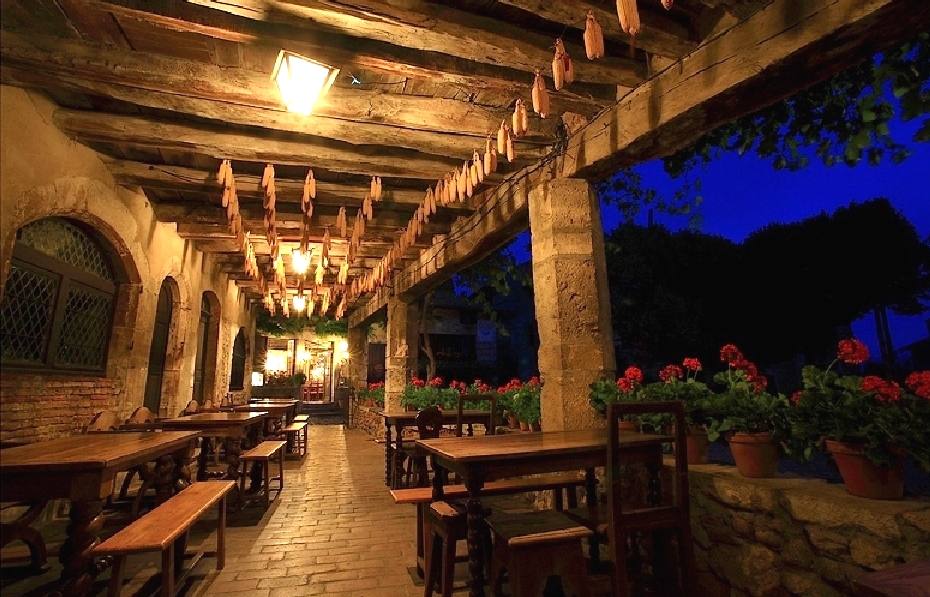

The Place du Tilleuls is the centre of Pérouges, with its 200
year old tree of liberty planted soon after the French revolution. Around the
square are some beautiful buildings,
its a great place to sit and have a beer
and watch the world go by. As well as the fabulous buildings look out for the
sundial and also take a look in the Saint Georges church at the
wooden Saint
George on the altar. There is also a small museum to commemorate the weaving
industry that was once so important in the village. Rue des Princes leading into the square
was the main merchant
street and the houses have wide bay windows where the merchants would display
their goods.
The ancient interior of a house in Perouges.
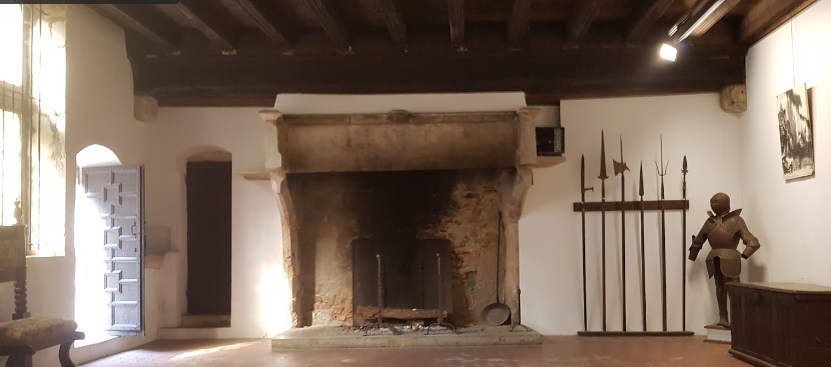
Noël
The medieval city of Pérouges has a special charm. It is one of the most
touristy places in the department, and for good reason, Pérouges is one of the
most beautiful villages in France! This ancient
city of weavers is even more
beautiful as Christmas approaches. By adorning itself with its finery, the city
becomes a place where the magic of Christmas does not operate like anywhere
else.
The typical architecture of the city is enhanced by garlands of lights and
other Christmas decorations. The Christmas market, which is held in the heart of the medieval city, is an
opportunity to meet
exhibitors and artisans who offer all kinds of objects and
local products, gift ideas and Christmas decoration. As part of this Christmas
market, many events are also held throughout the two days:
Visit Santa Claus,
torchlight (Sa. at 18h), reading stories, living nativity, etc.
You will find comfort and a little warmth when you enjoy a wine or hot
chocolate.
A
photo from 2006 Below: Rue de Princes
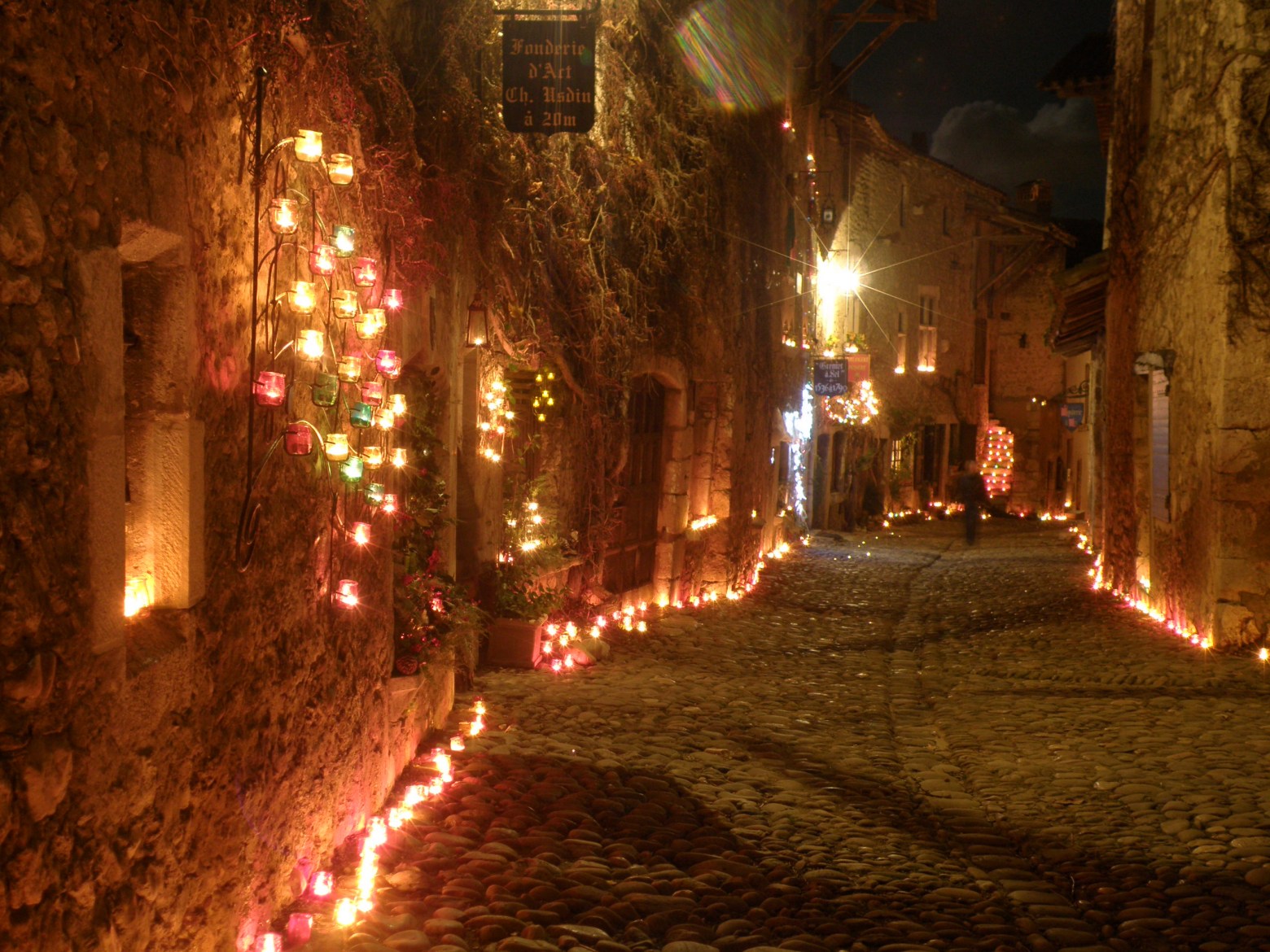
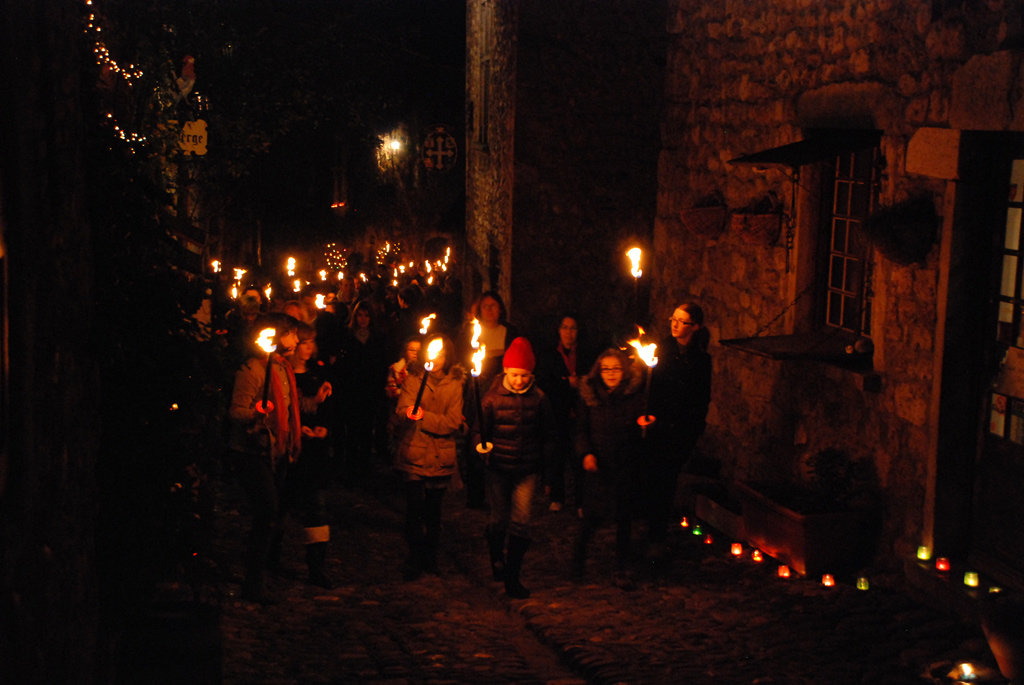
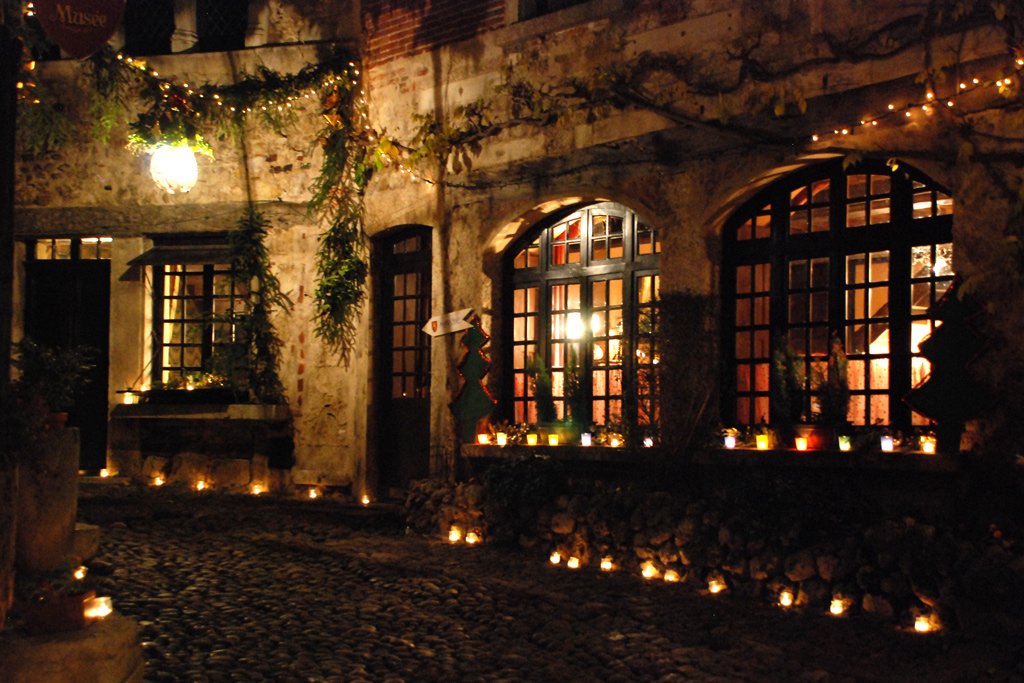
How wonderfull decorated! What a amazing atmophere!
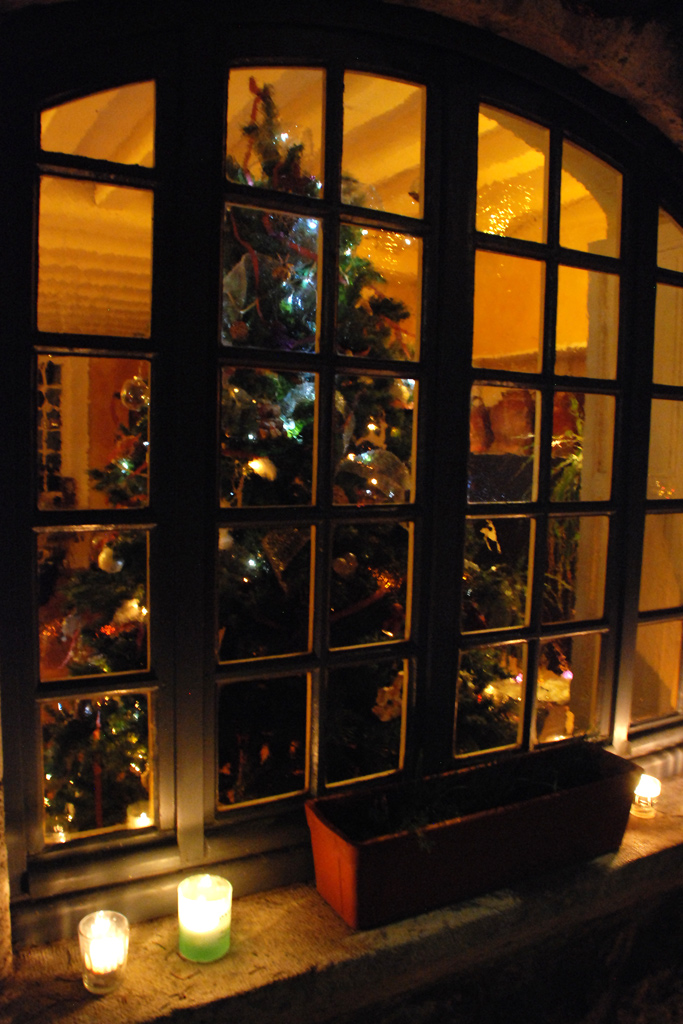
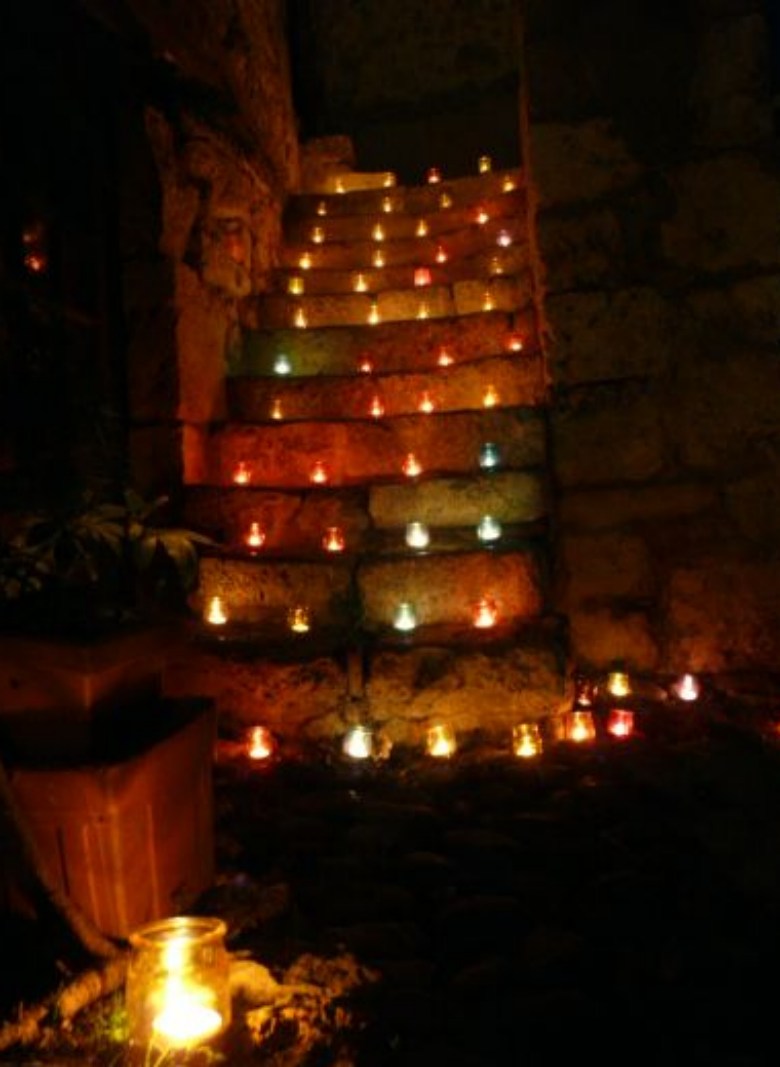
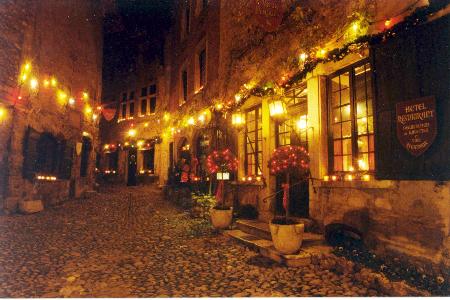
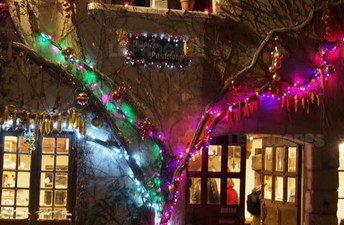

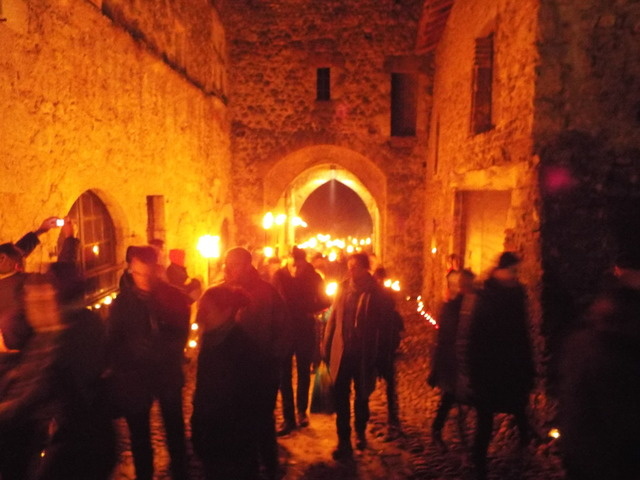
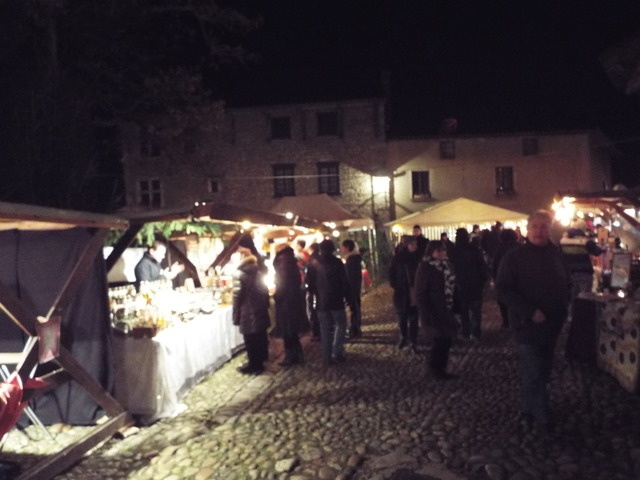
Église
Sainte-Marie-Madeleine de Pérouges
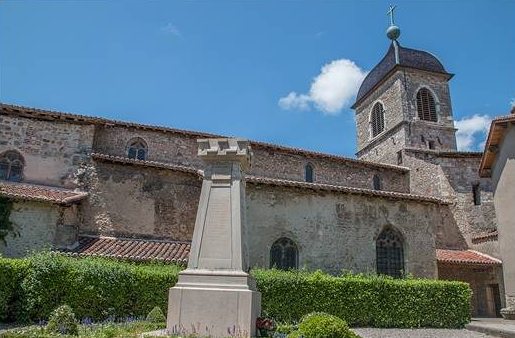
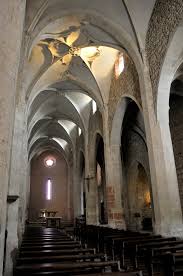
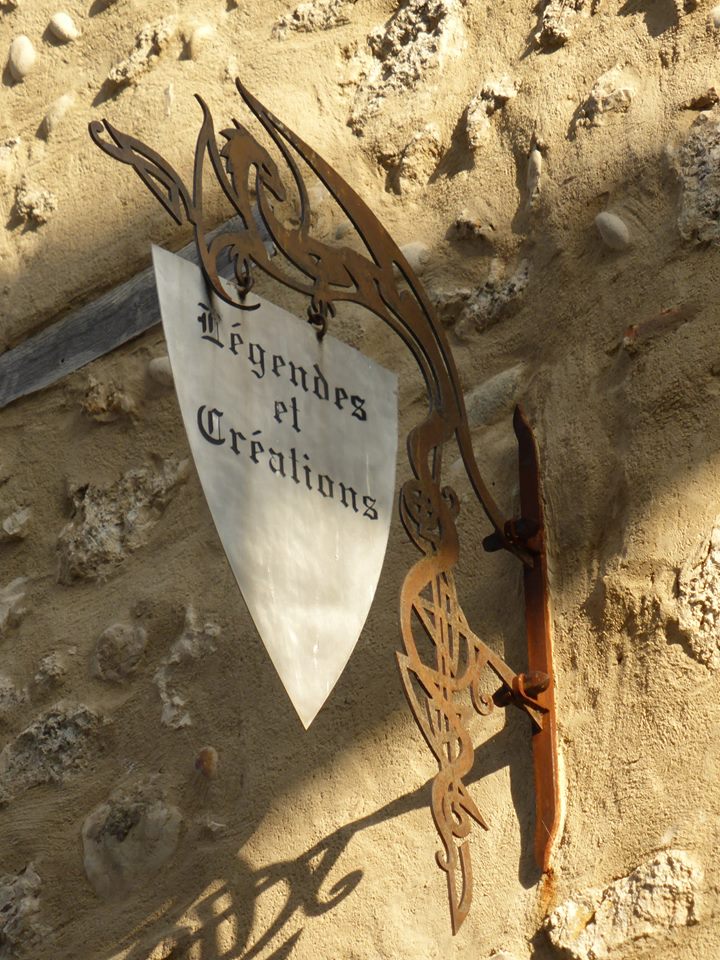
Wineries and Bakery
You will find few businesses in Pérouges as well as two winery and a bakery
in Pérouges. Being located near the region of Beaujolais the wine that you can
find in
Pérouge will remind you a Beaujolais nouveau. The bread and pastry sold in Pérouge bakery (boulangerie) is cooked the all
fasion way with with wood fire.
Perouges
and the end of the middle ages
The
first written mention about the Pérouges old fortress dates from the begining of
the 12th century.
From this fortress we have no description, or no date of construction.
When the feudal
era come to an end, the Anthon lords’ land entered the earldom
of Savoy at the 14the century.
Privileges charters were given between the 13th and
14th centuries.
The inhabitants had many
rights that gave them the opportunity to build a city
on the site of the castle. The
city was built between the end of the 14th century
and the begining of the 15th century. At the end of the 15th
century the city
was attacked by the french soldiers. It was a long siege but the perougiens won.
Later: Between 1790 and 1792, the
perougians welcomed by the end of the monarchy and the
beginning of the first
Republic. The economical
difficulties will arrive with the industrial revolution during the 19e
century.
To find a modern way of life the inhabitants will leave the medieval
city, to
find a new job on the new textile factories, close to the train.
At the beginning of the 20th century, only one family was living in the medieval
city.
In 1911 the Defence committee is
created to save and restore the old town.
Edouard Herriot, the mayor of Lyon, will actively help the committee to
refurbish the town.
St. John in Perouges
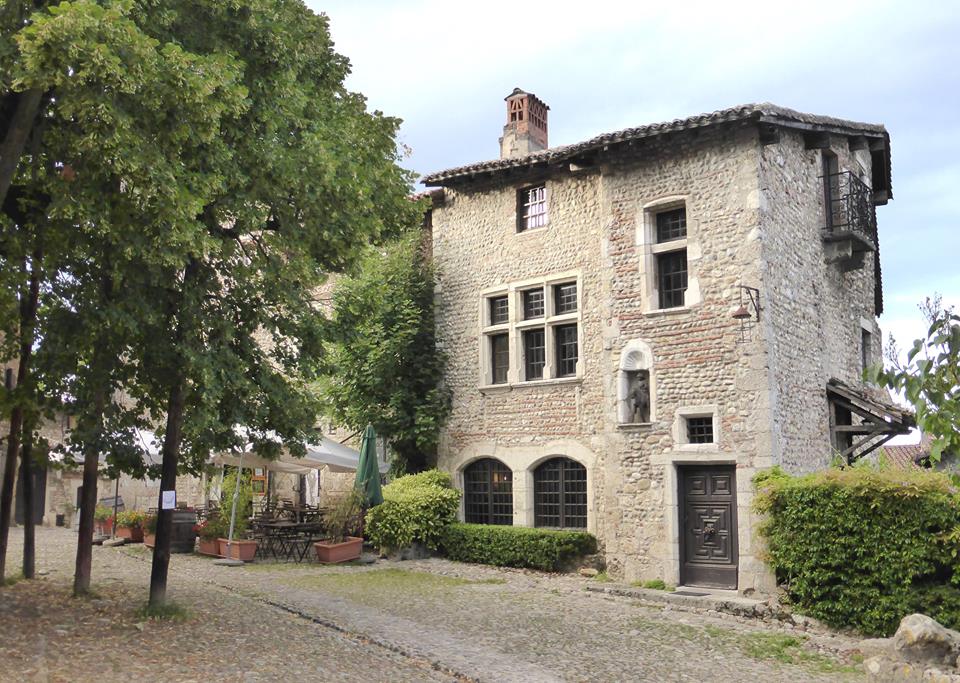
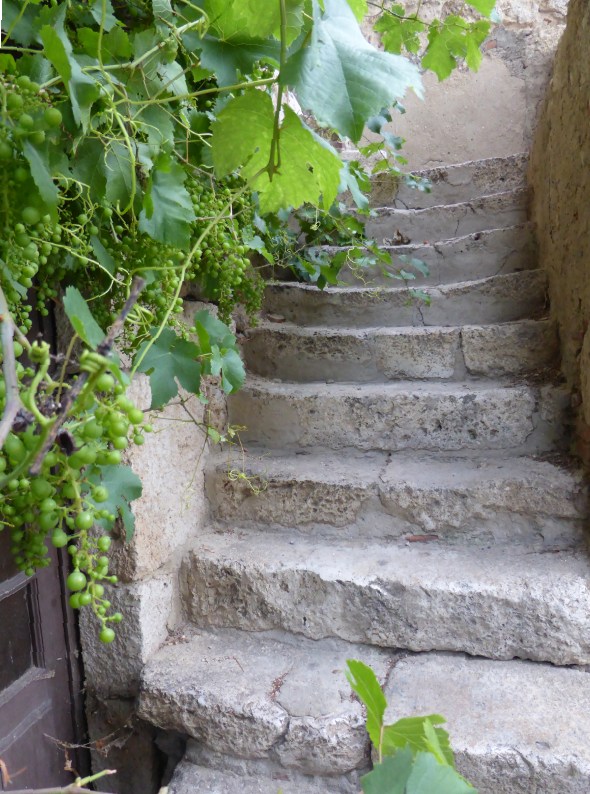
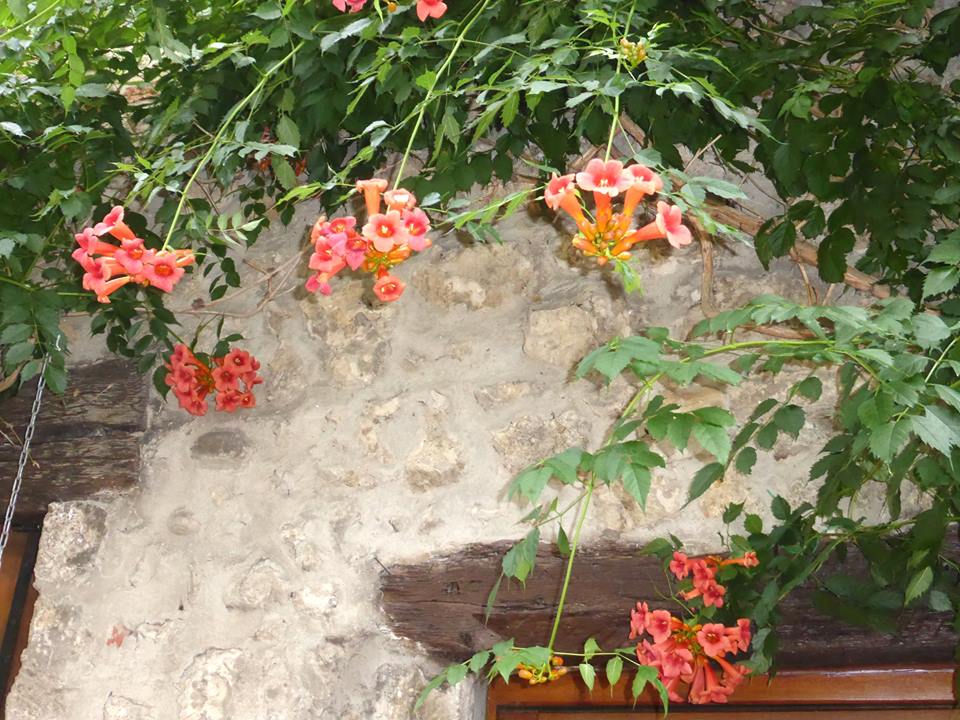
Pérouges nowadays
Once proudly restored, the old town
welcomed a lot of public figures, politics or artists. At the 20th century the
old town became a favourite amongst filmdirectors. Some famous
people have left their
mark in the memories of the inhabitants minds, such as the
french actors Yvonne Printemps or Pierre Fresnay , Albert Lebrun (french
president), the writer/adventurer Antoine de Saint-Exupéry,
Maurice Utrillo (famous
french painter) or, more recently, Bill Clinton, when he was president of the
USA in 1996.
It's favoured by French television which comes to shoot films, in a
natural
historical location. Thanks to its many protected monuments, the magic
happens everytime that actors are working on the medieval city.
At the 21th century, Pérouges still amazes still many people.
Extra stills
Finally
some shots we never saw. The quality is not good. It's from behind the scenes.
Just shots of Tell on his horse walking through Perouges villages
It's around 1986


1986
2020


Tell puts
his horse at ease.
Why are these scenes cut out?
I would have liked
to see more of this beautiful village in Crossbow.



I
recognize this lamp on the corner. It's the building Lotus and Matthew enter. A fellow worker who sets Perouges into the mist and smoke.









